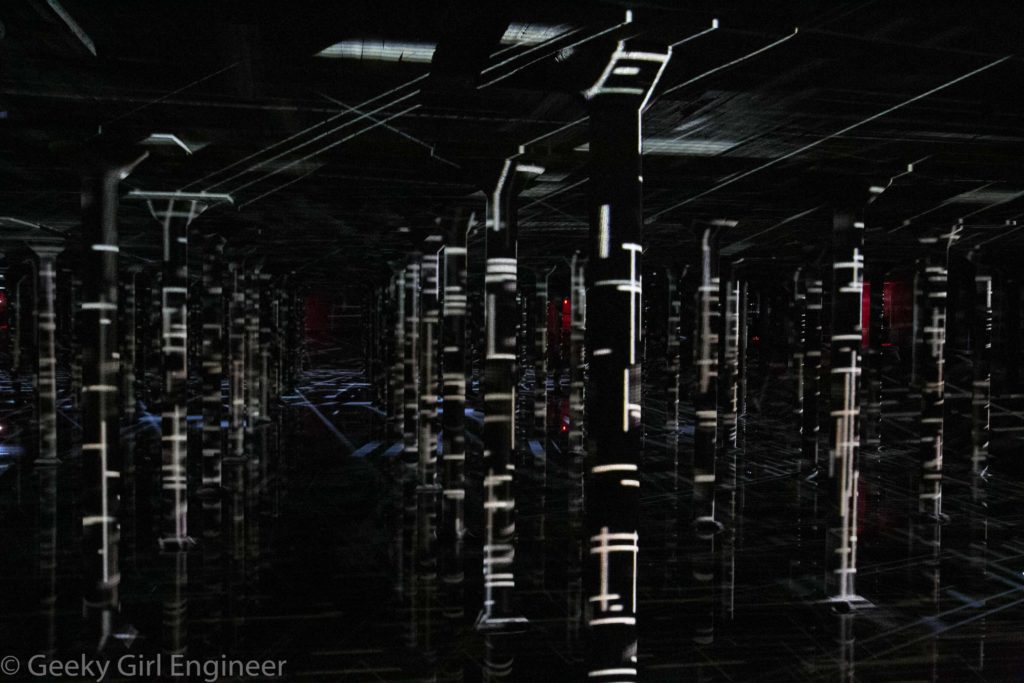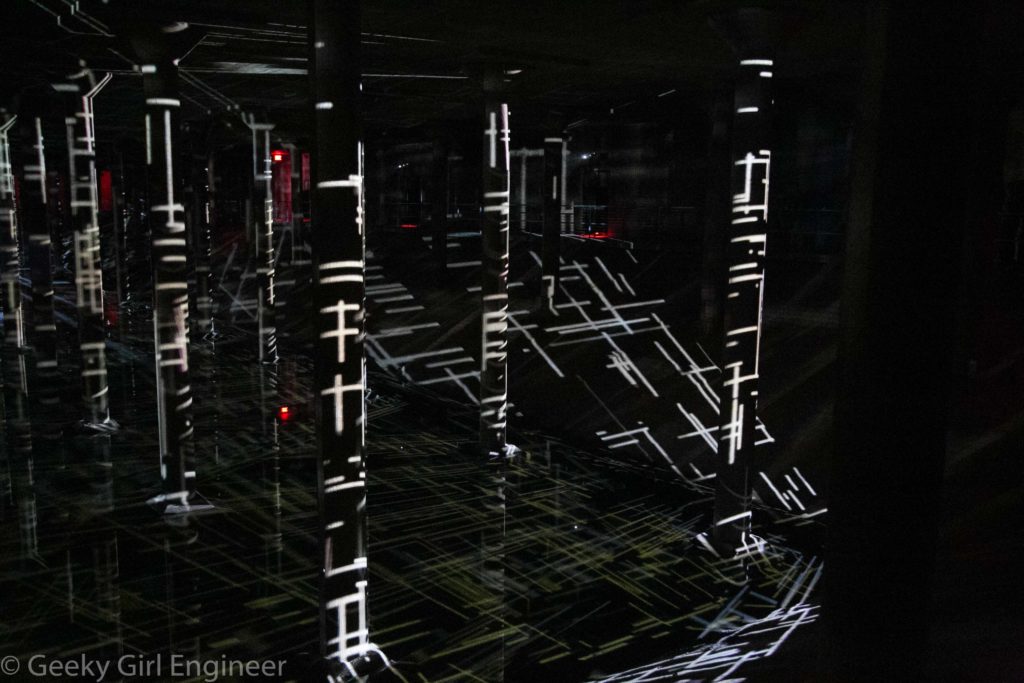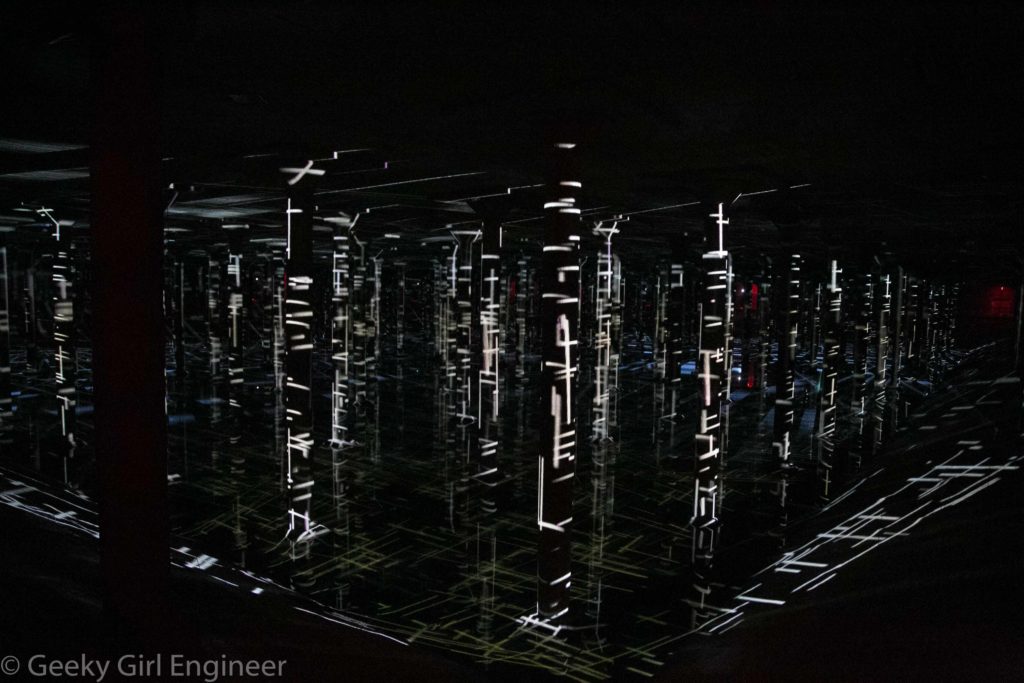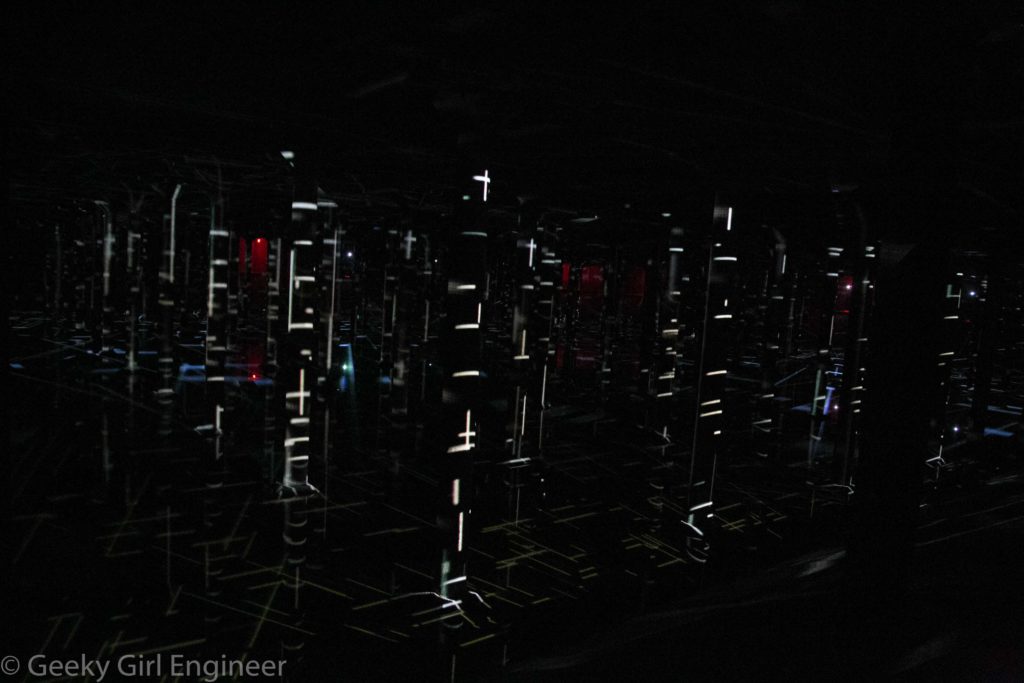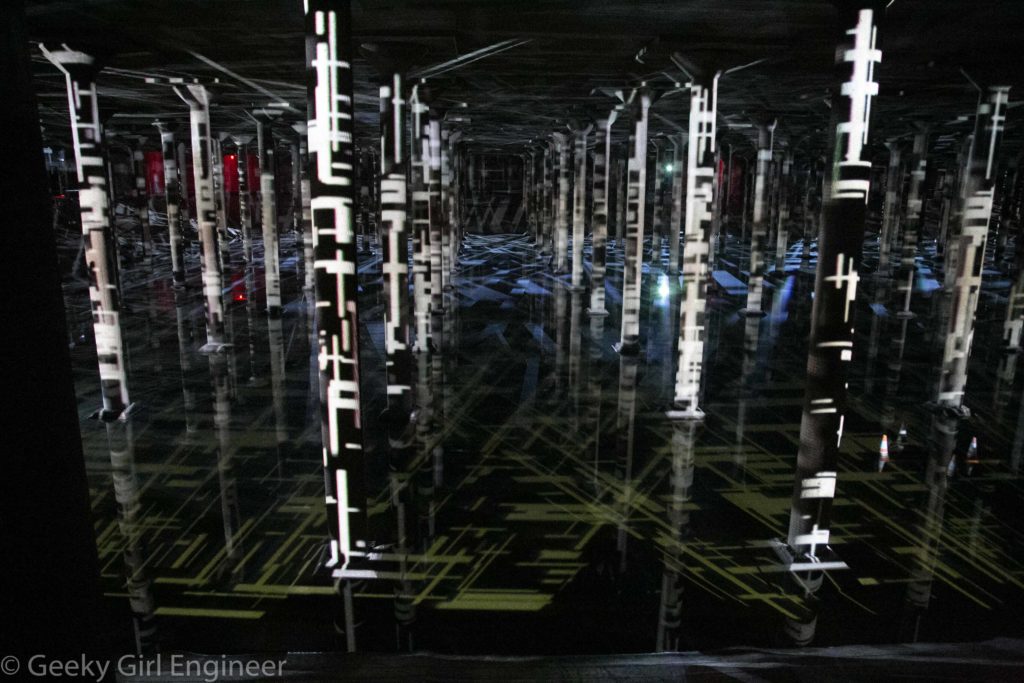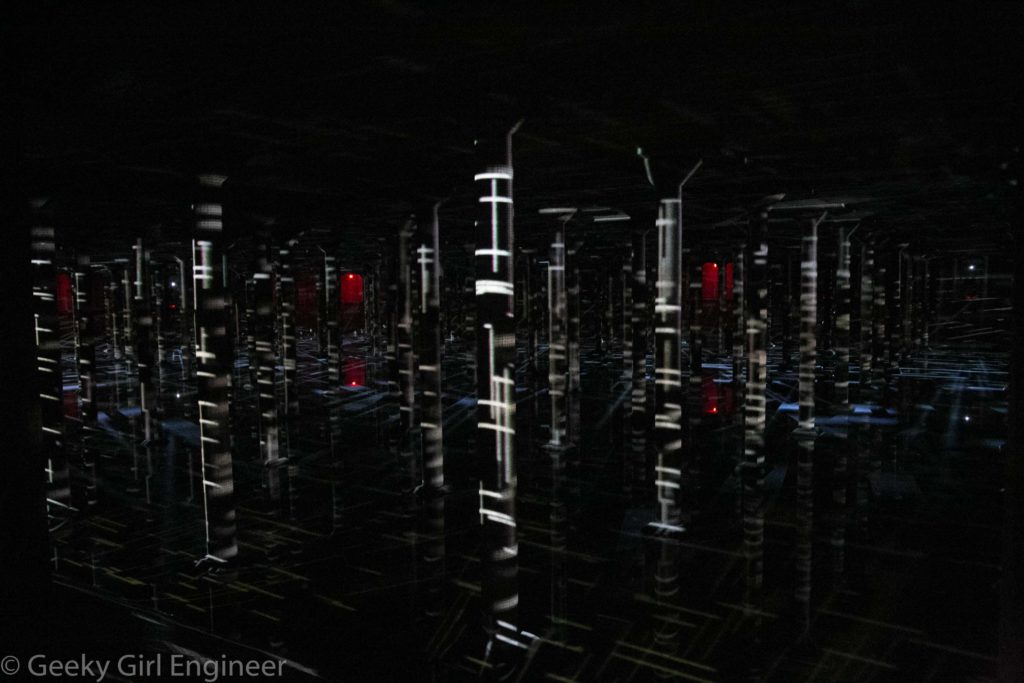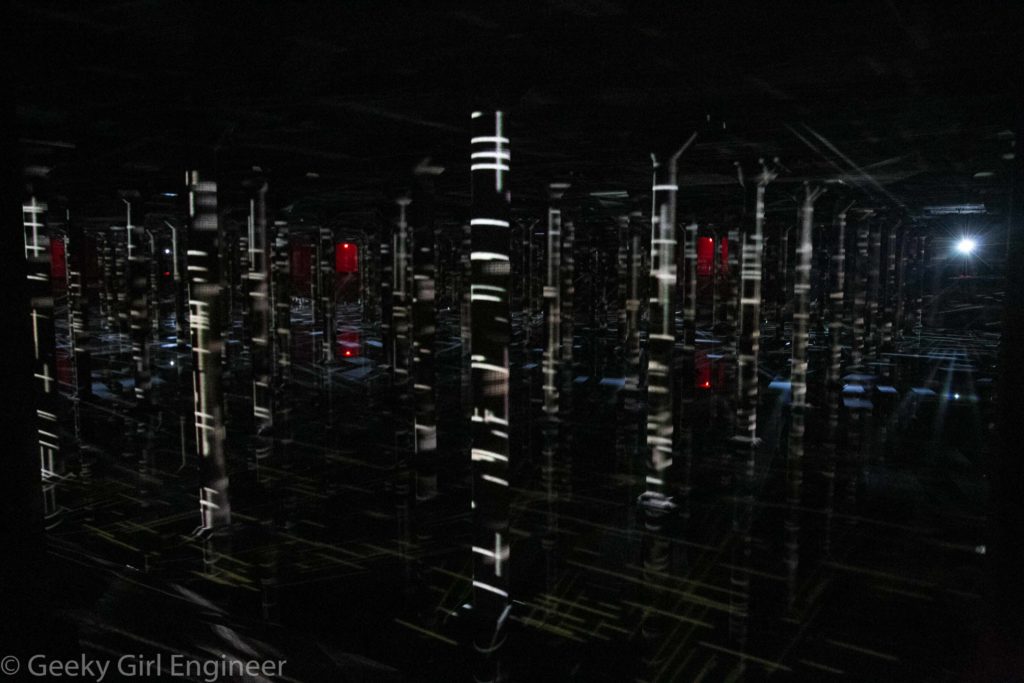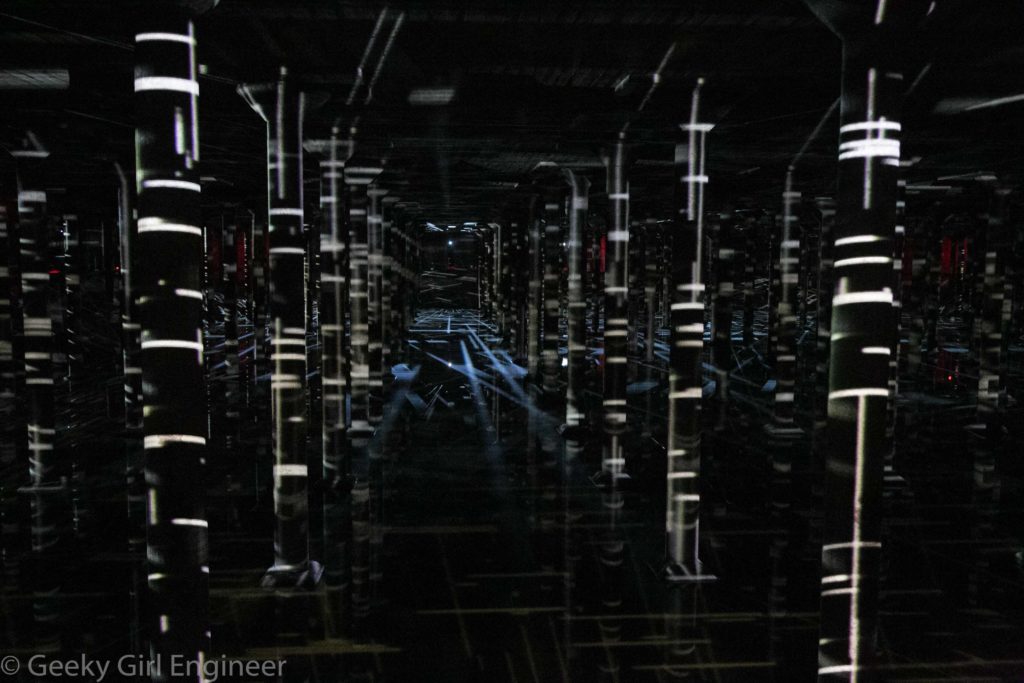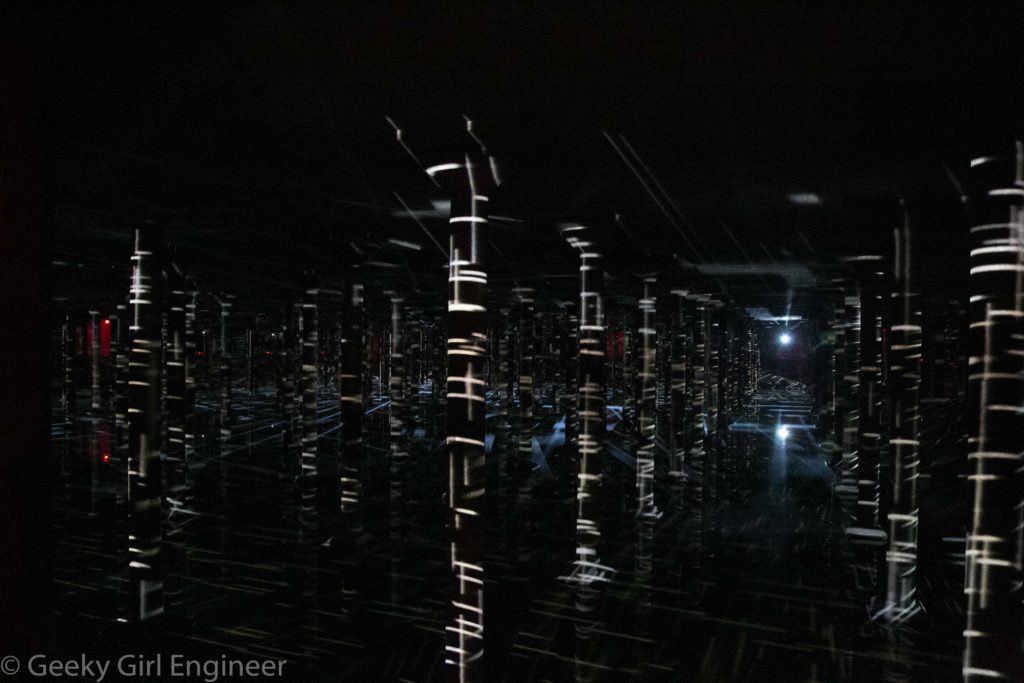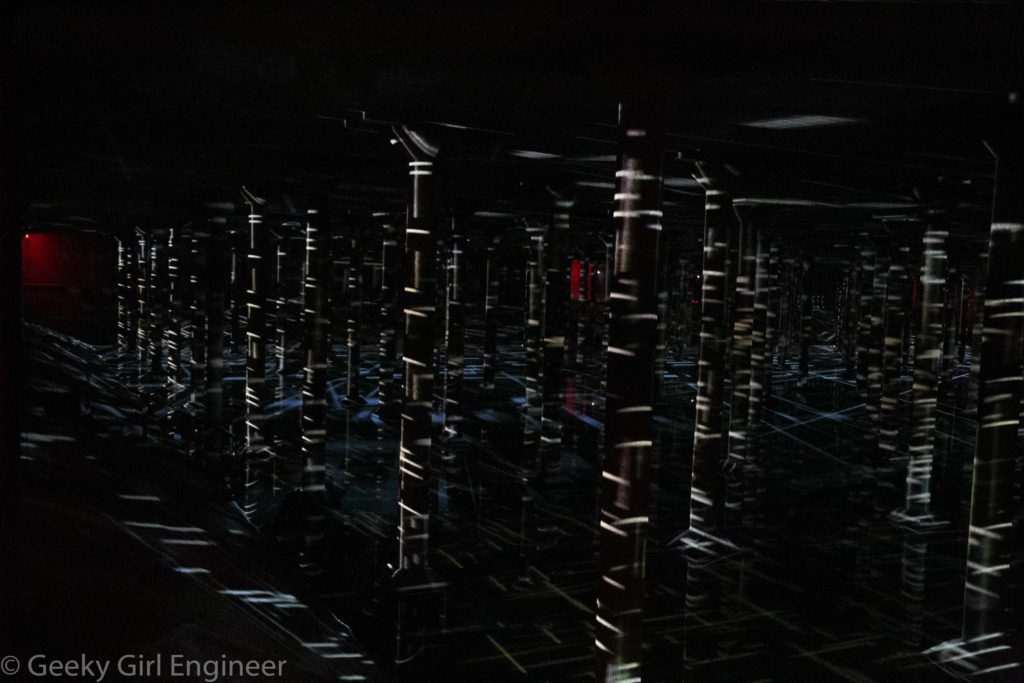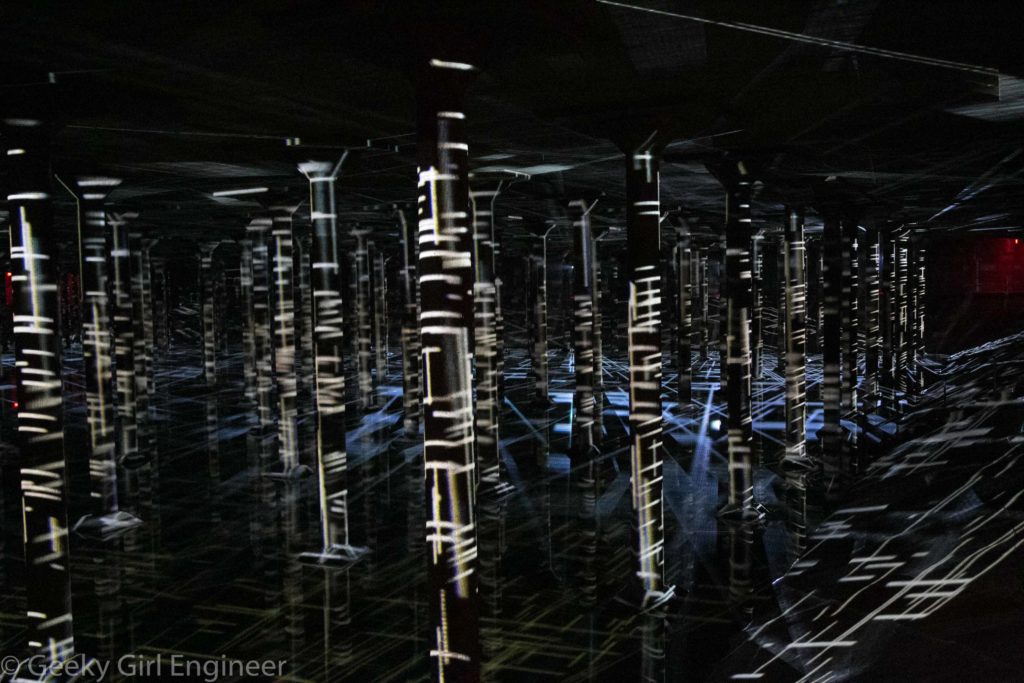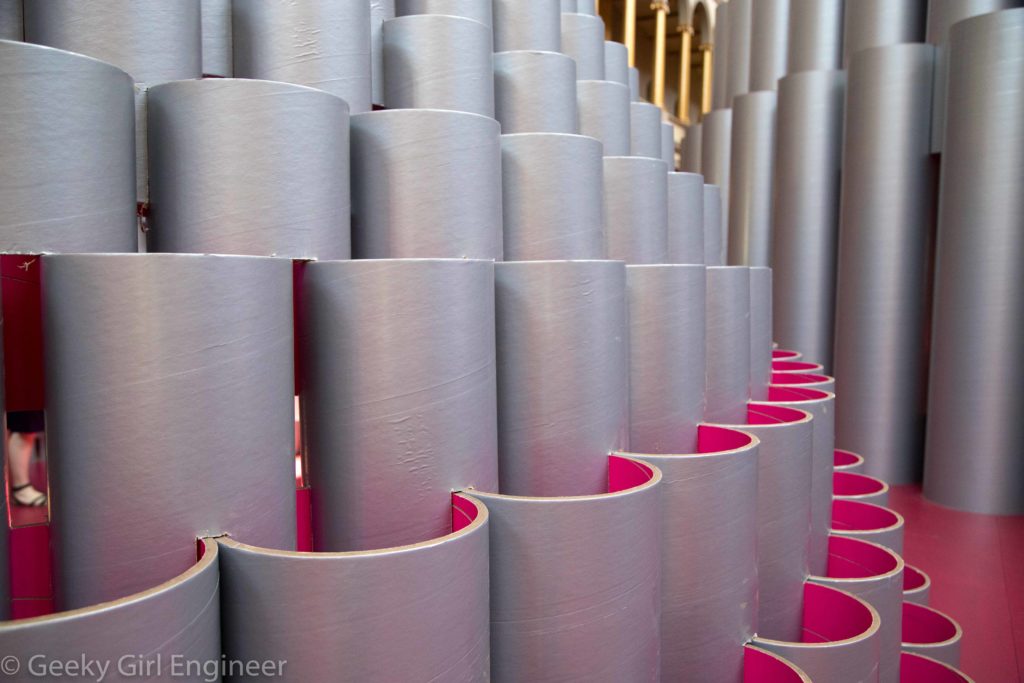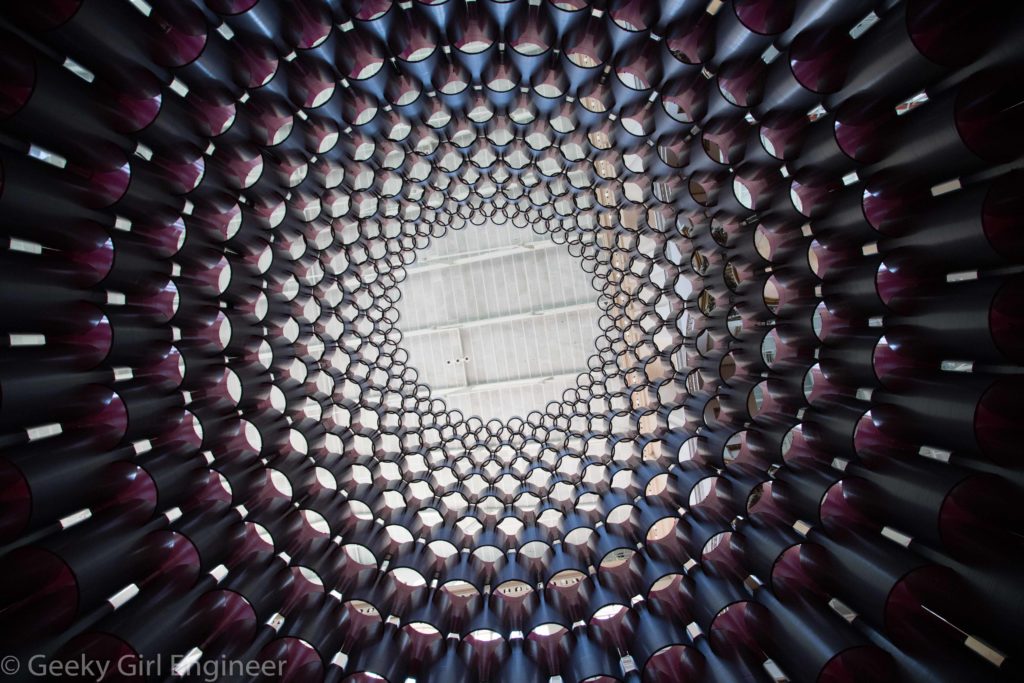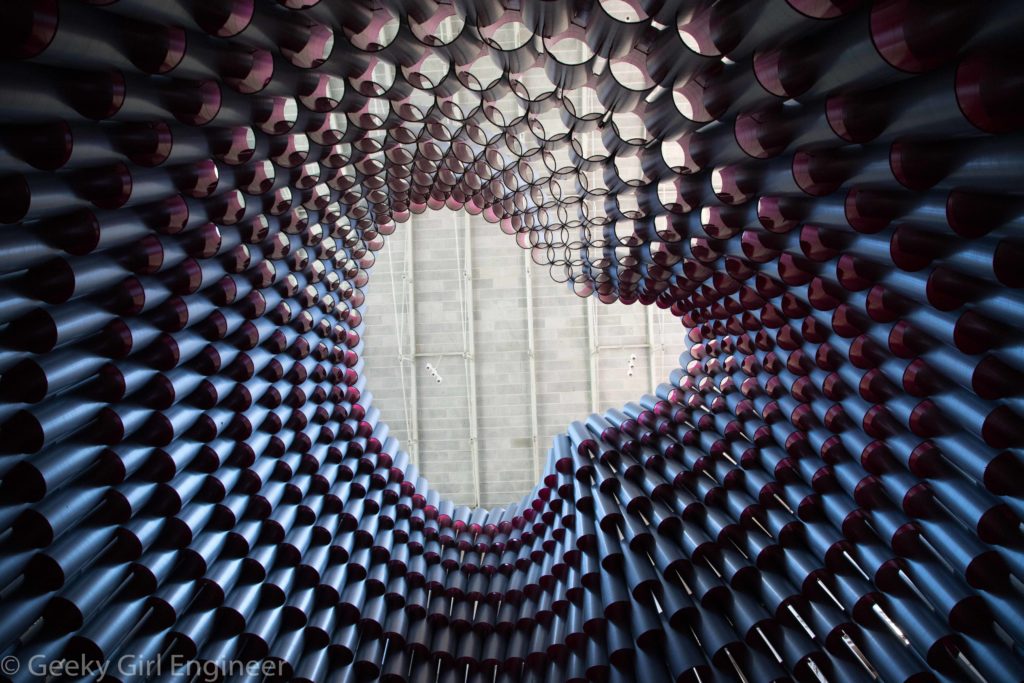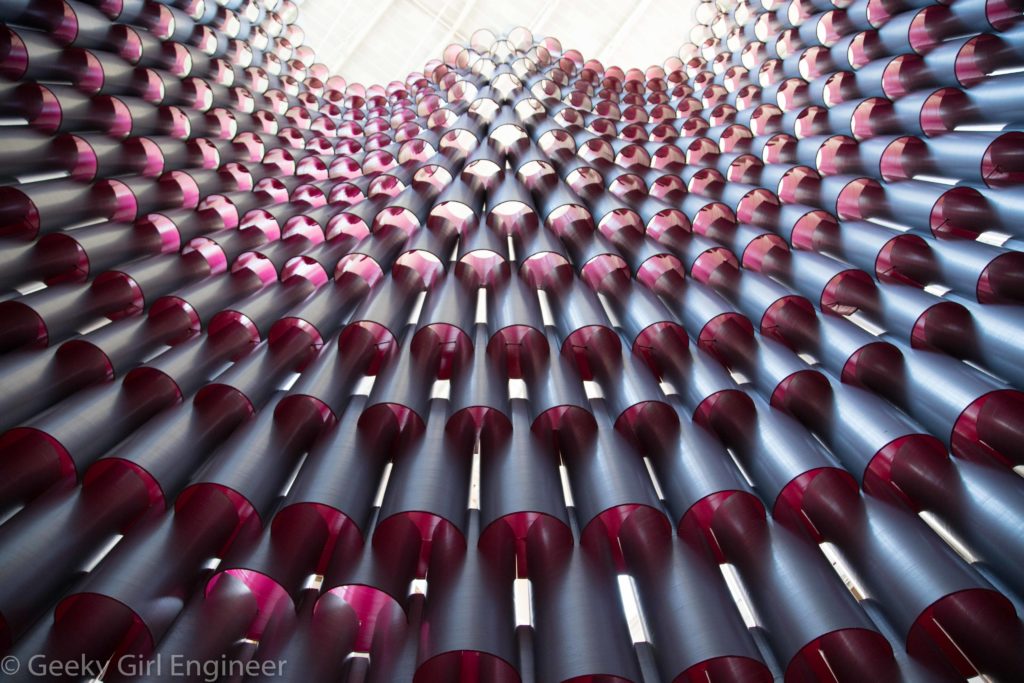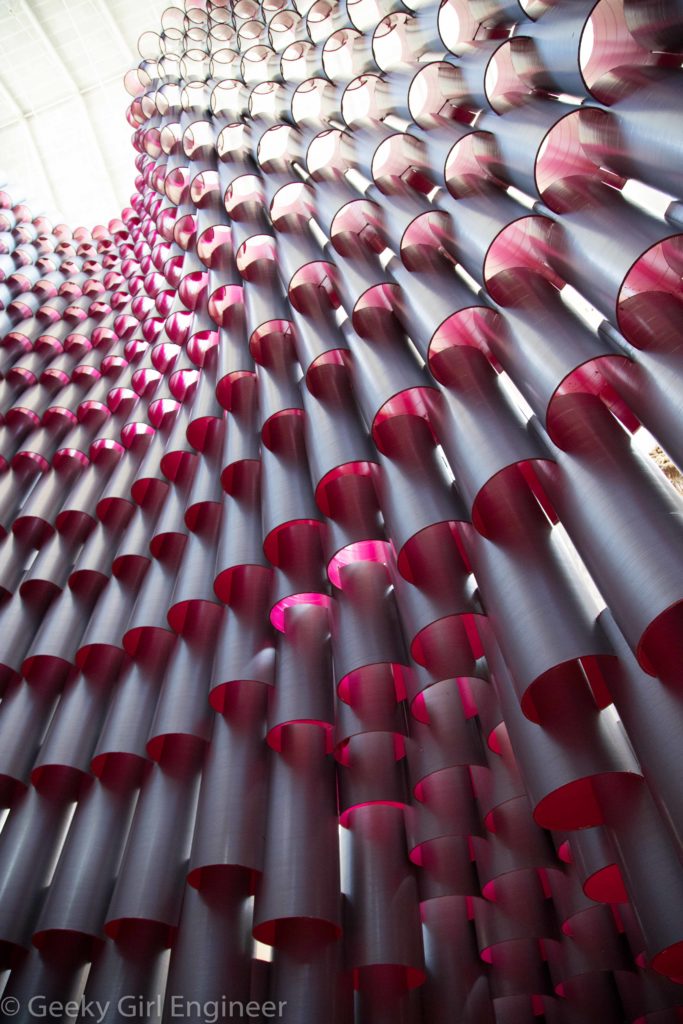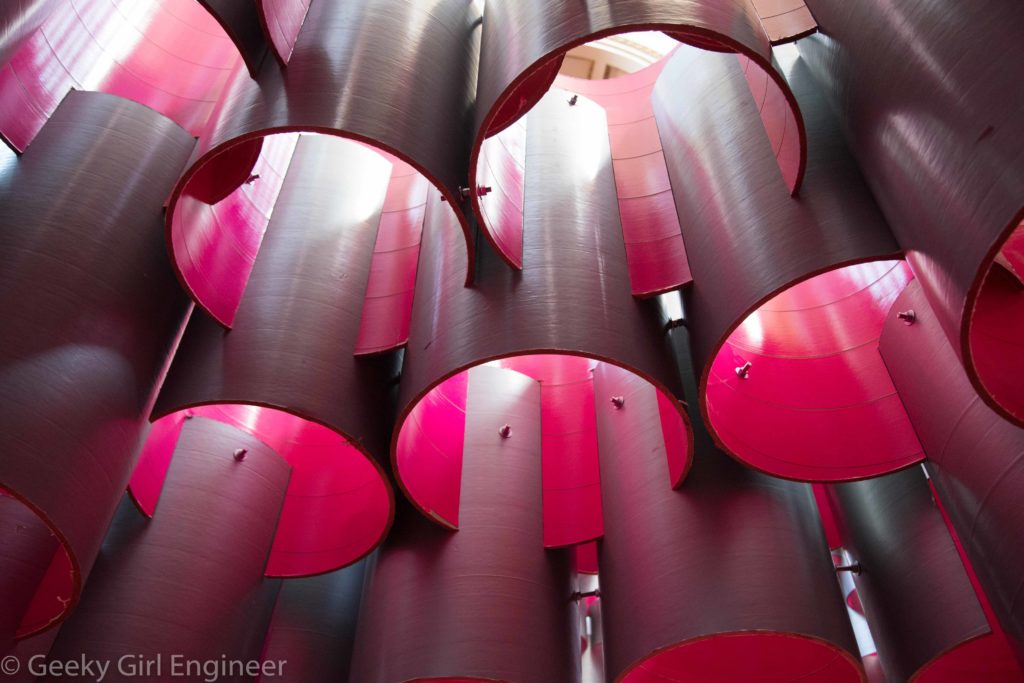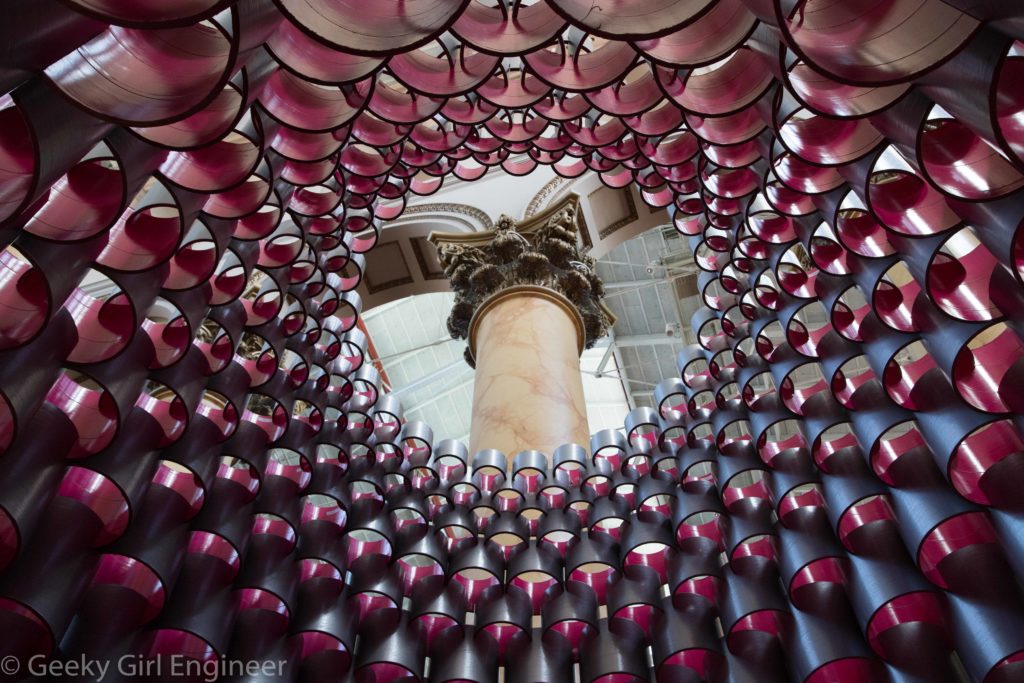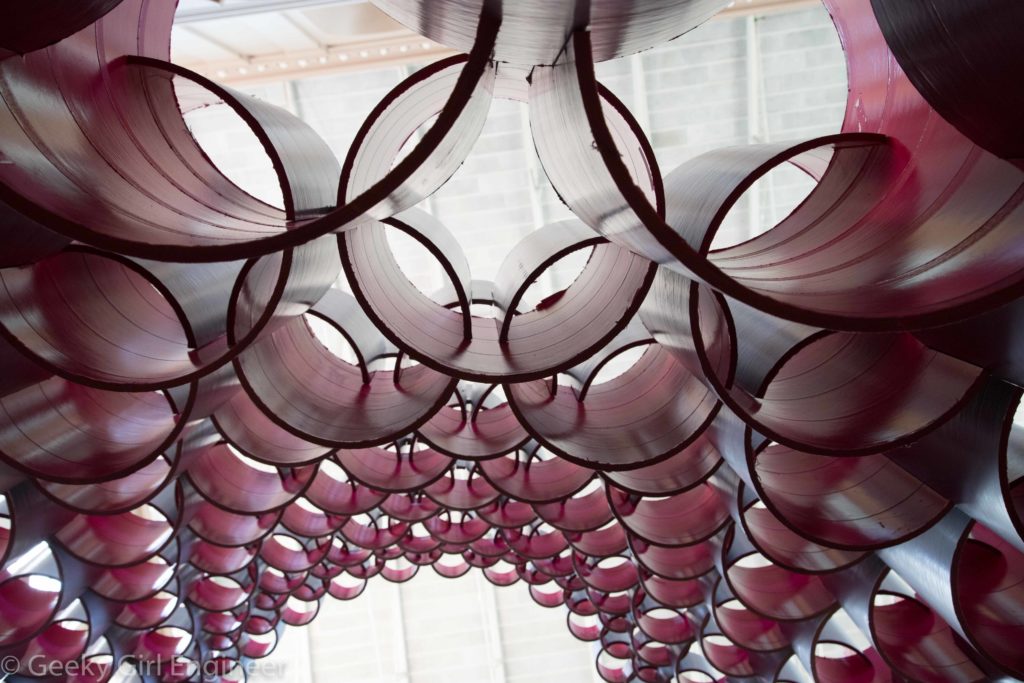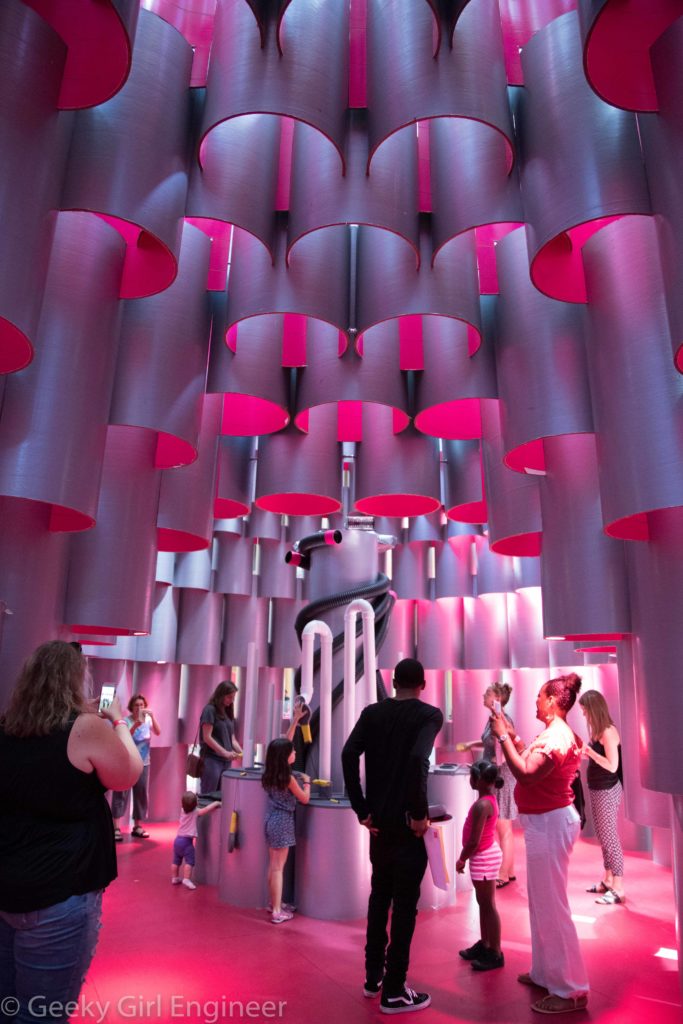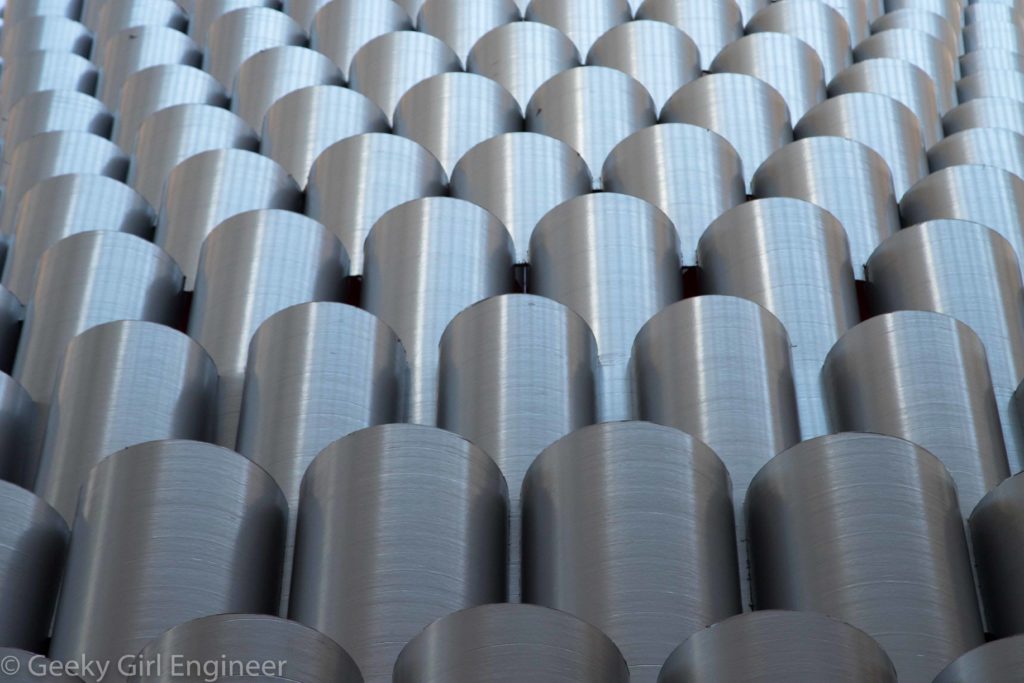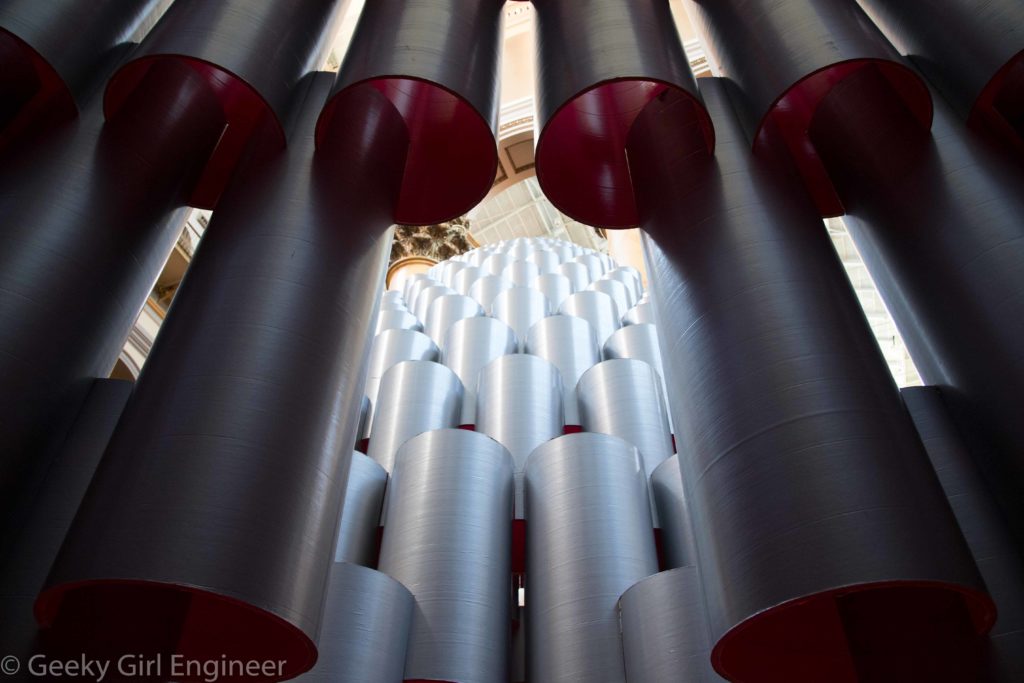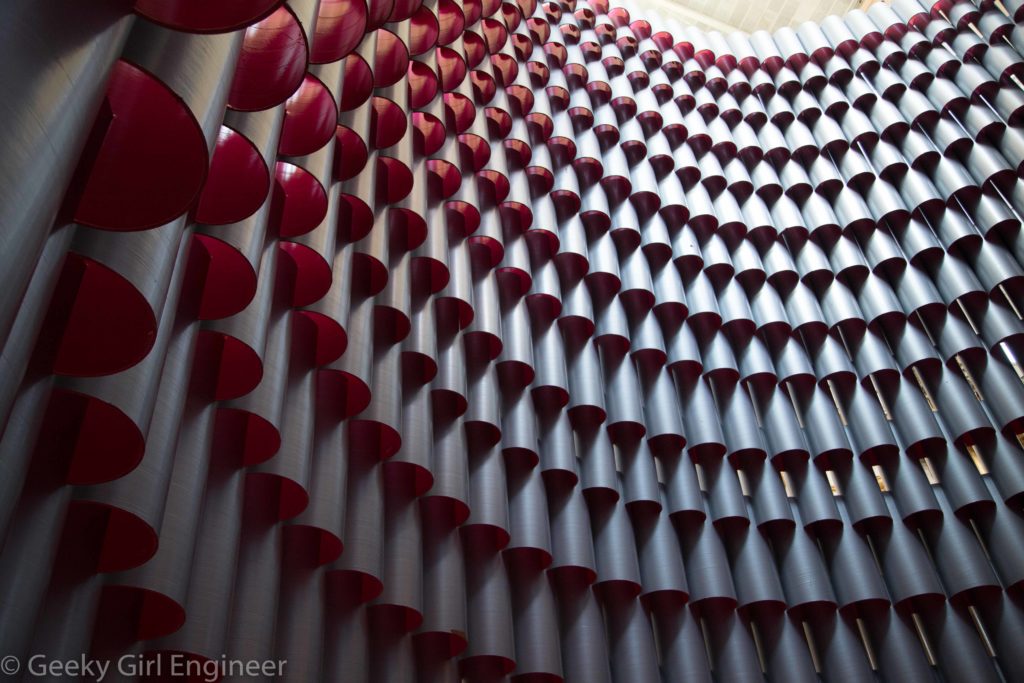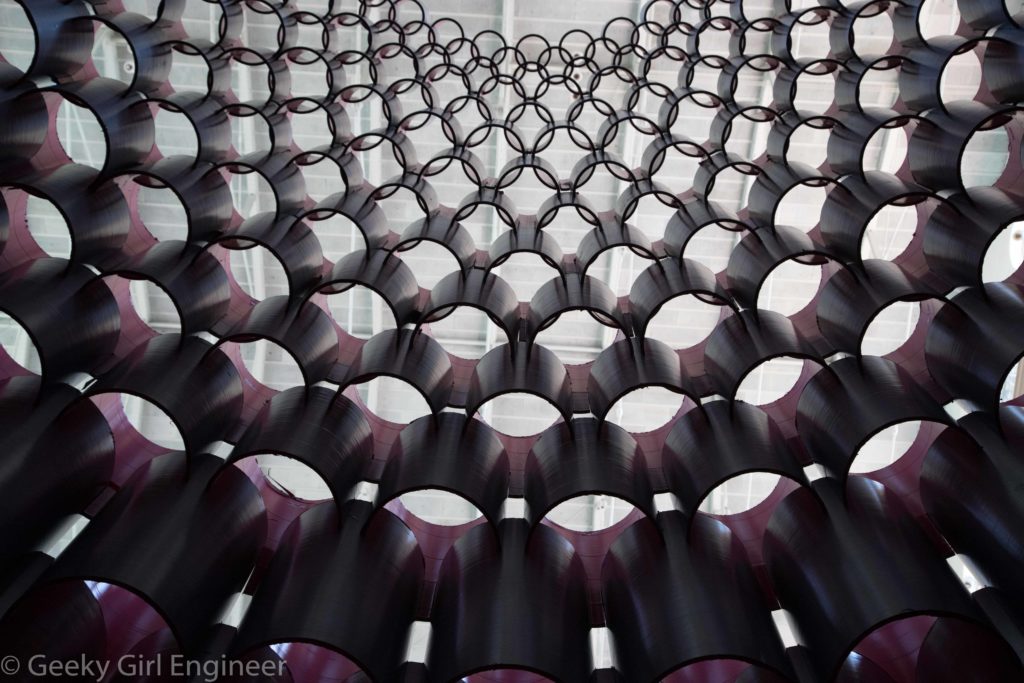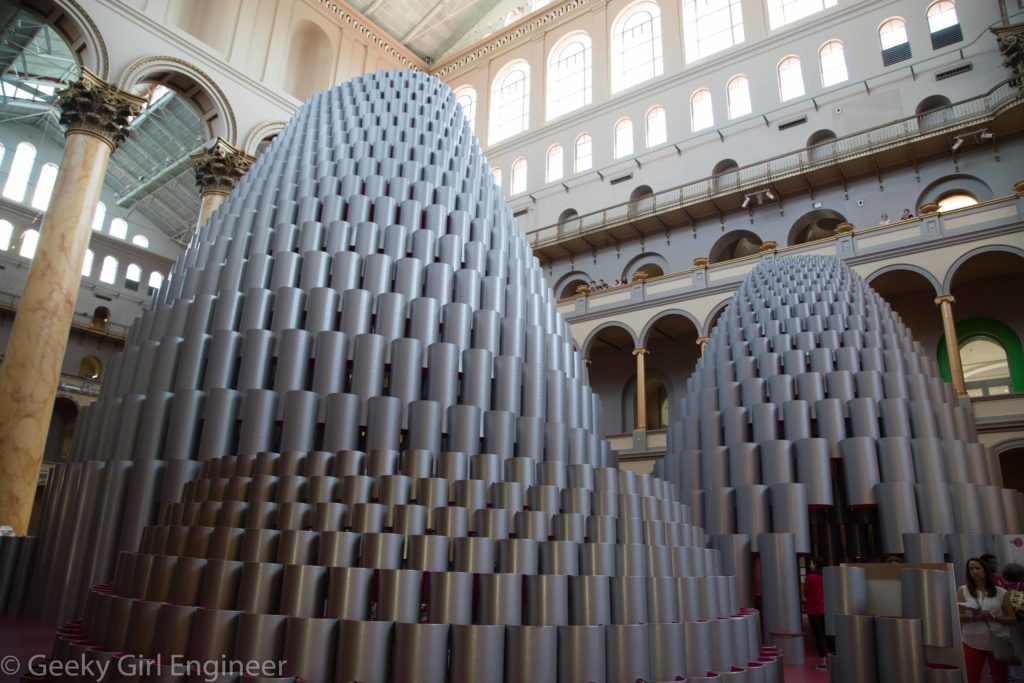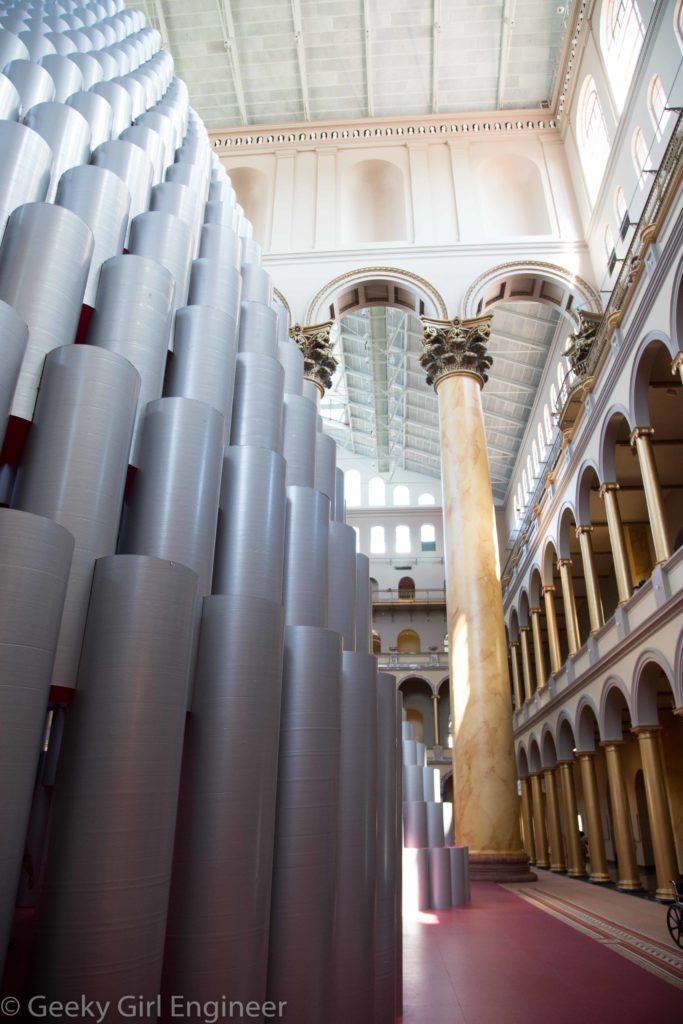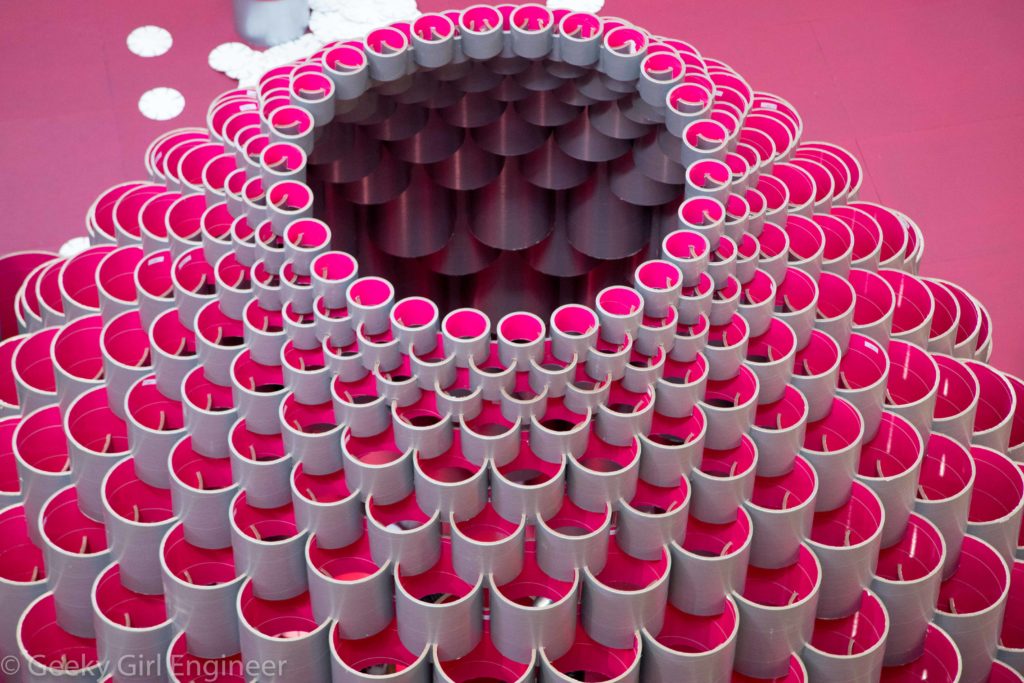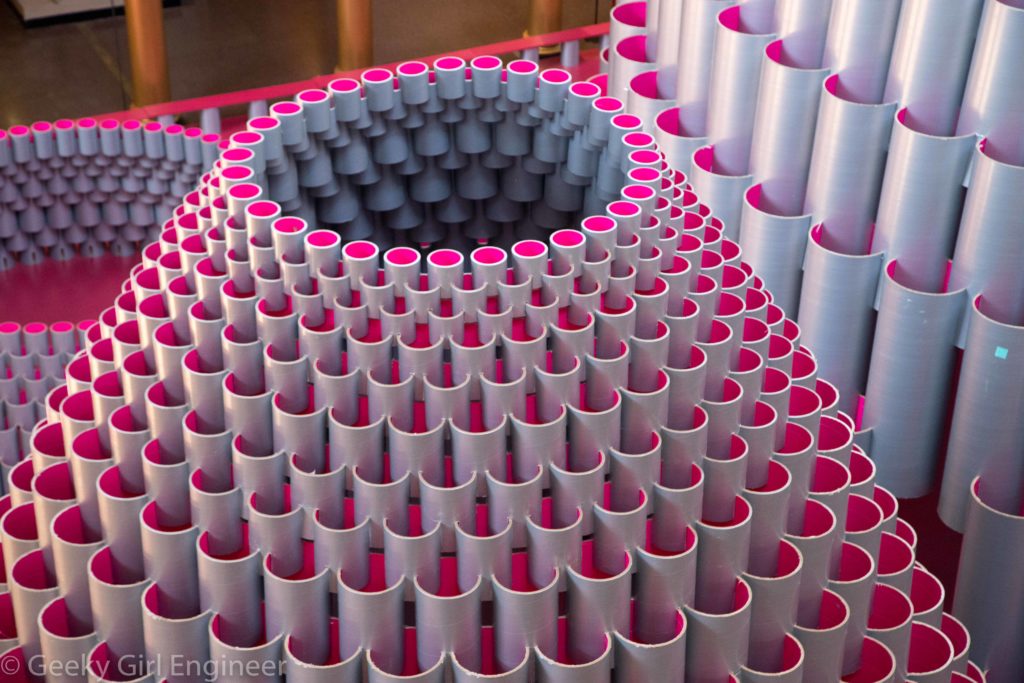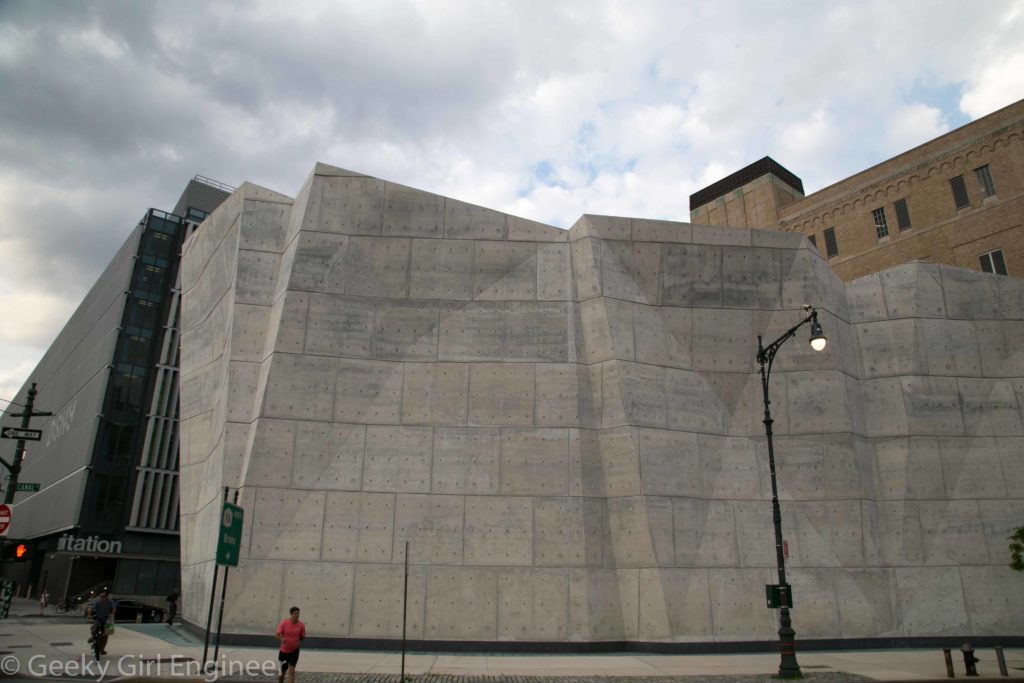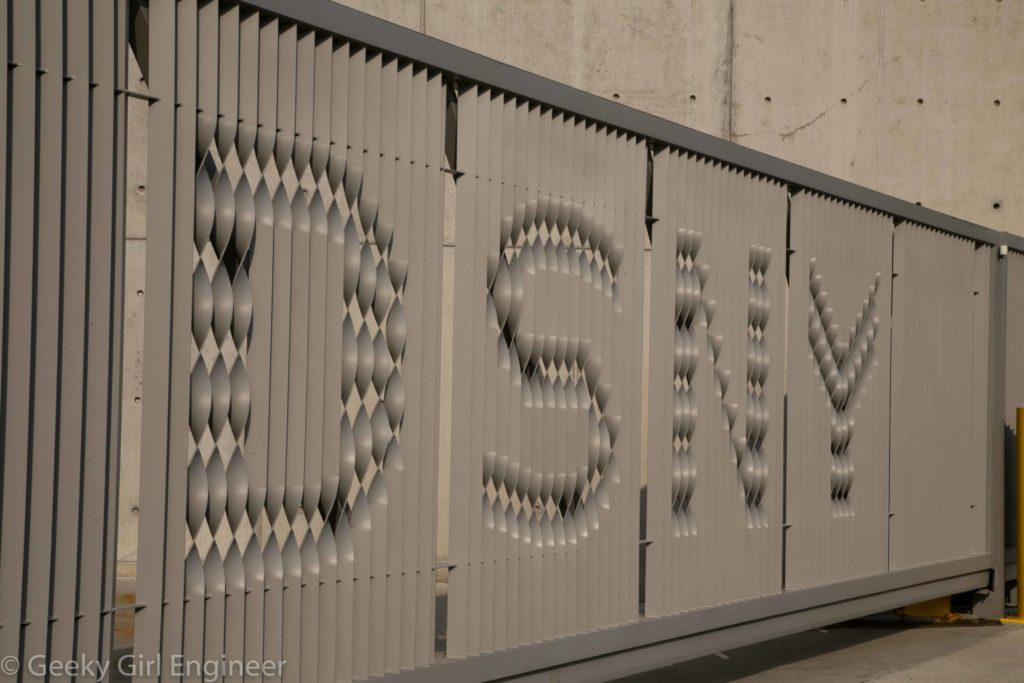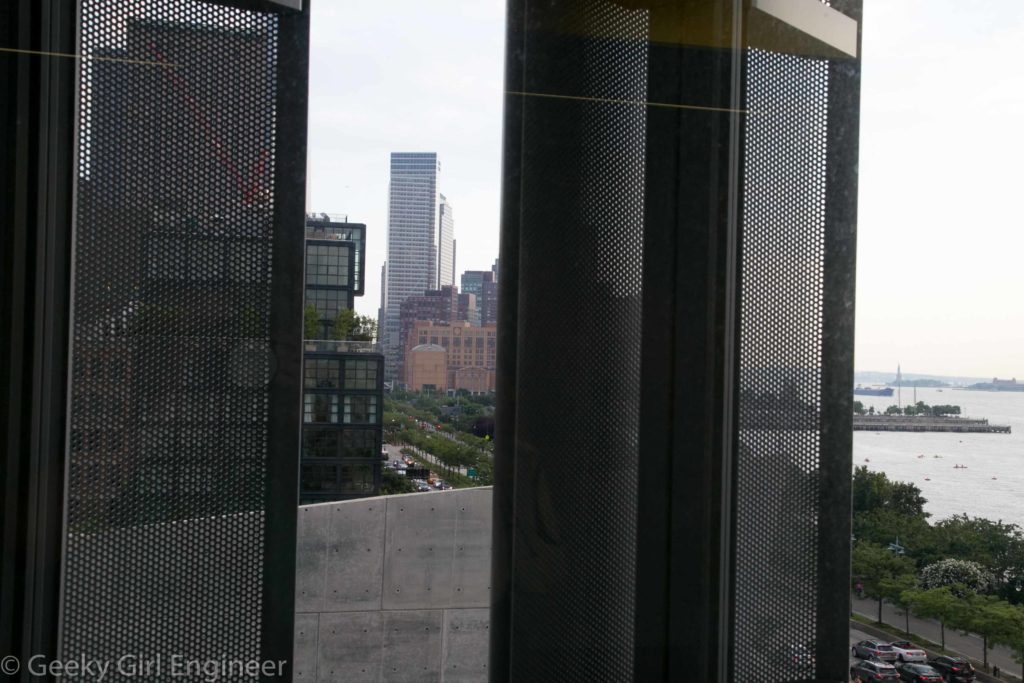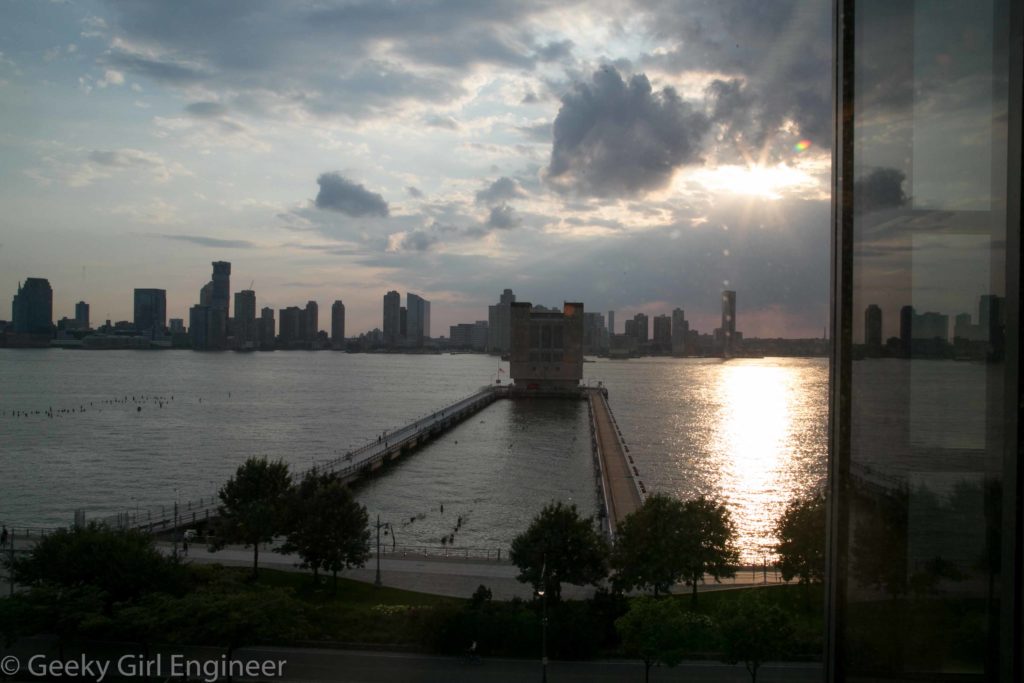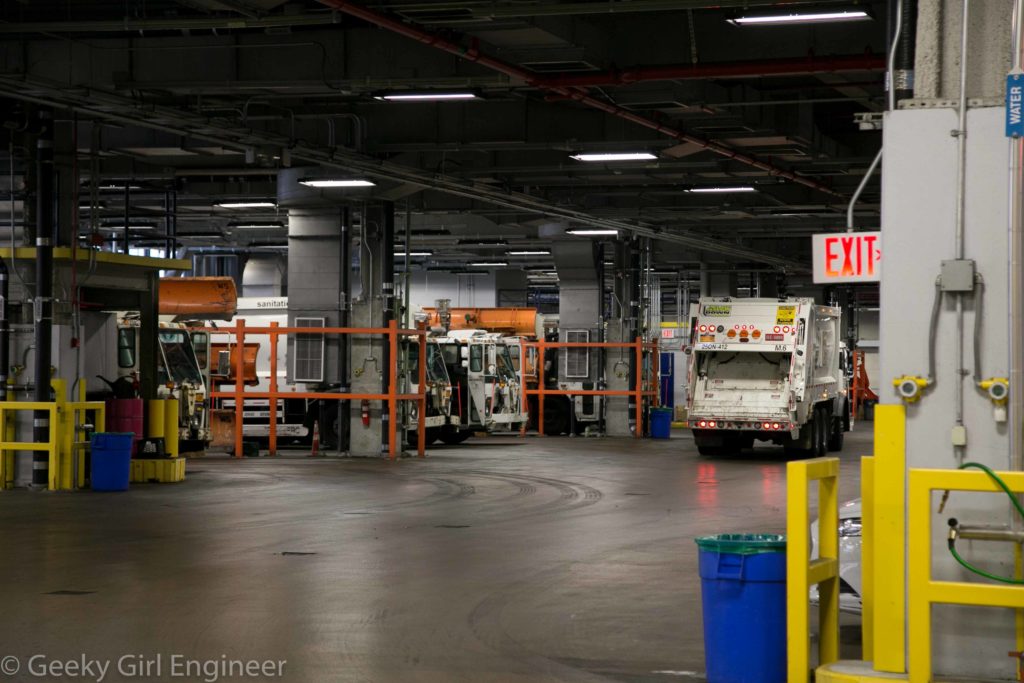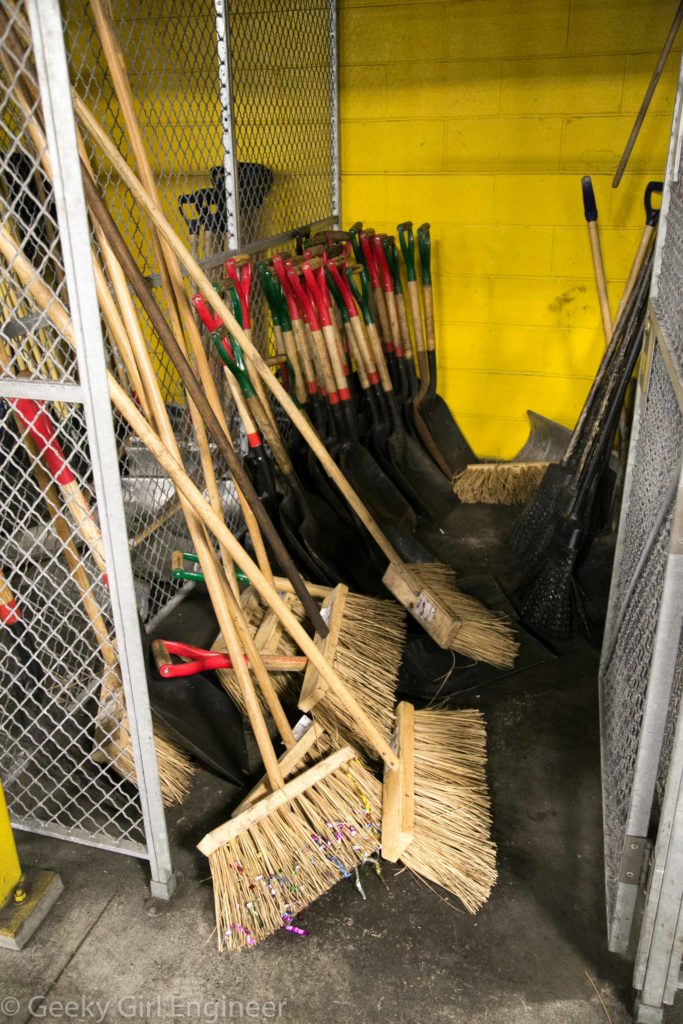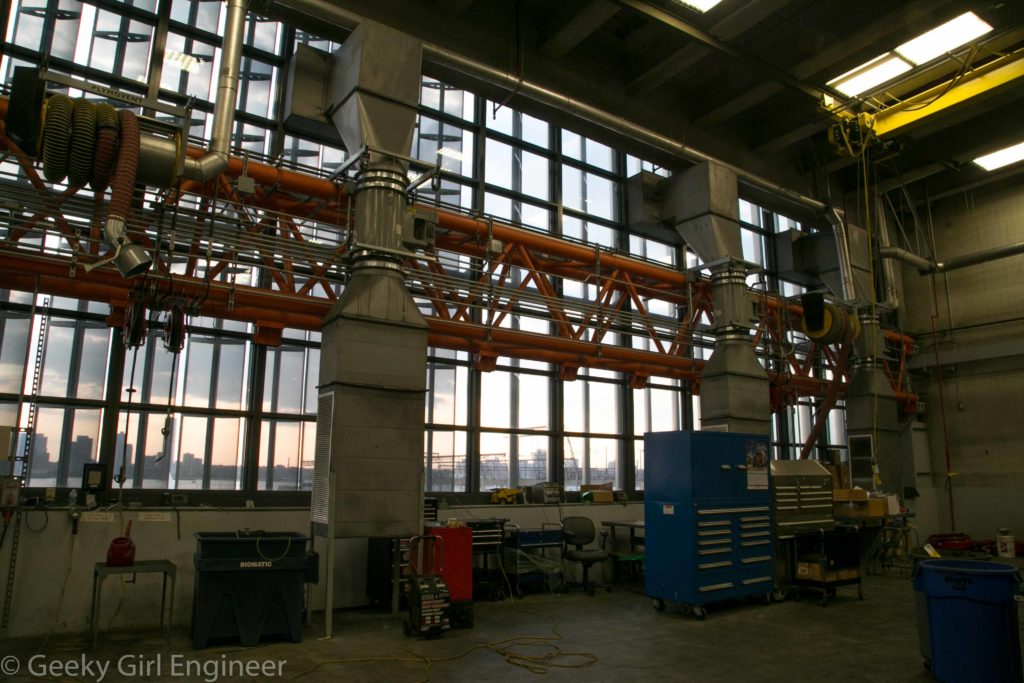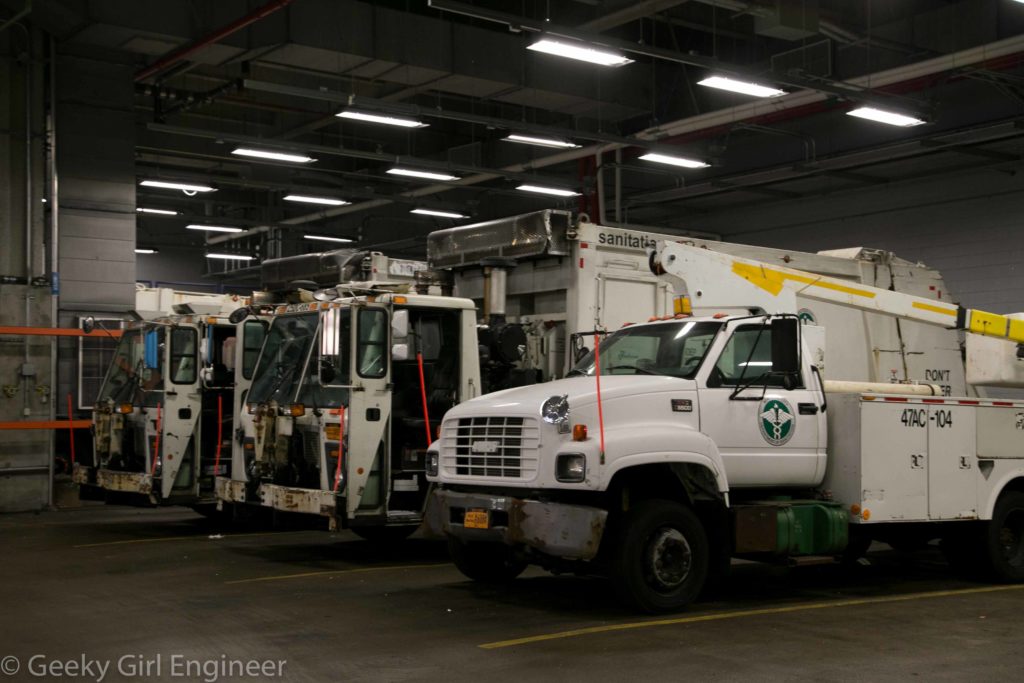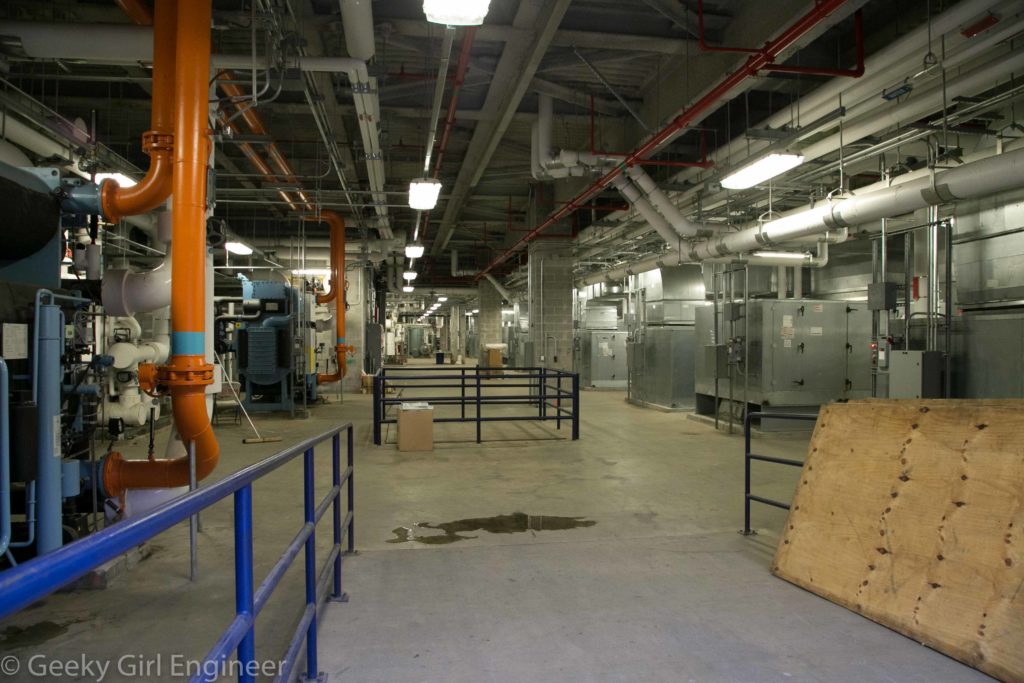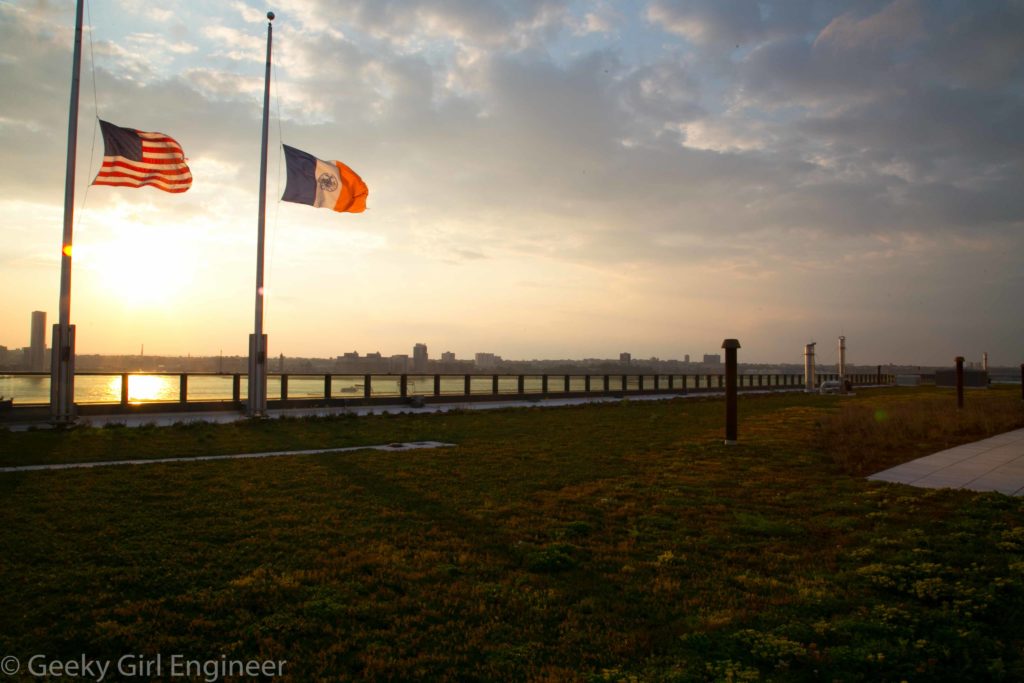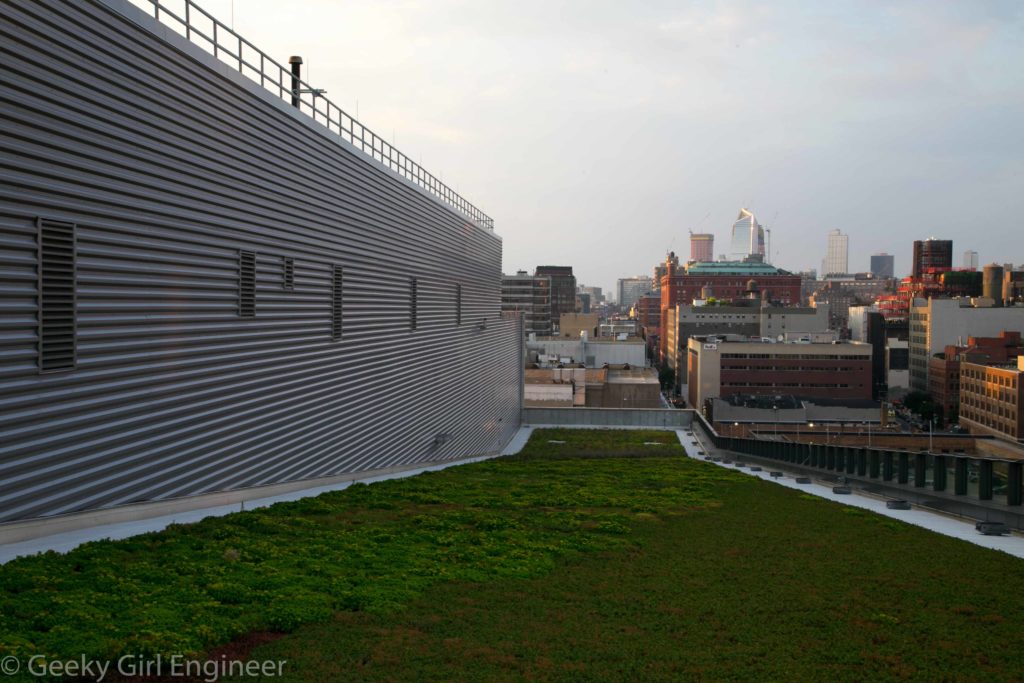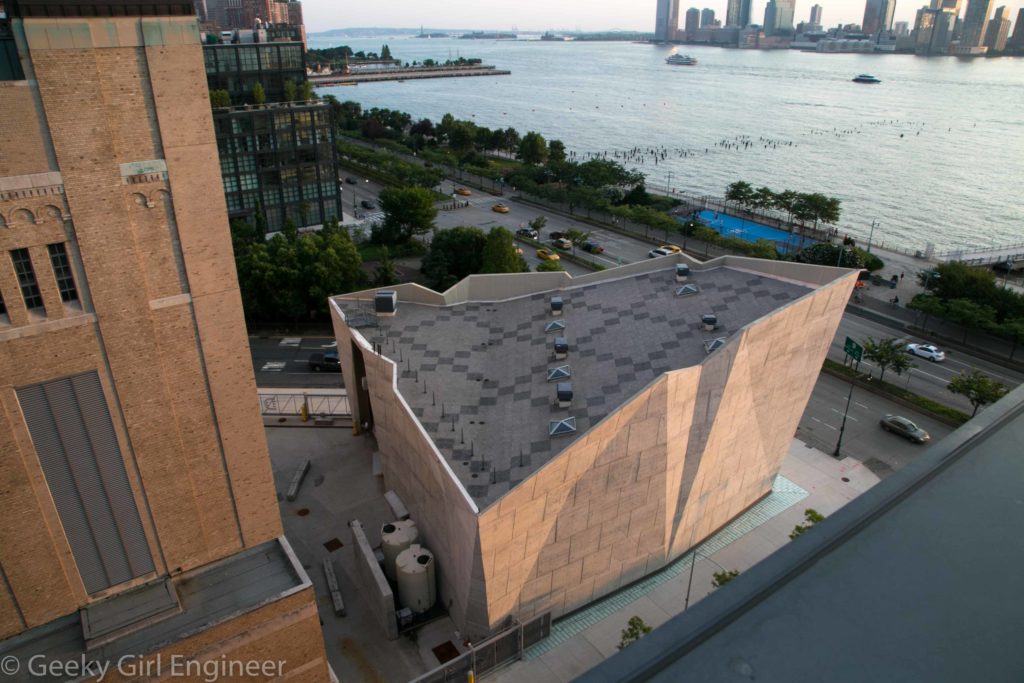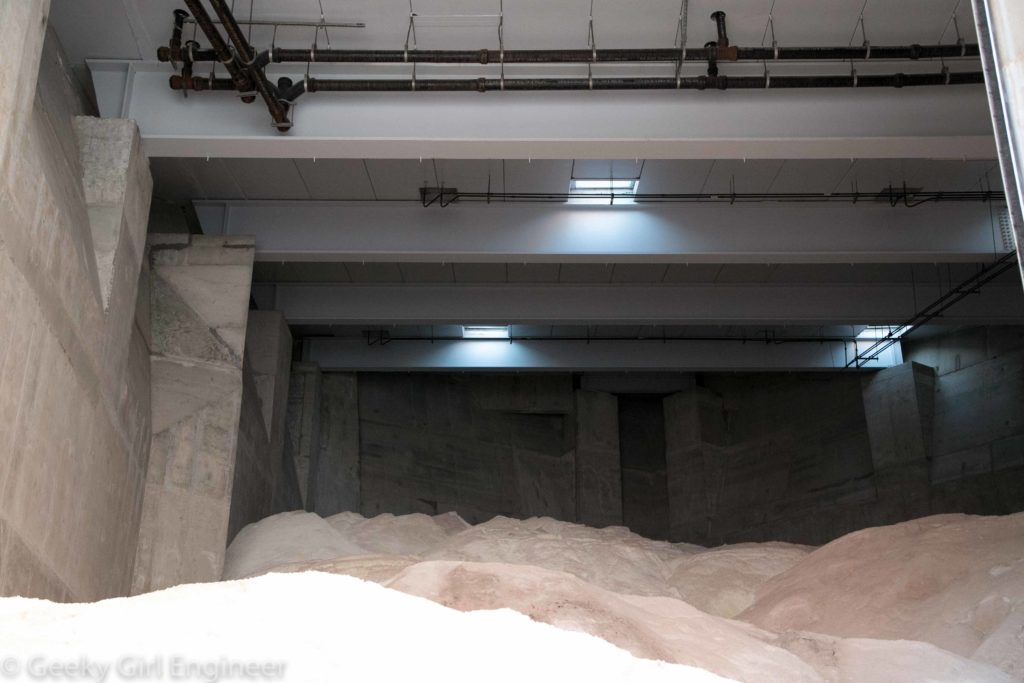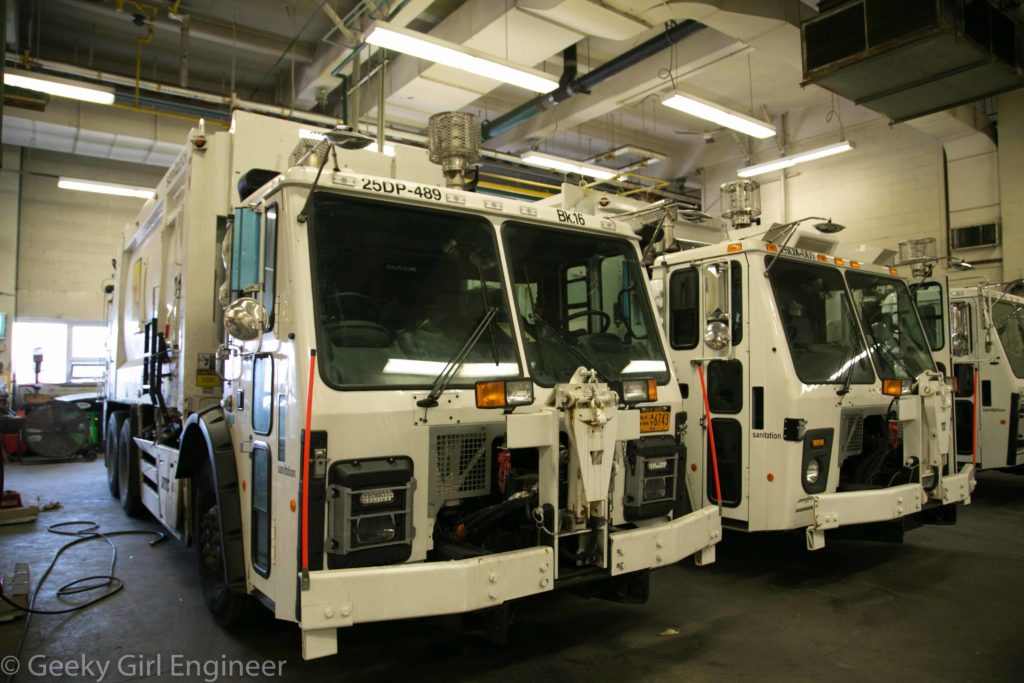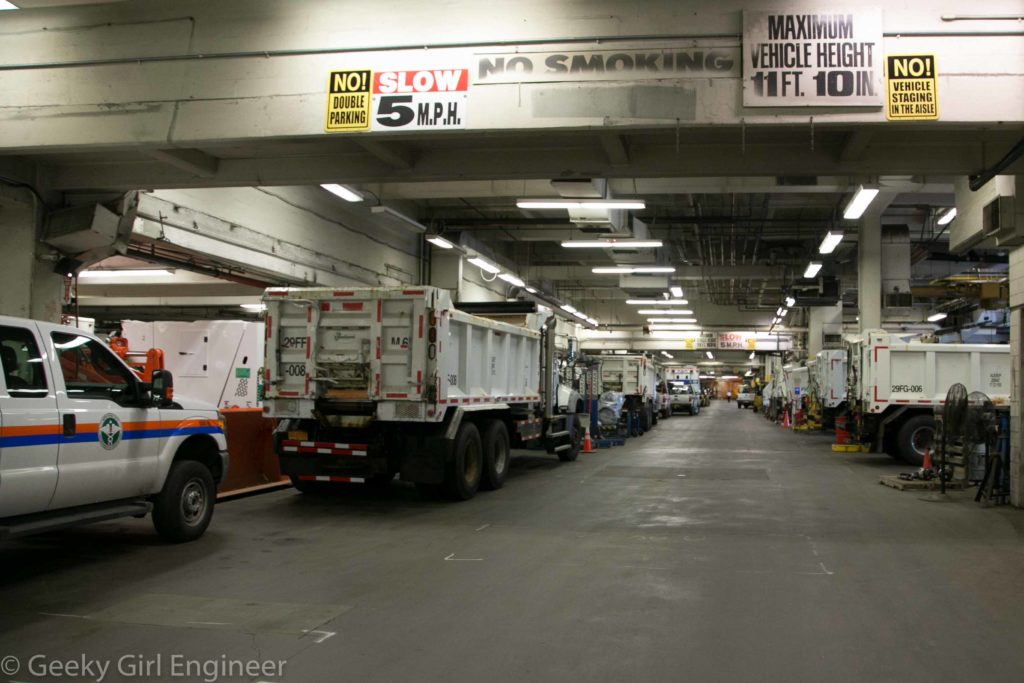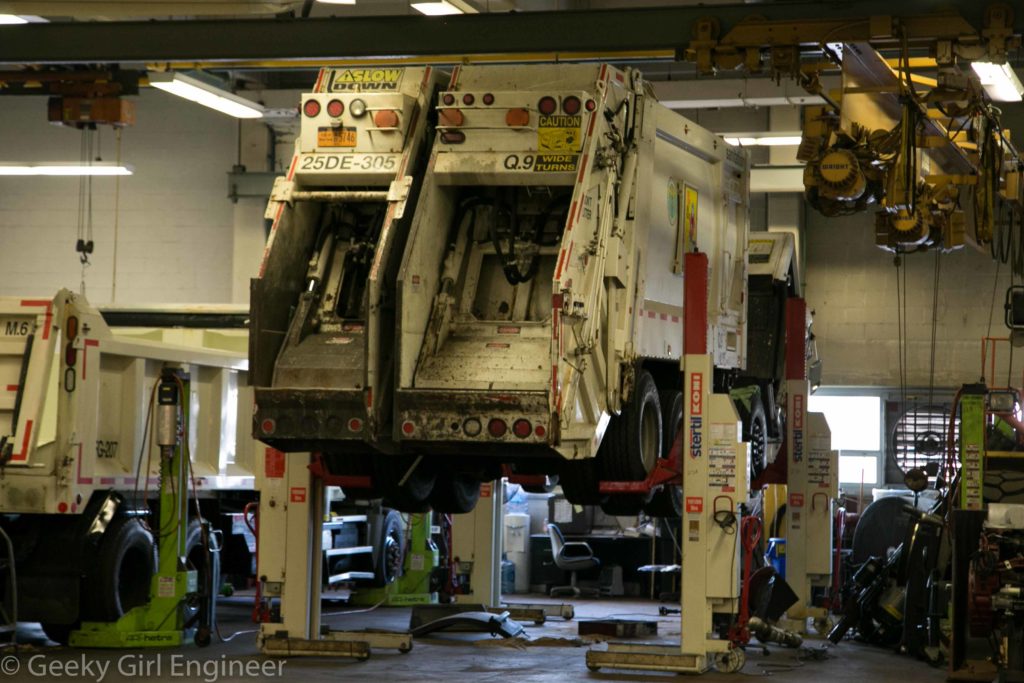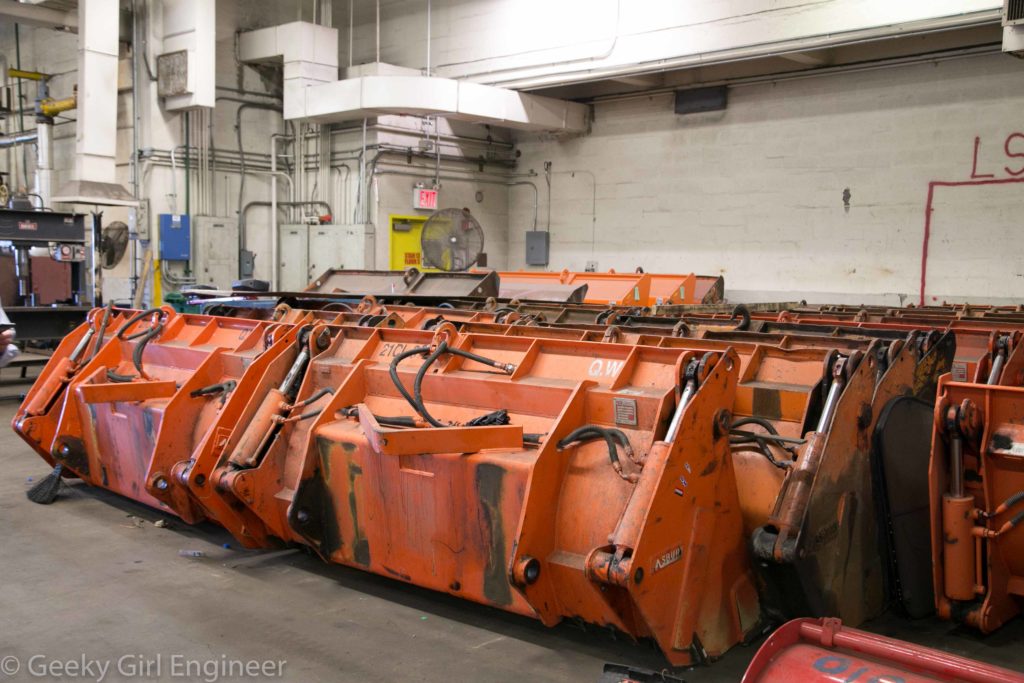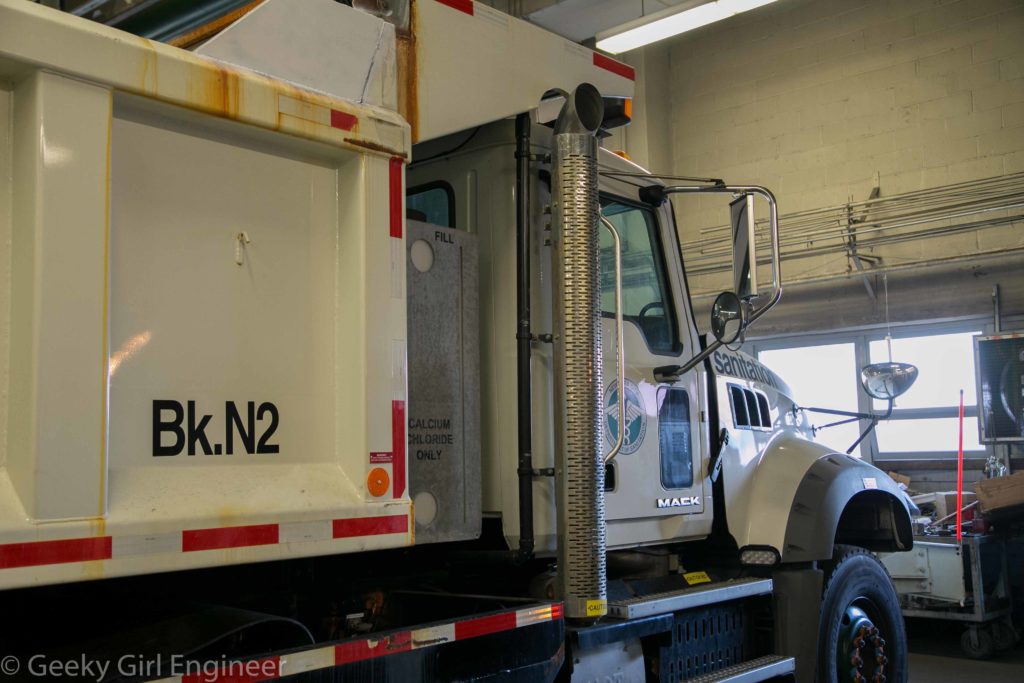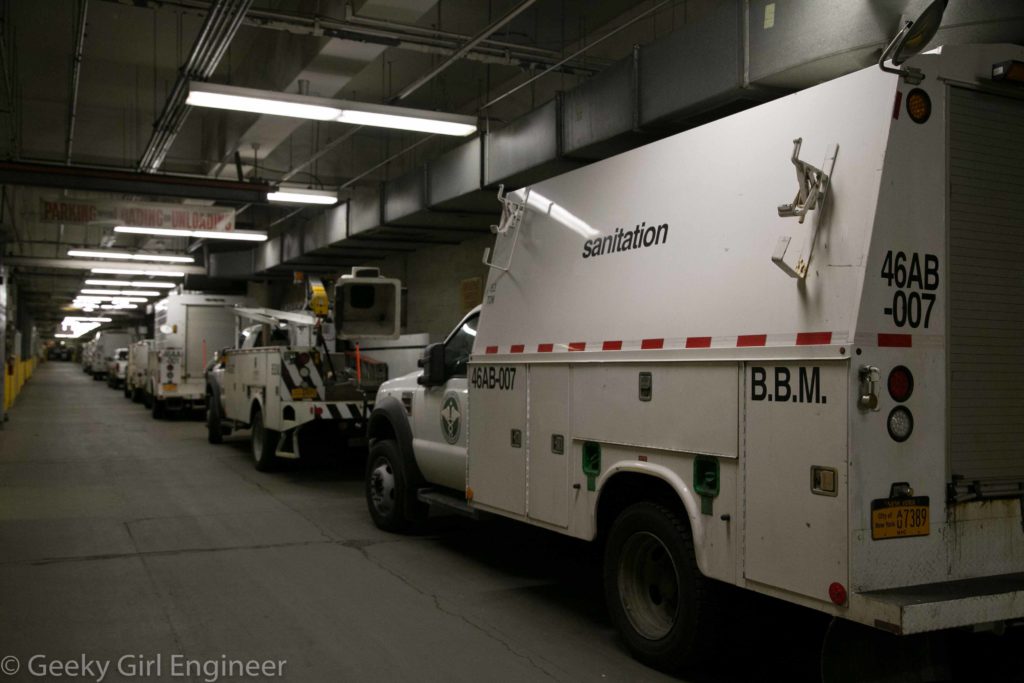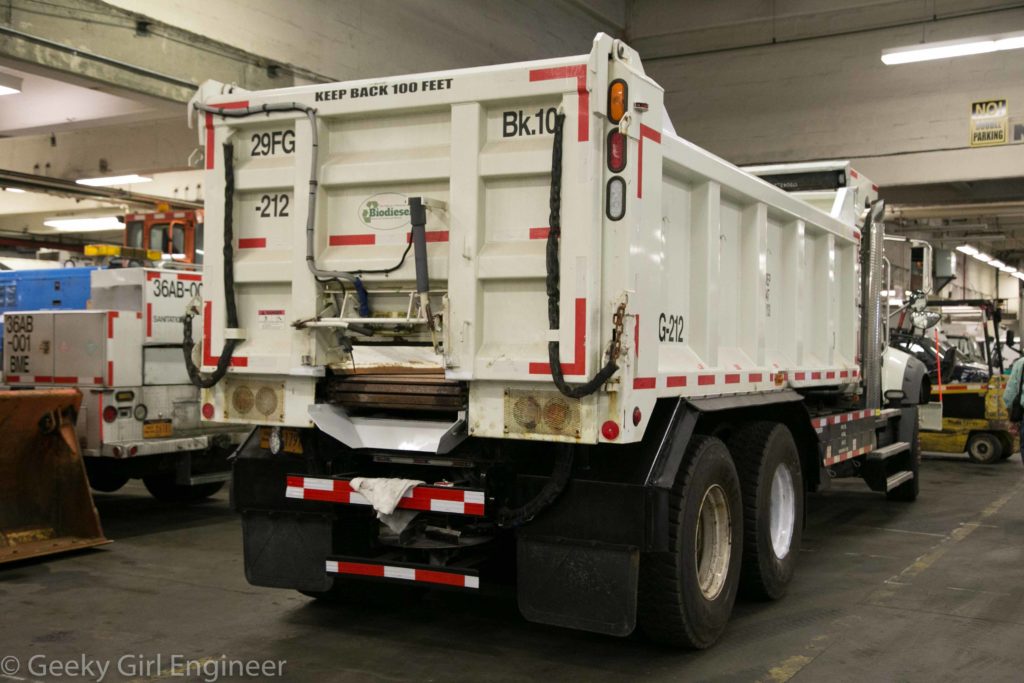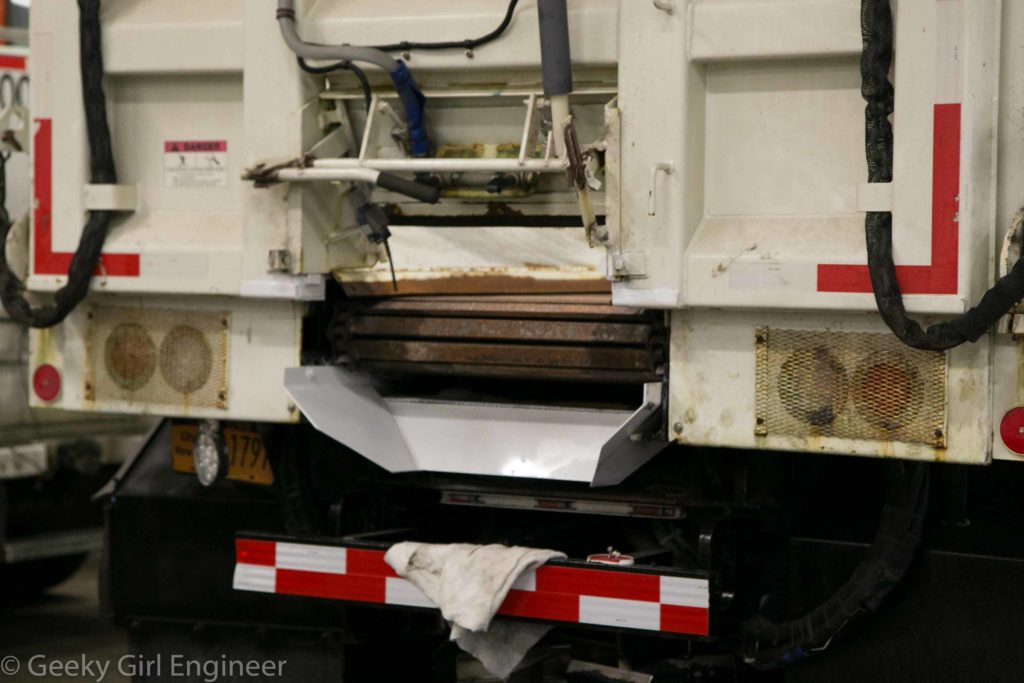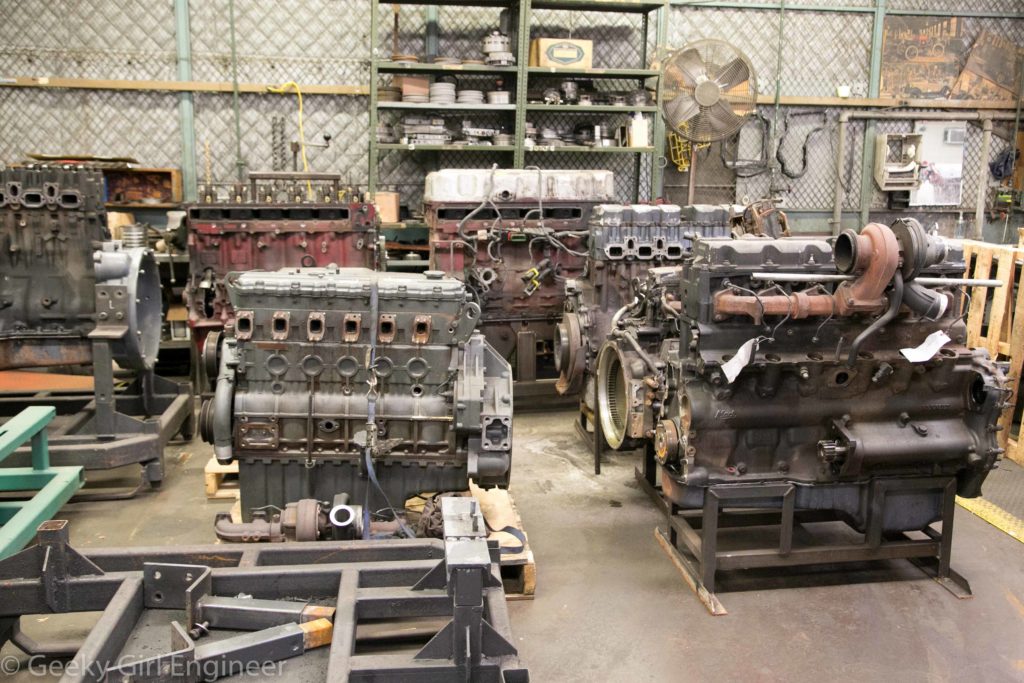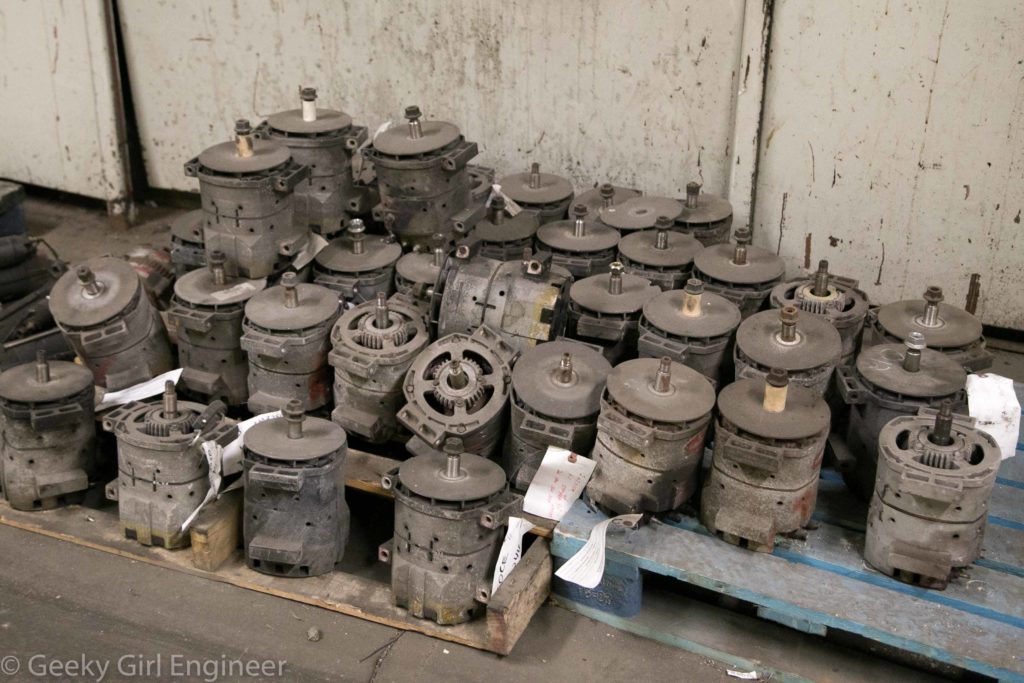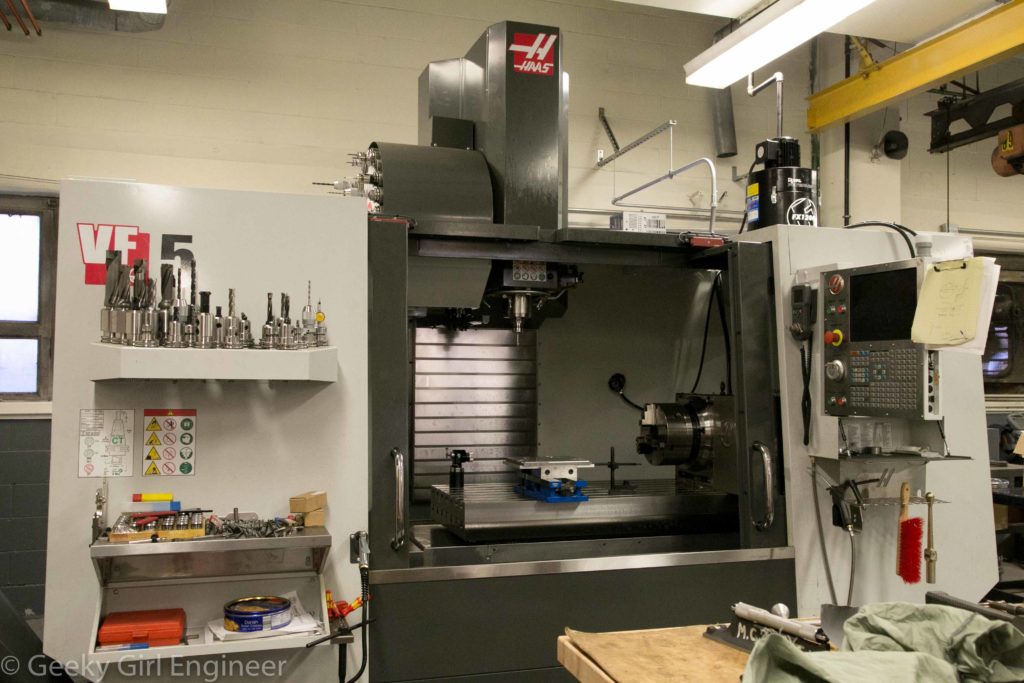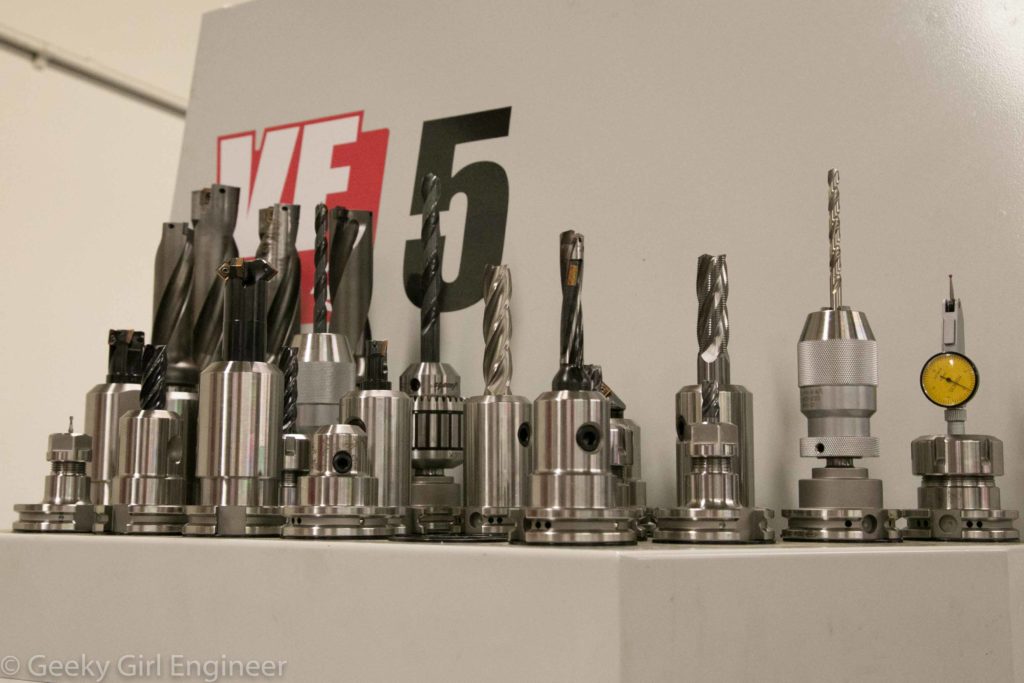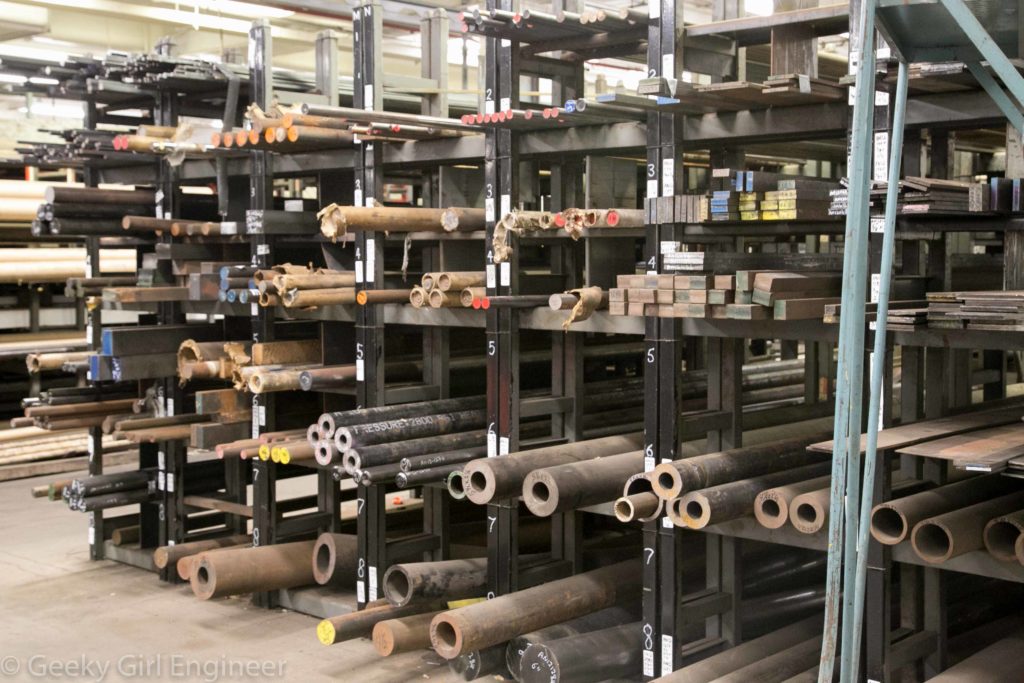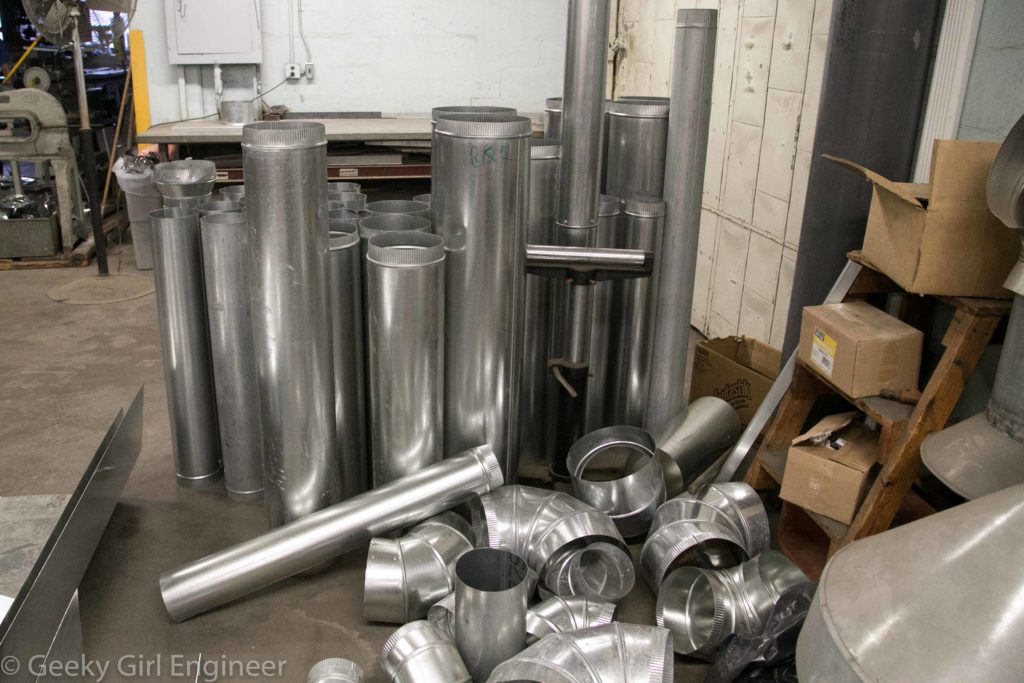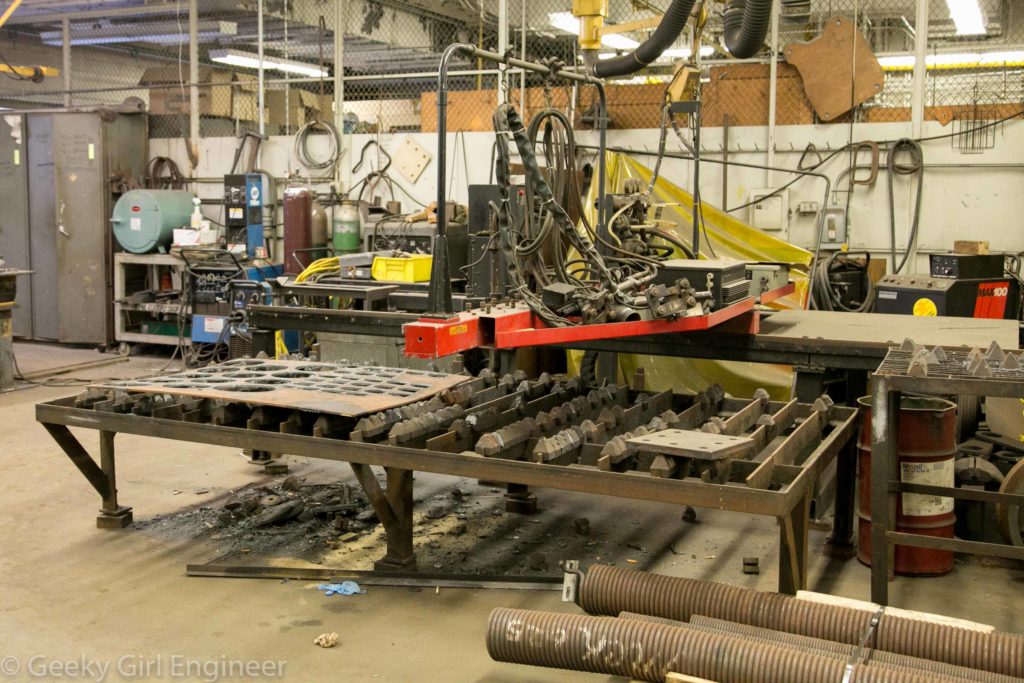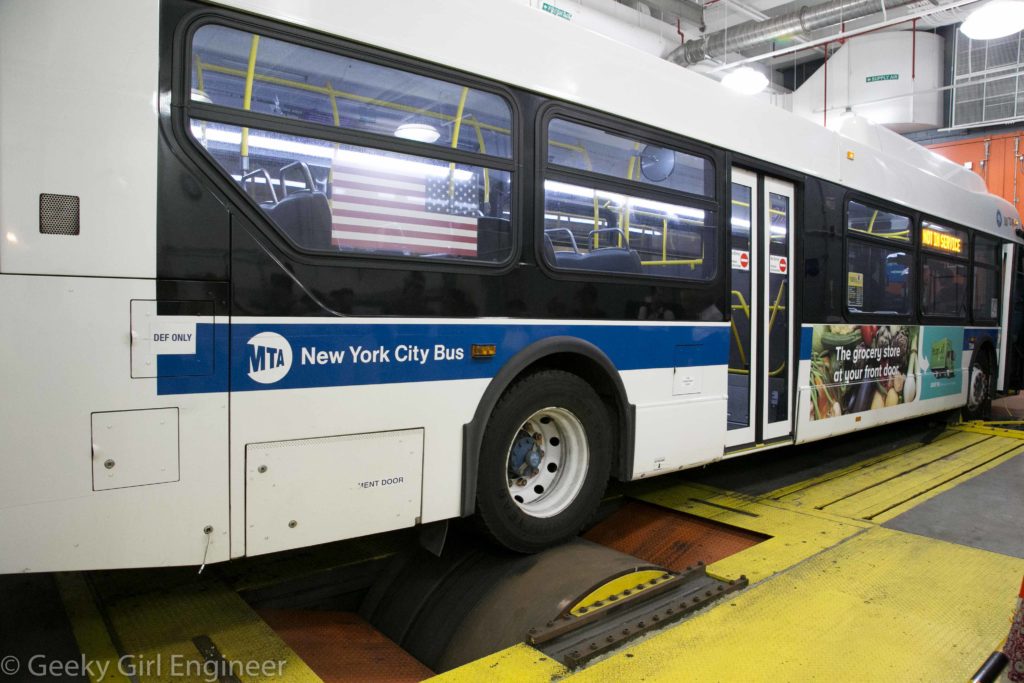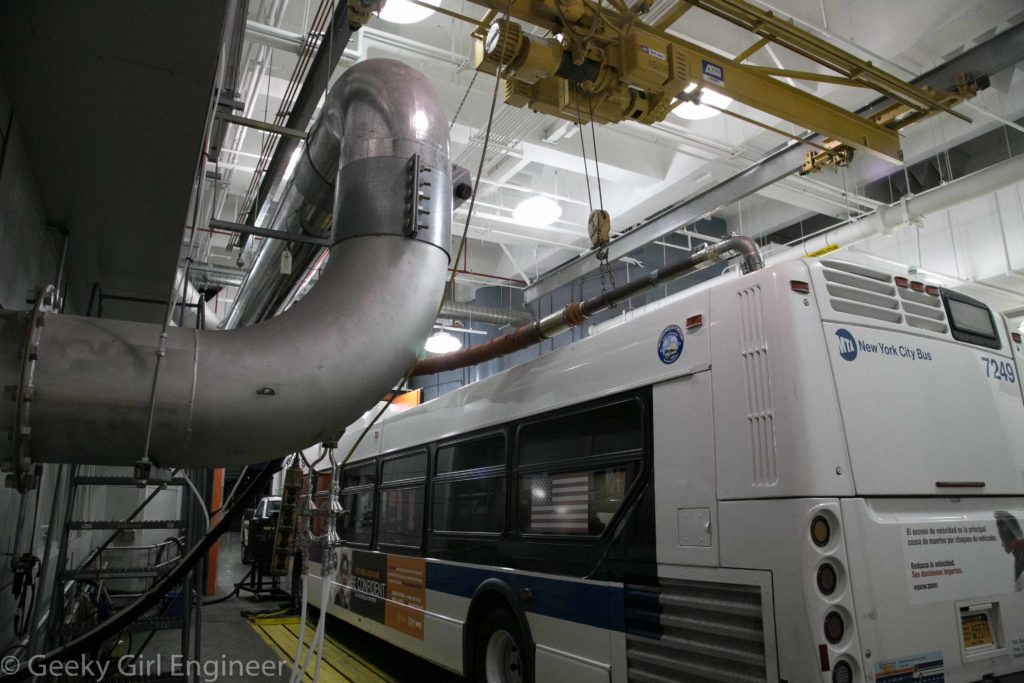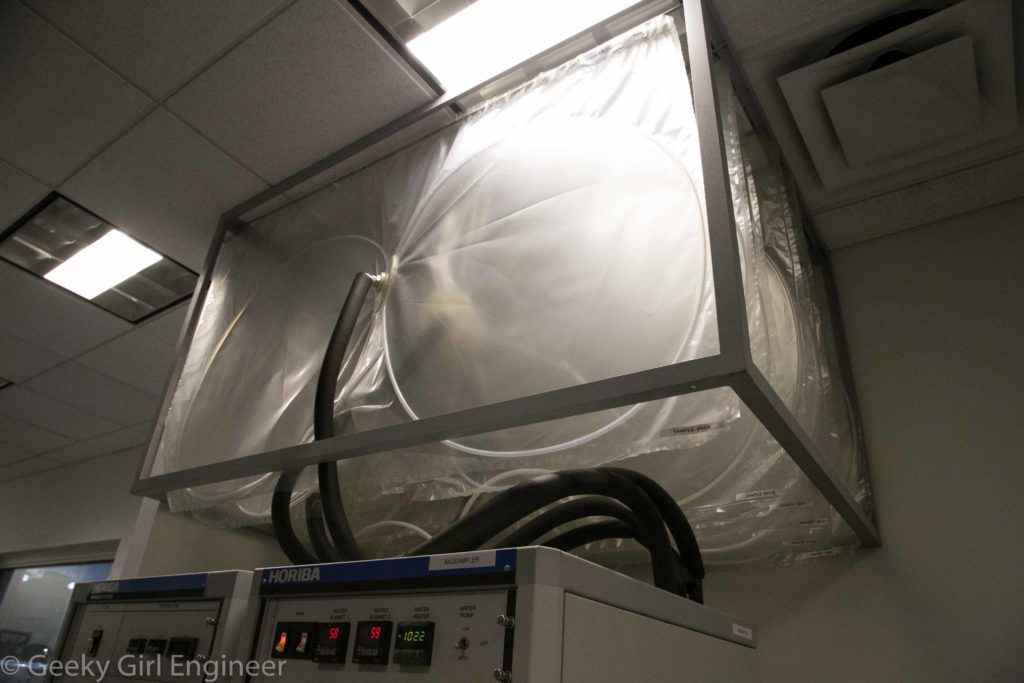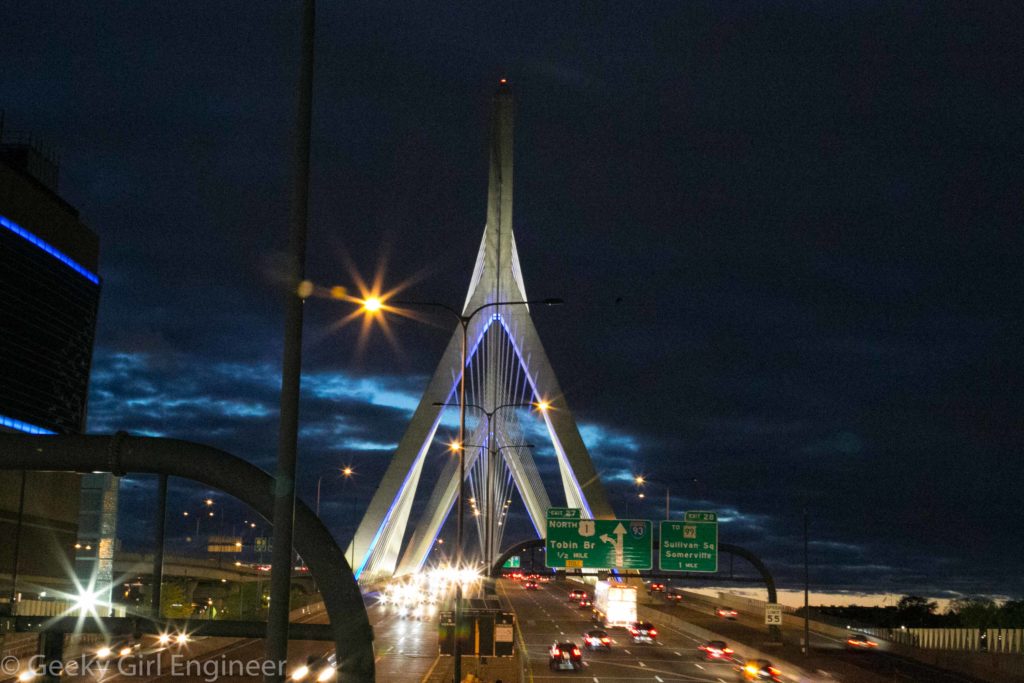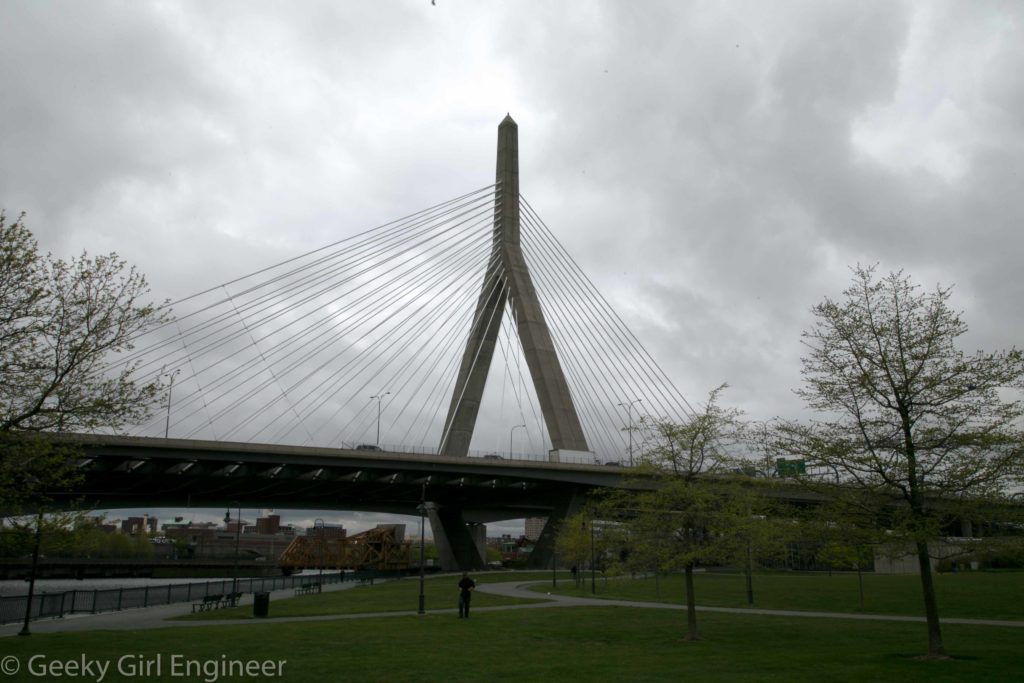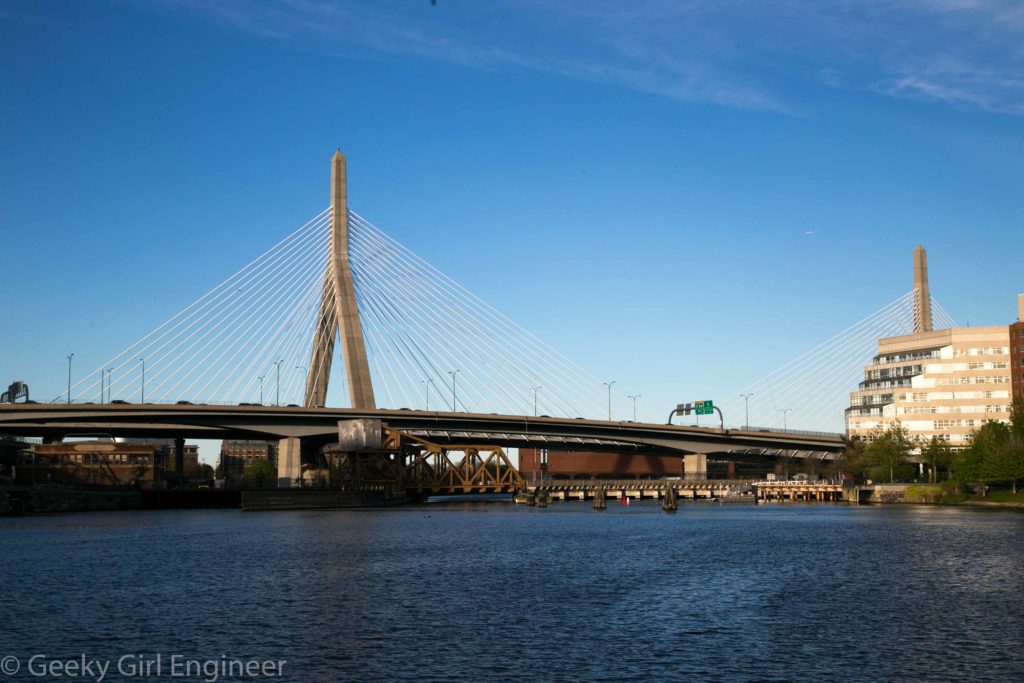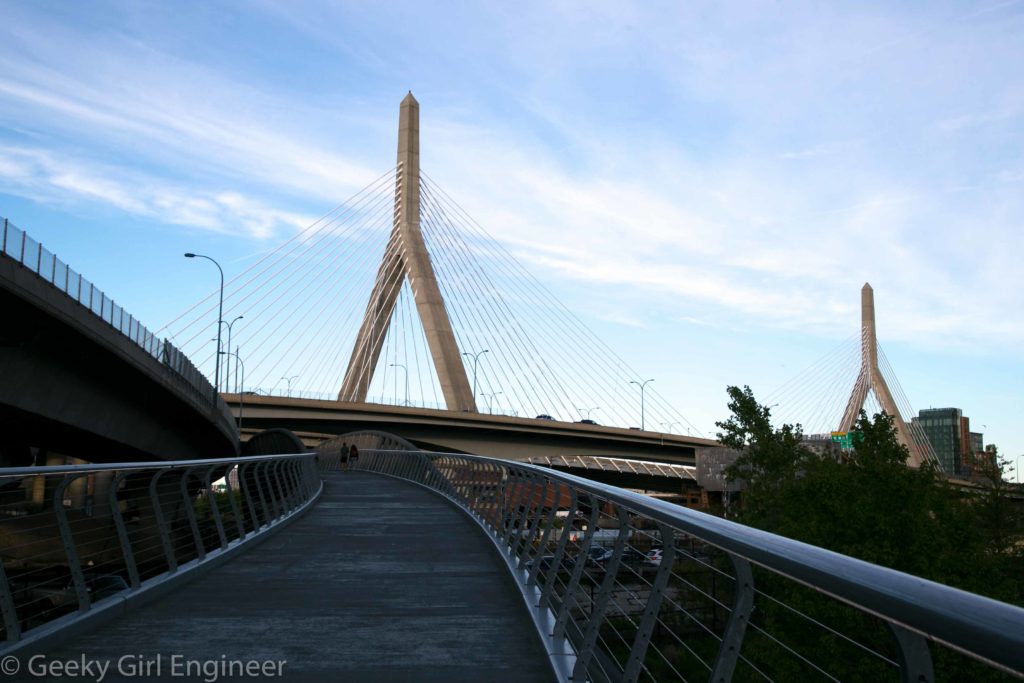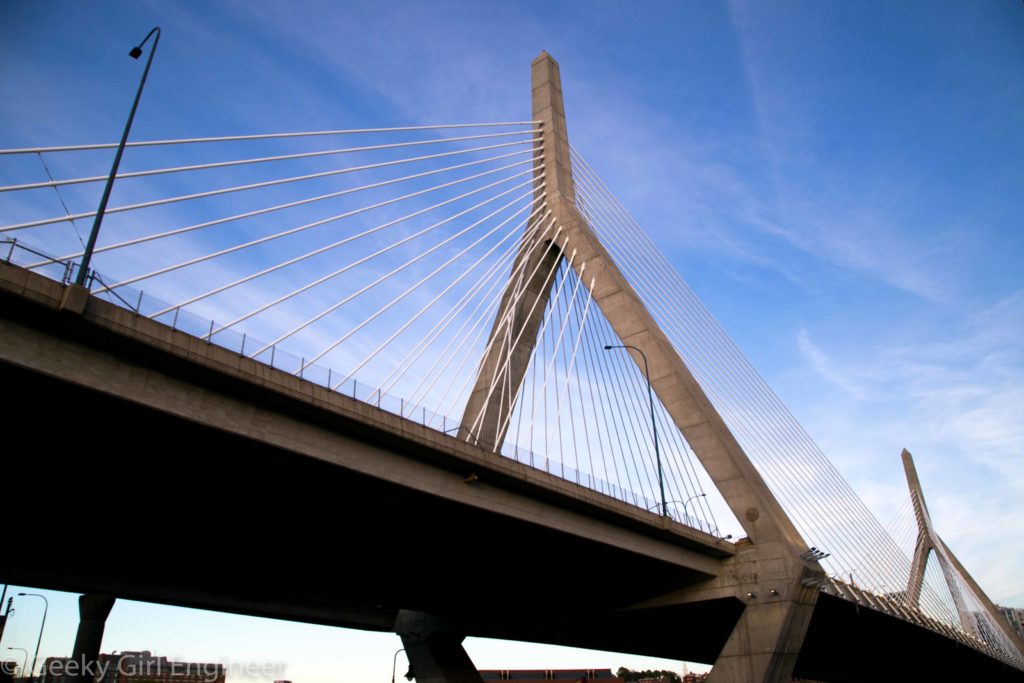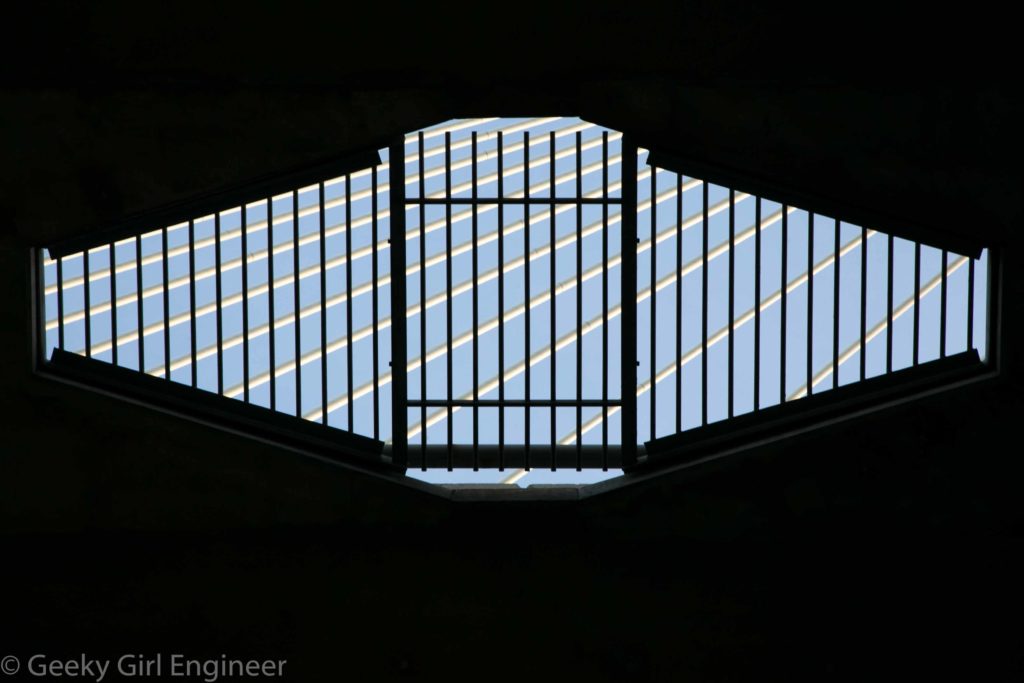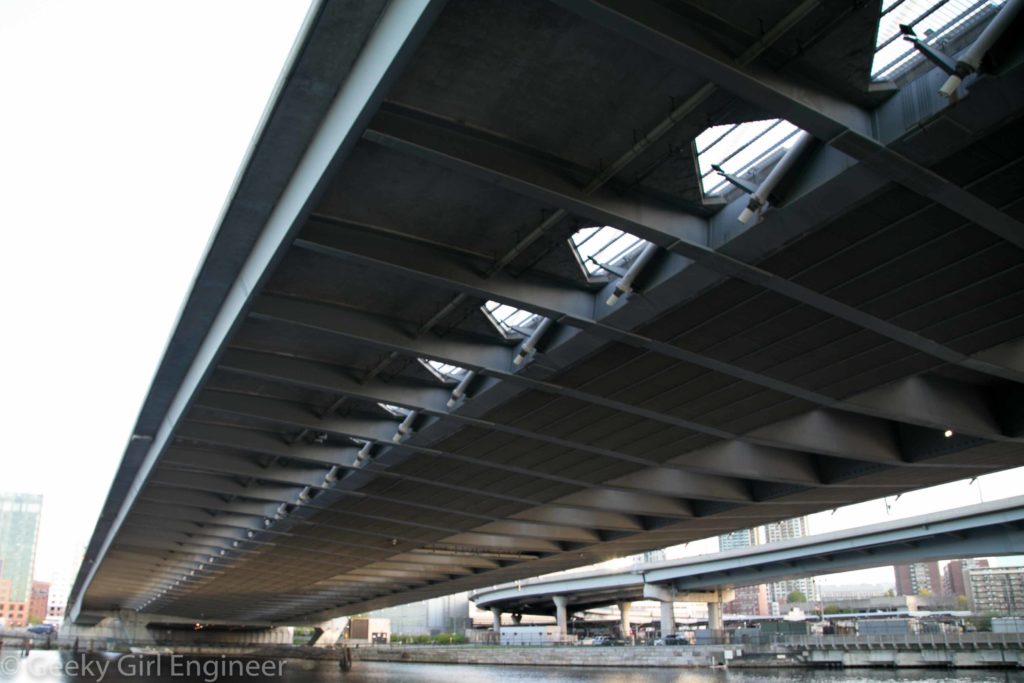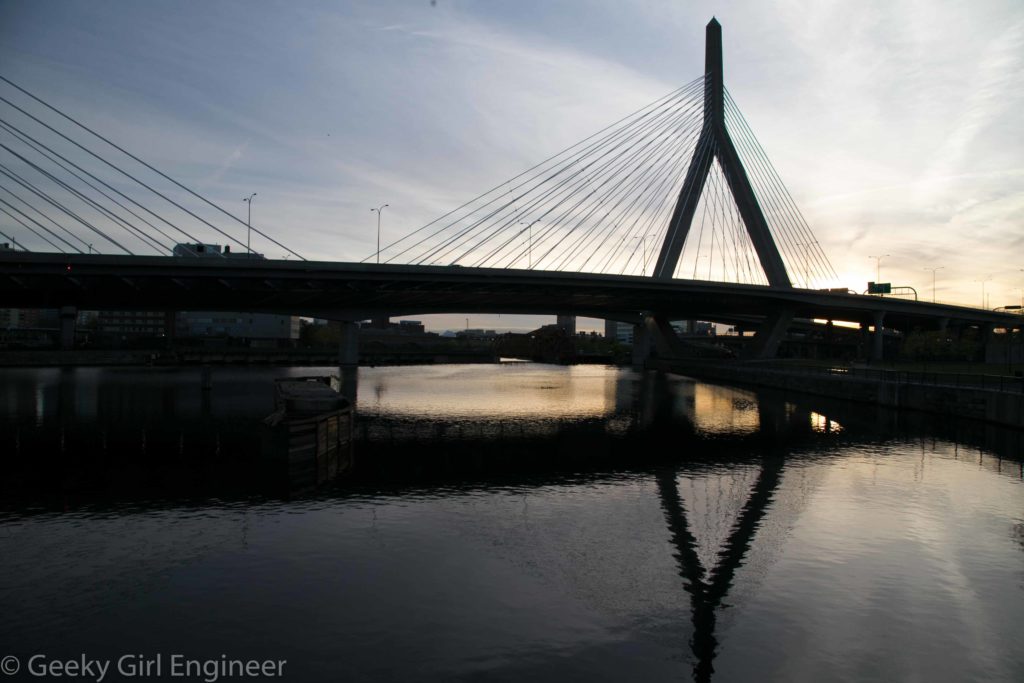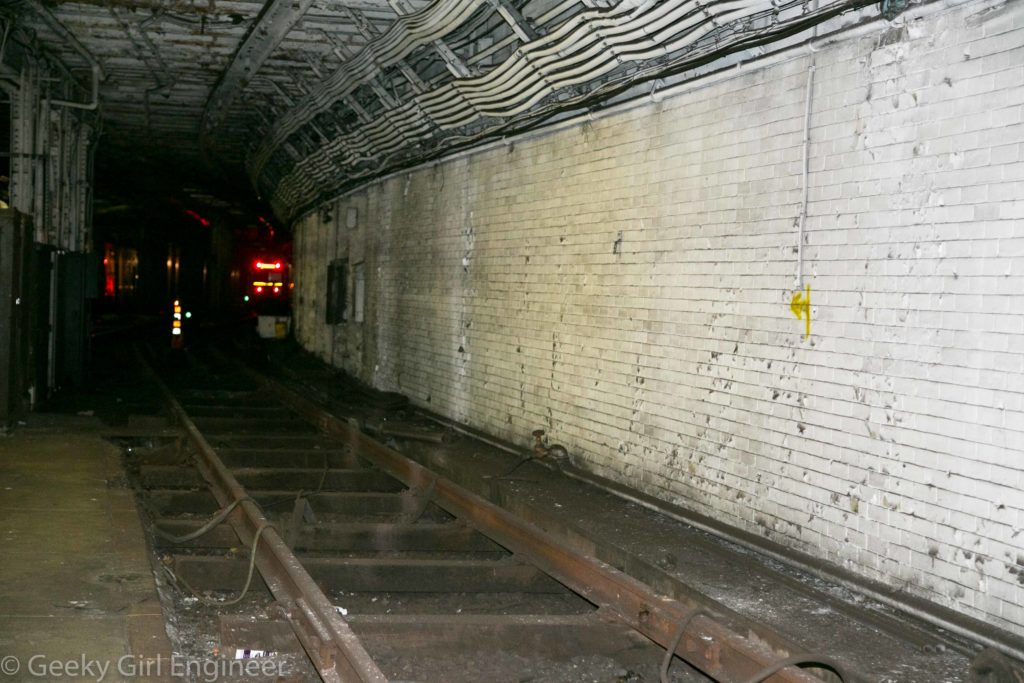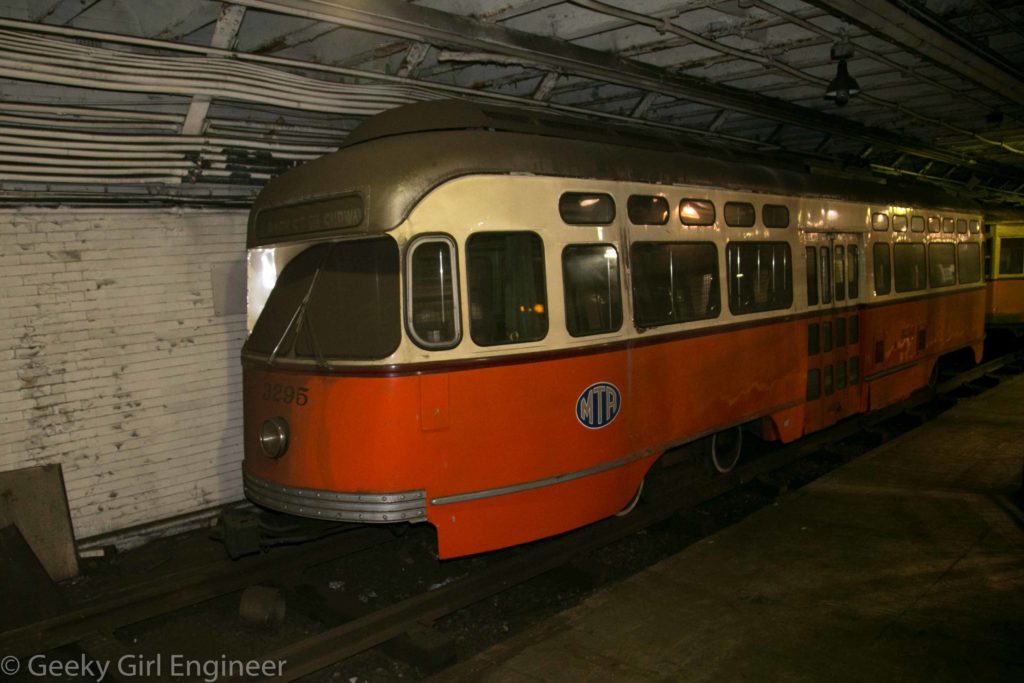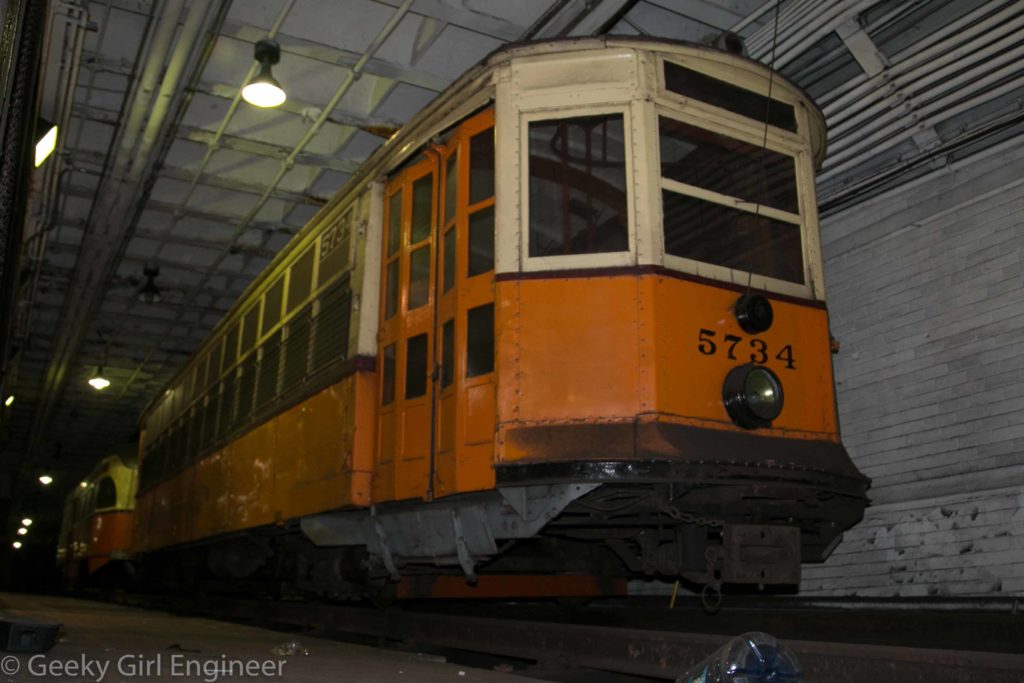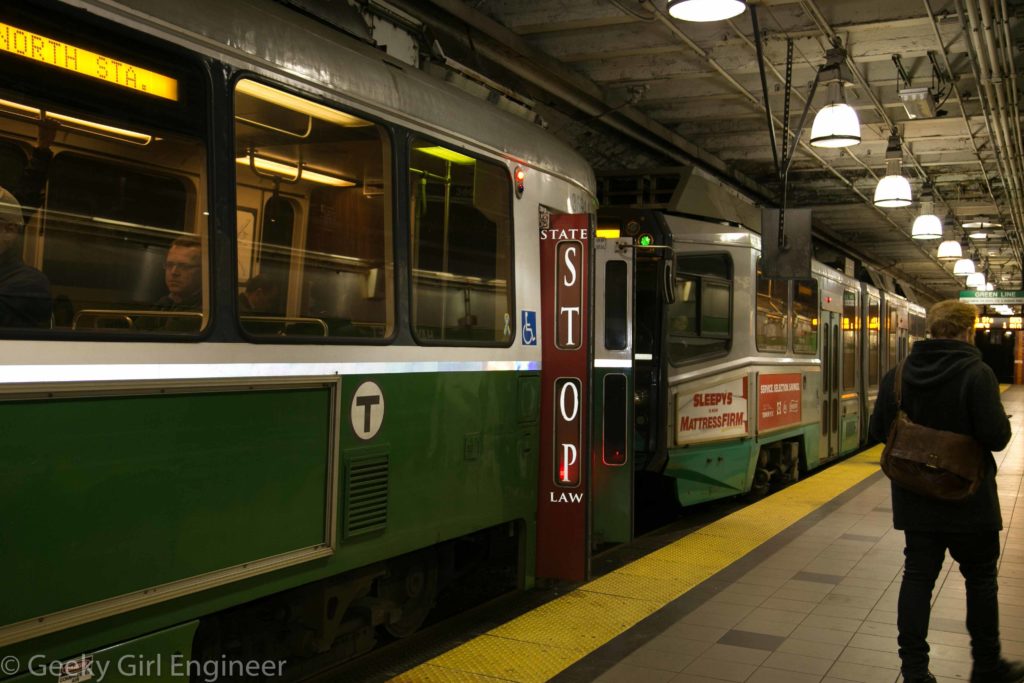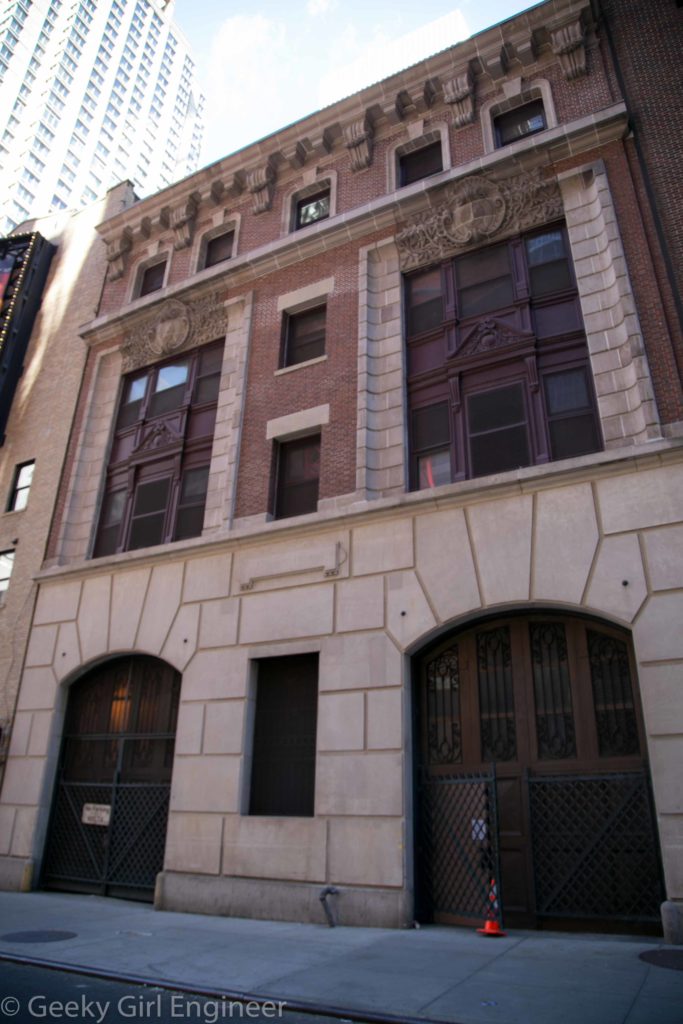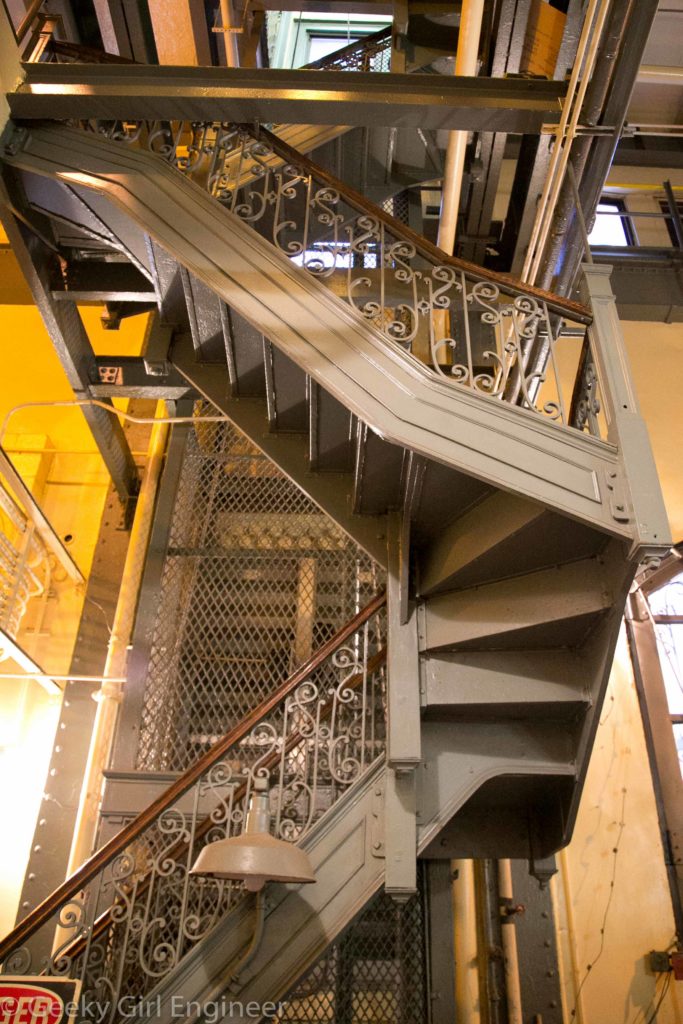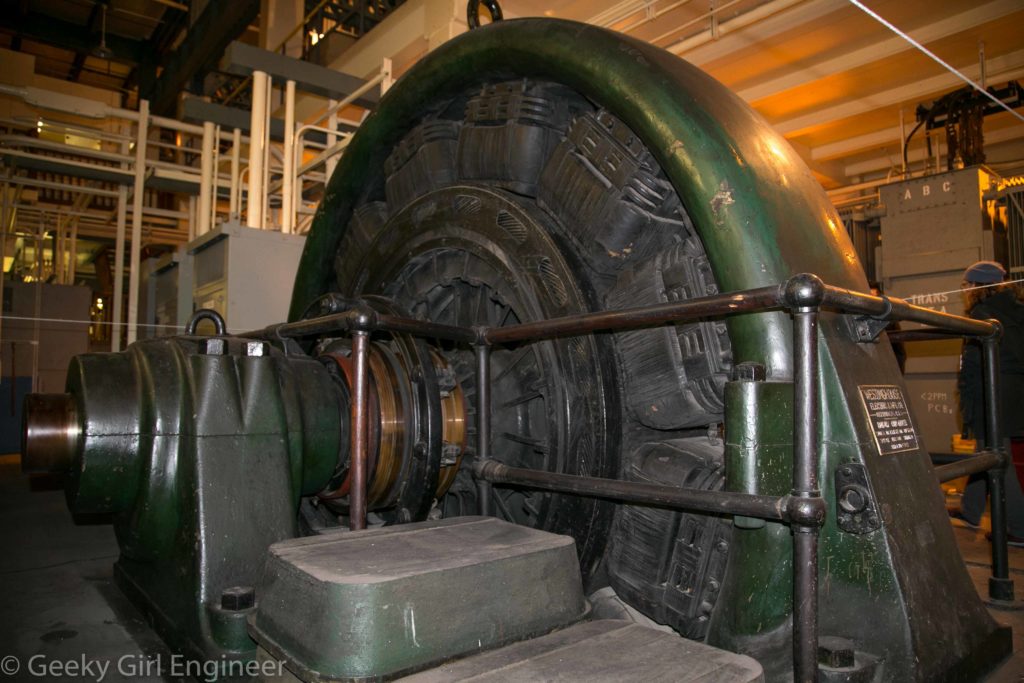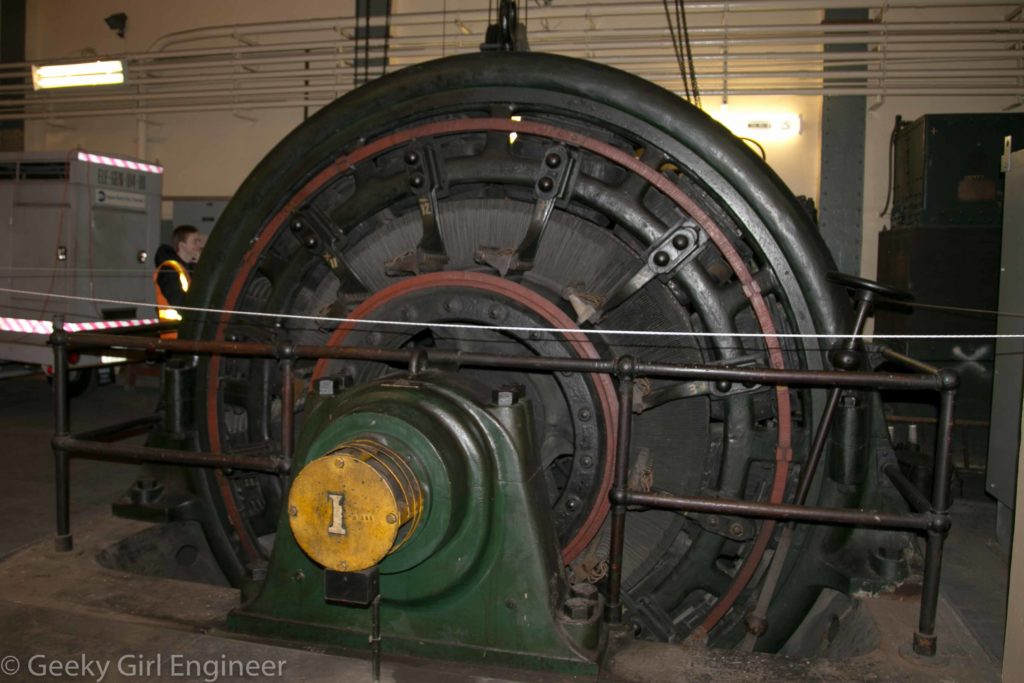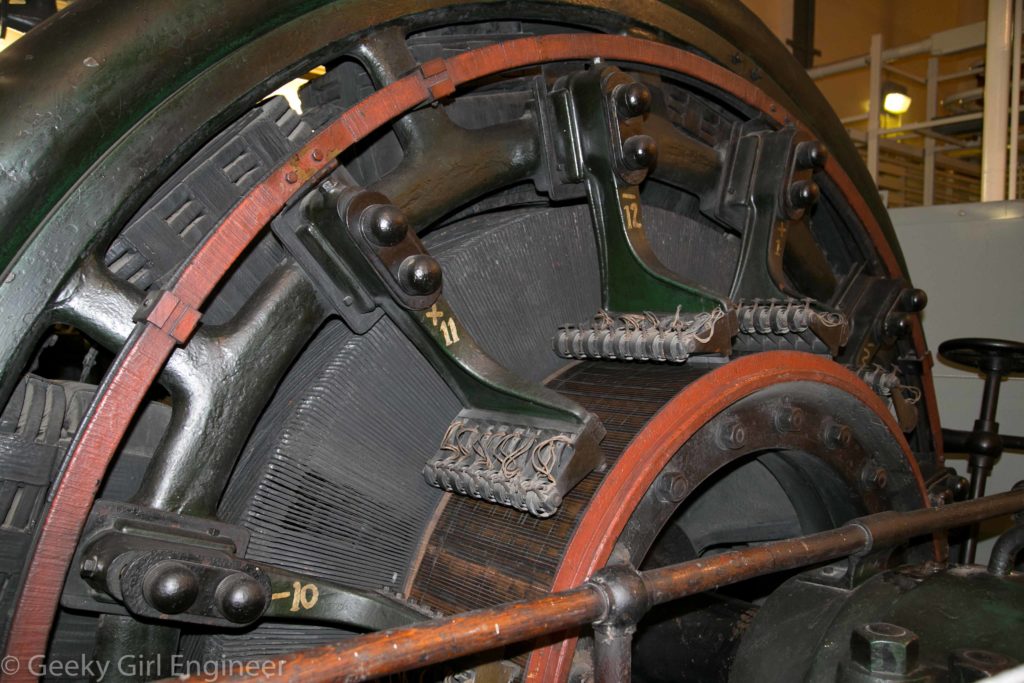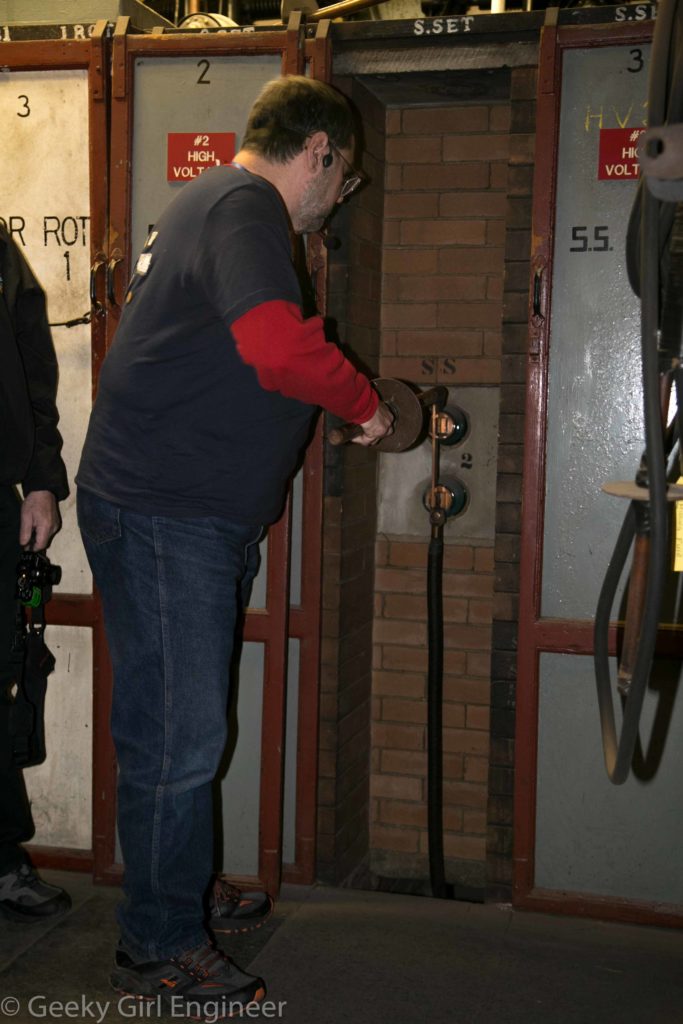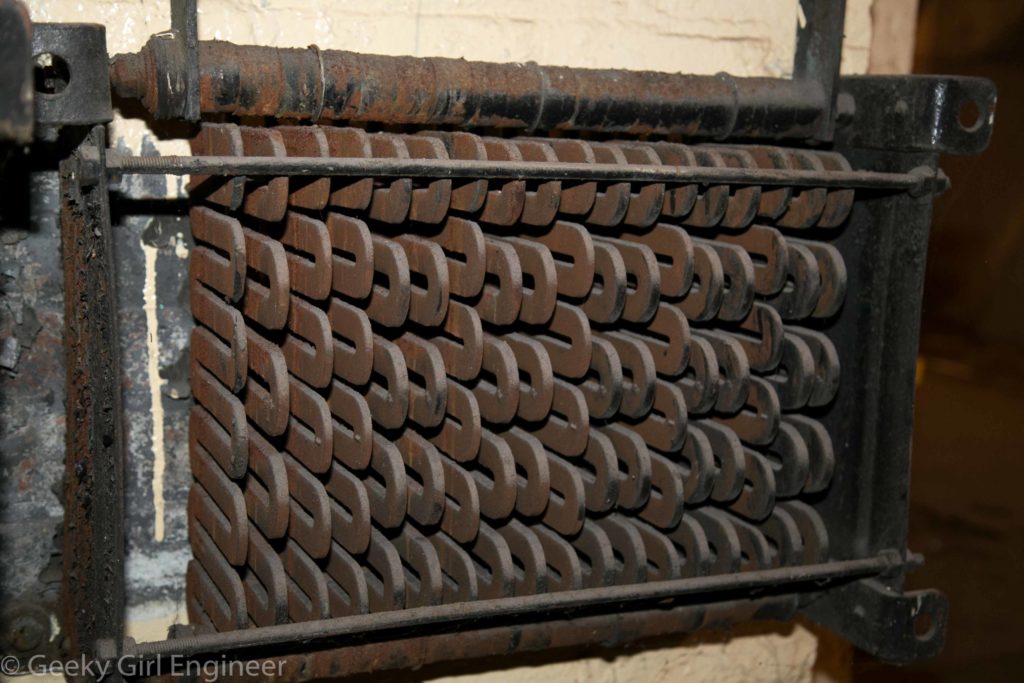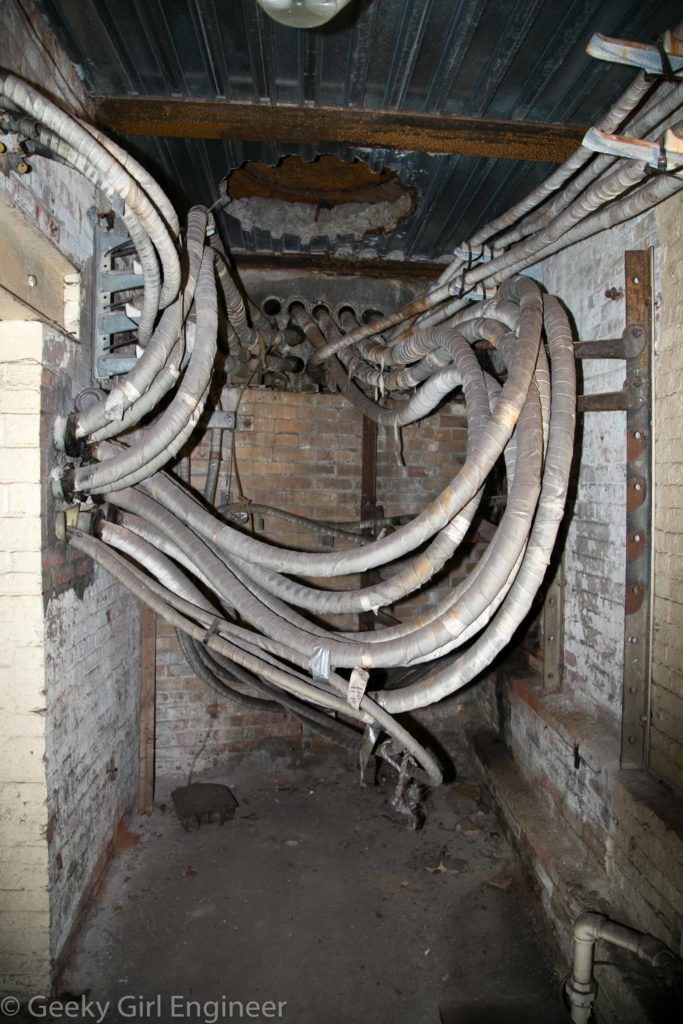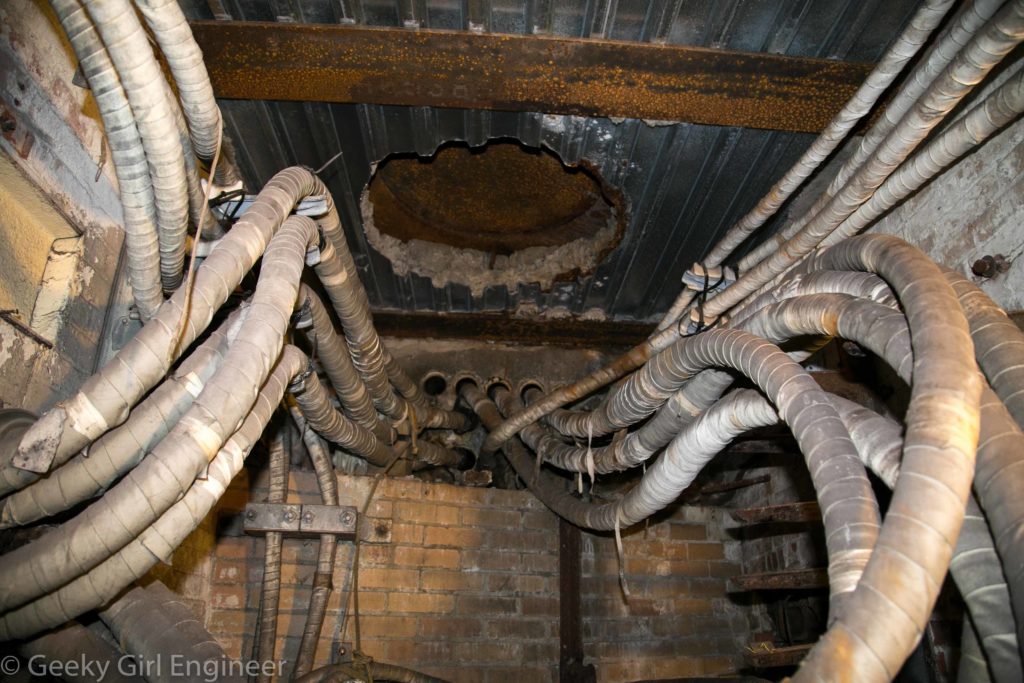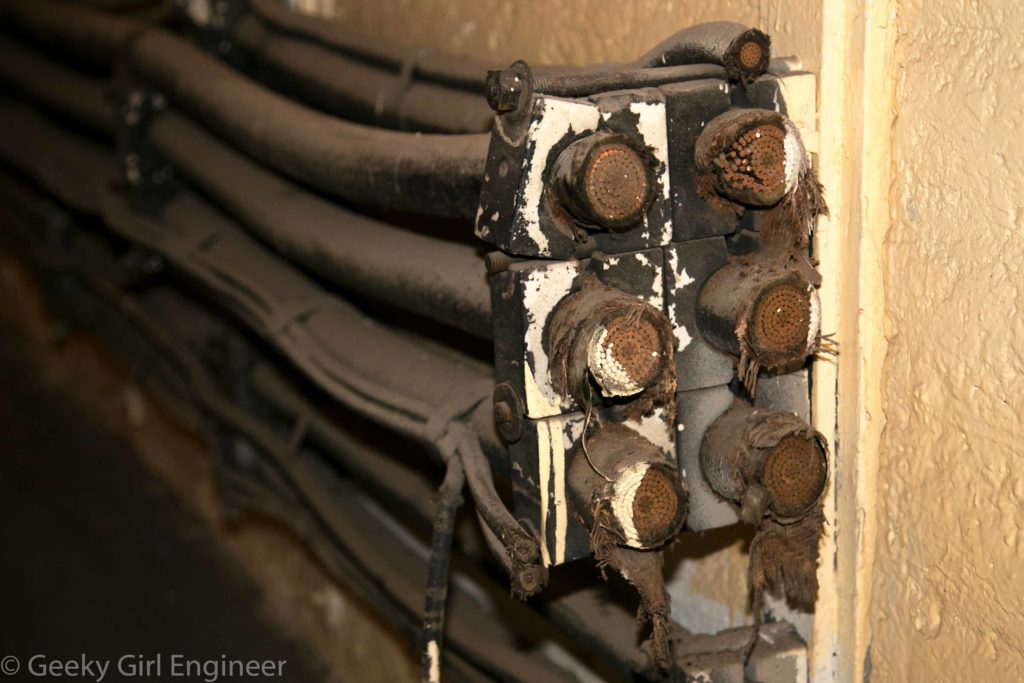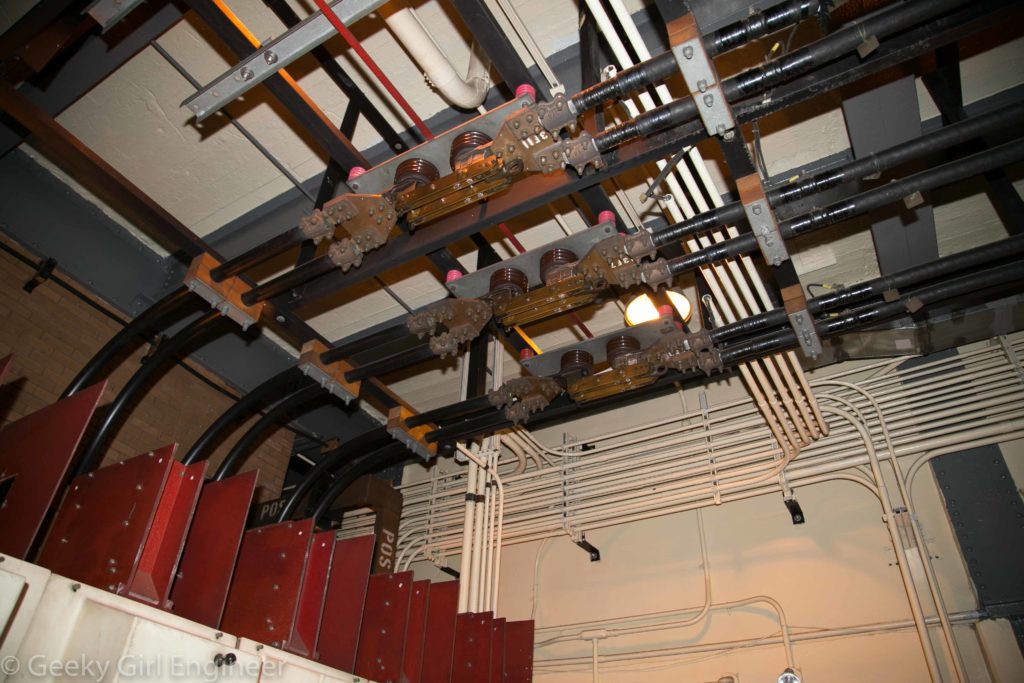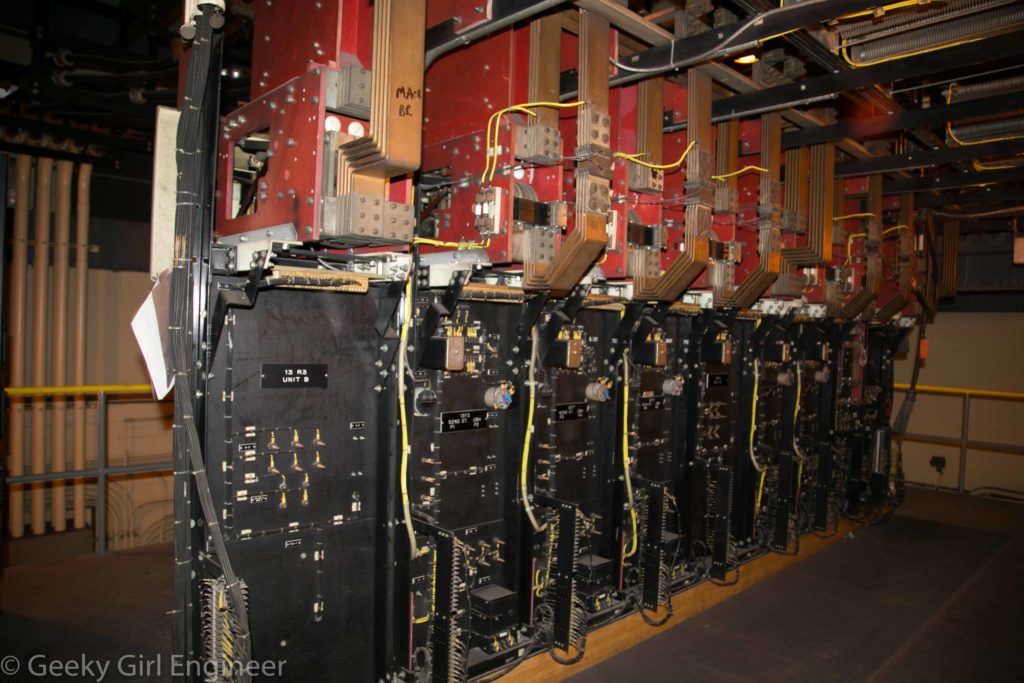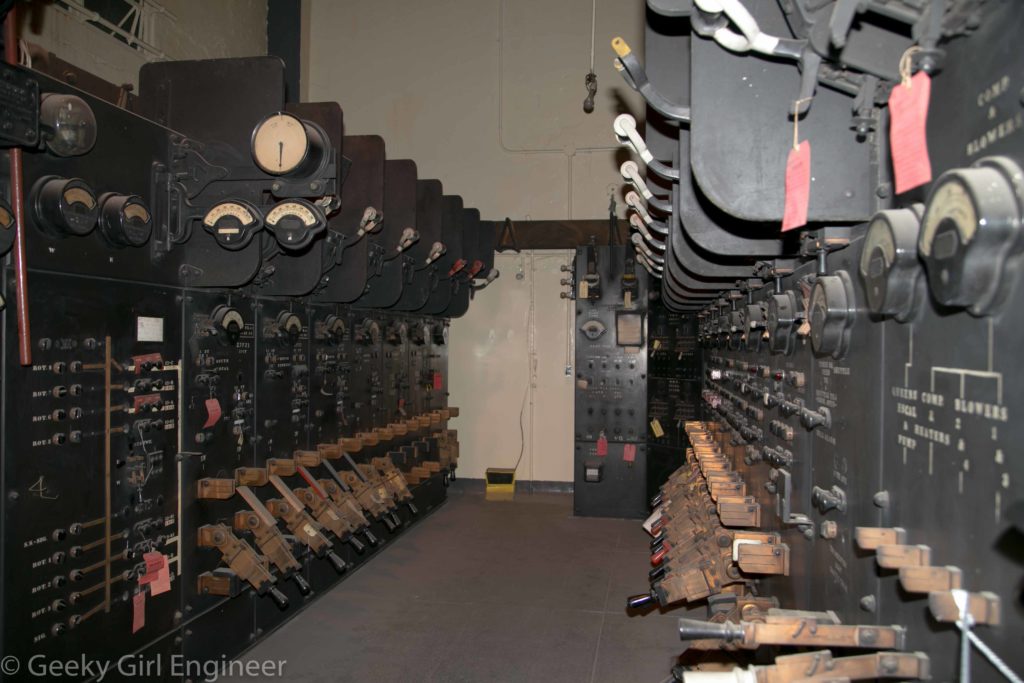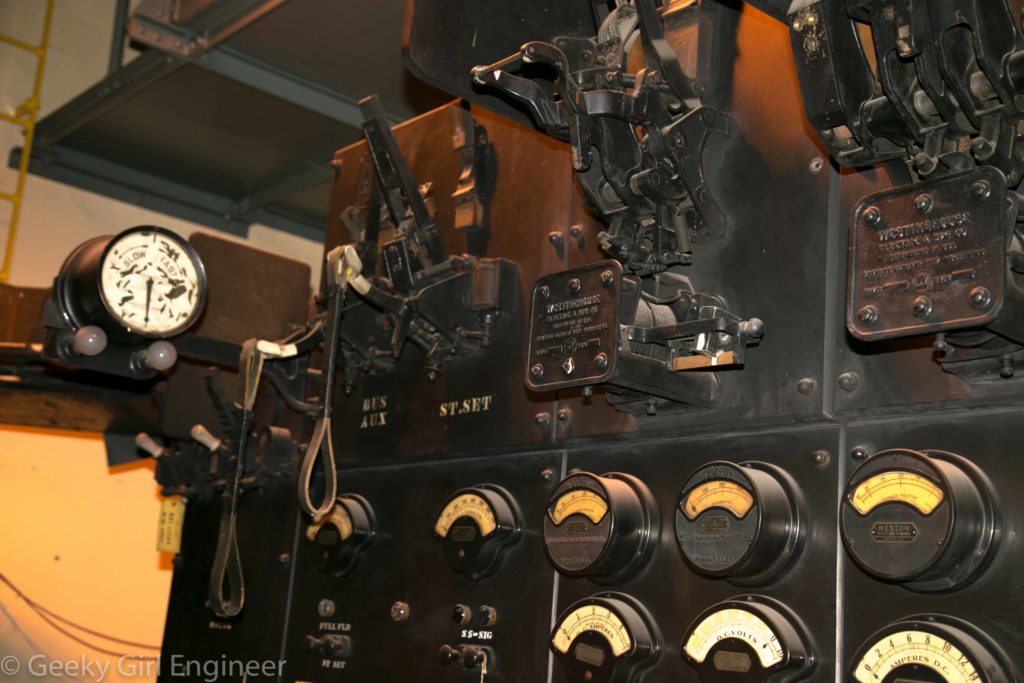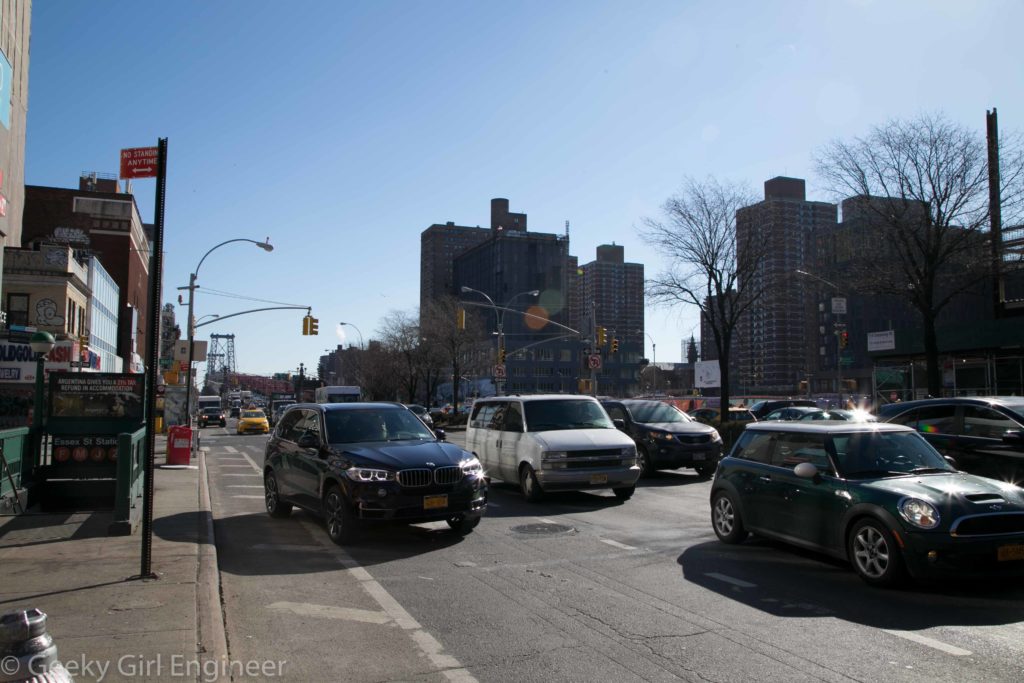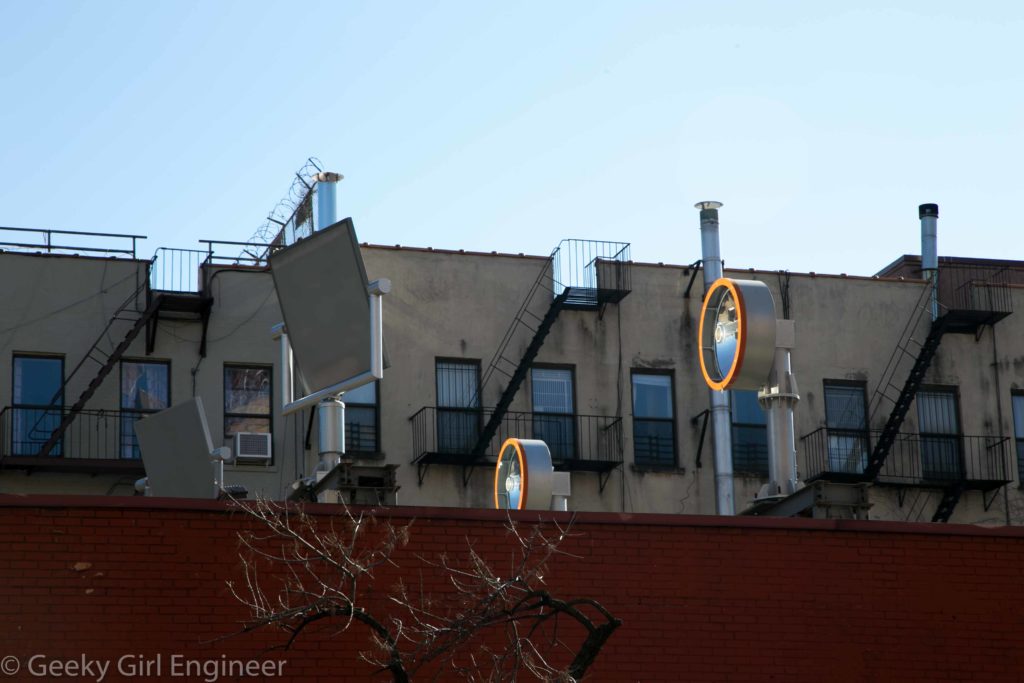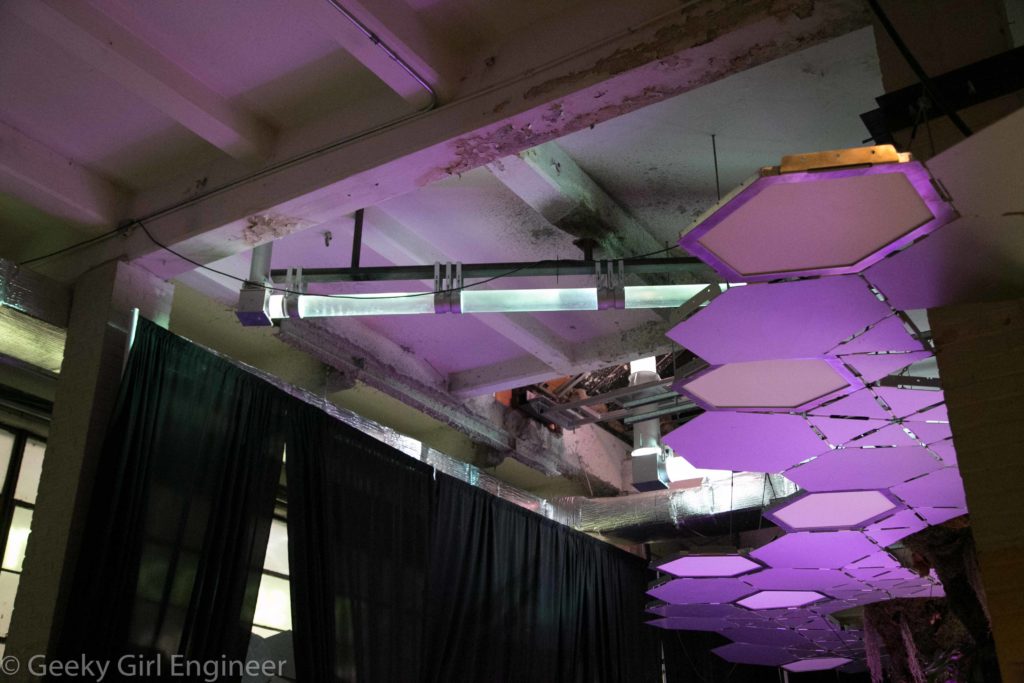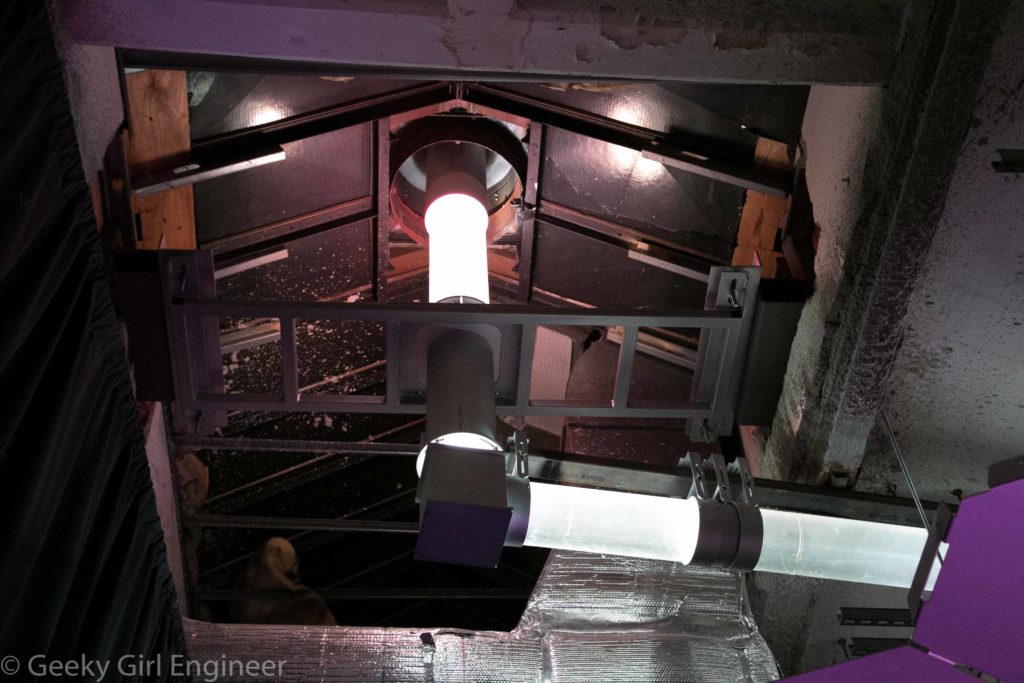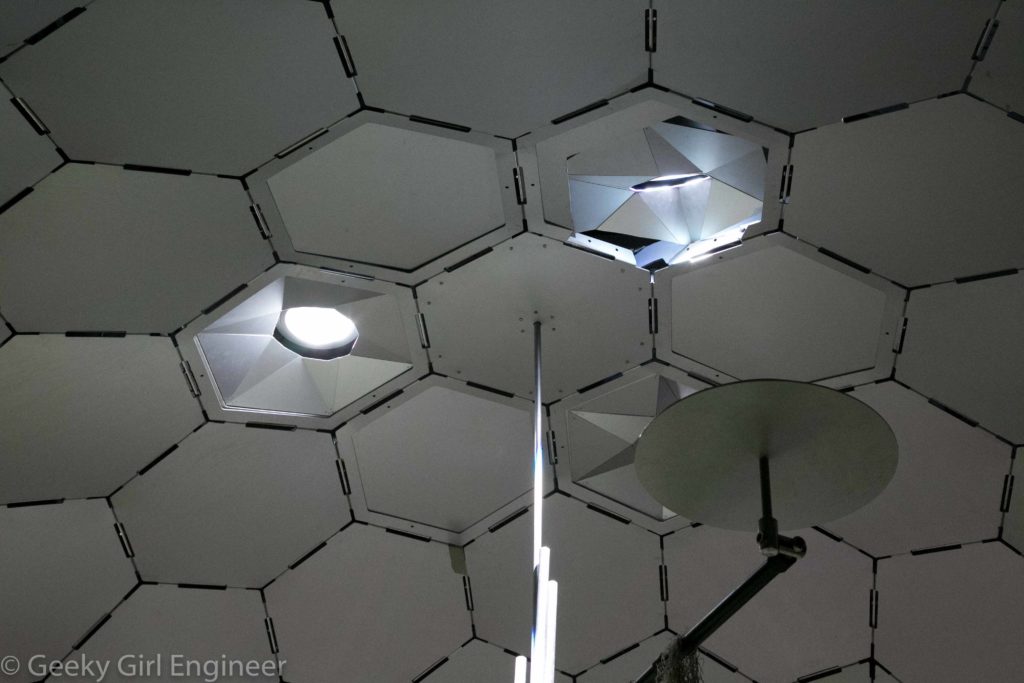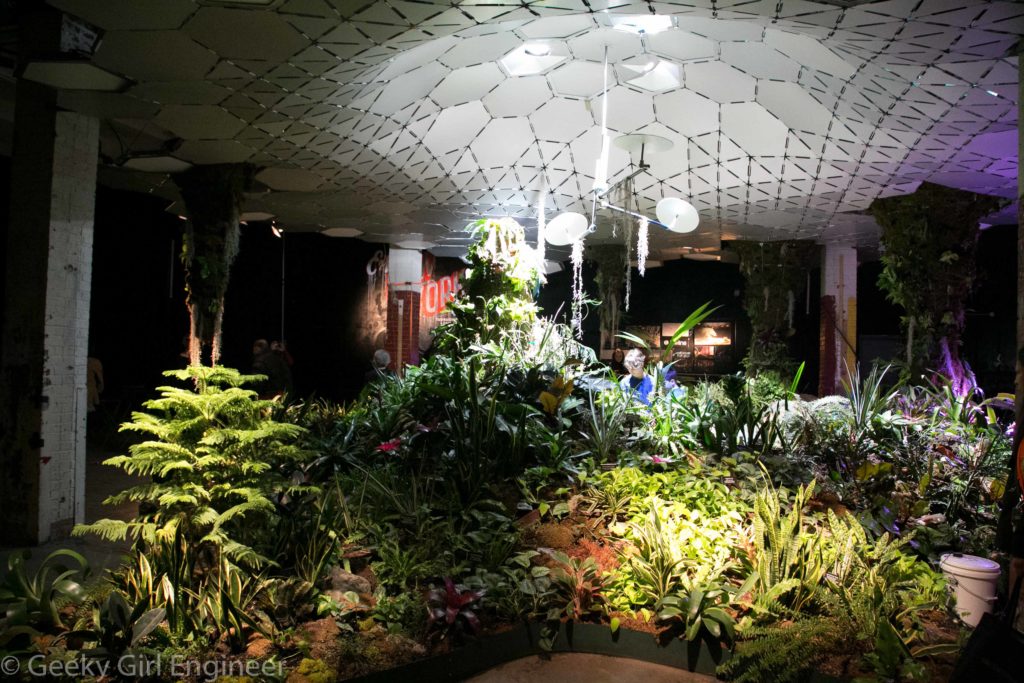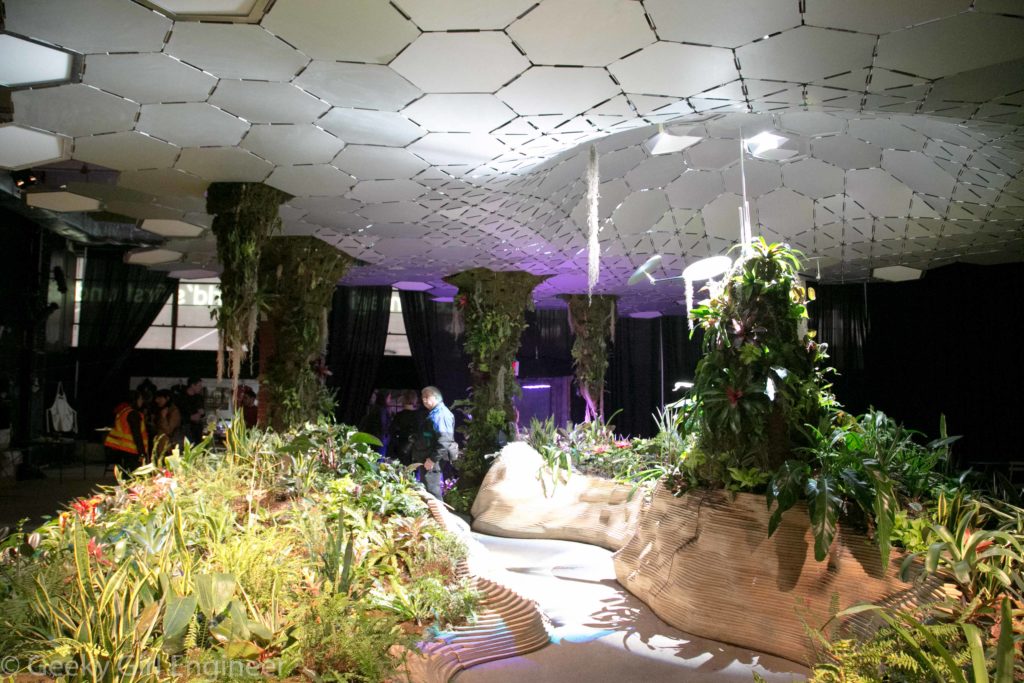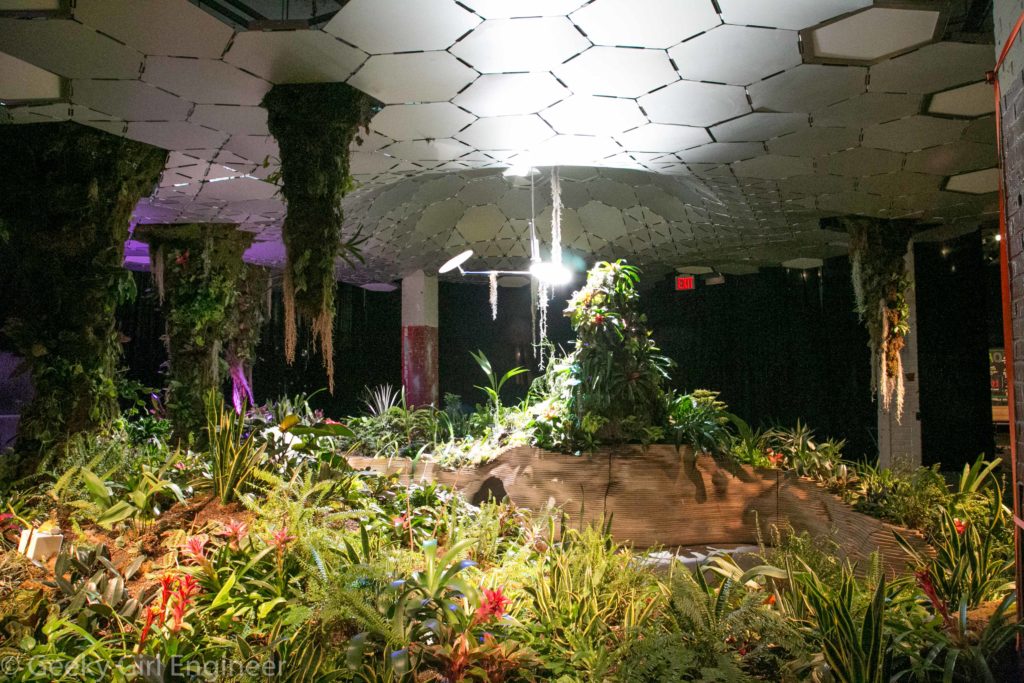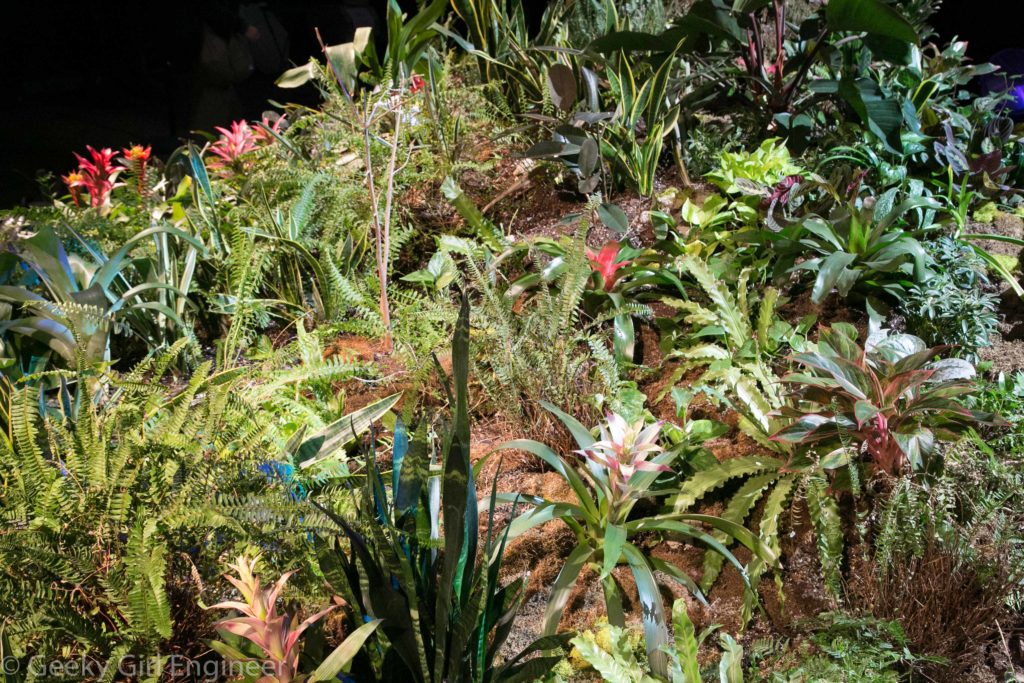I’m traveling to the west for the solar eclipse and vacation, and I decided to take the train. I had to change trains in Chicago, so I decided to spend the night and have some time to explore Chicago. I decided to start with a river cruise focusing on the architecture. Like most old and big cities, Chicago has a lovely mix of old and new buildings. It has classic old stone buildings, modern buildings (as in the modern architecture era), post-modern buildings, and whatever era we are in now. I am also curious about the engineering that must have gone into many of the buildings as they were built right on the river’s banks. A cruise on its rivers is a great way to see some of them. A few photos I took are below.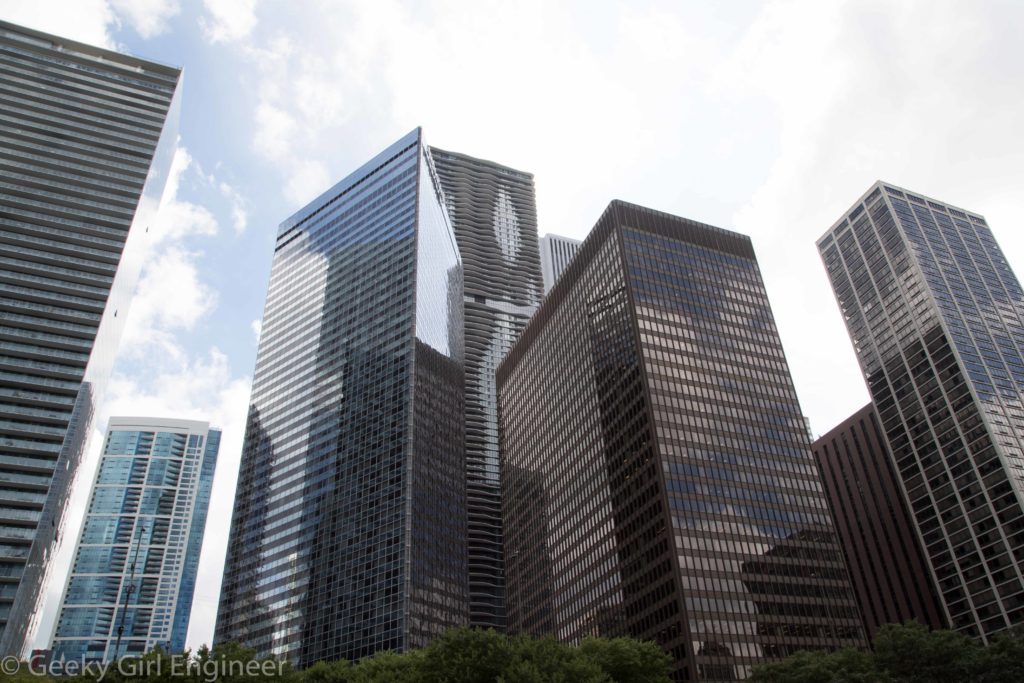
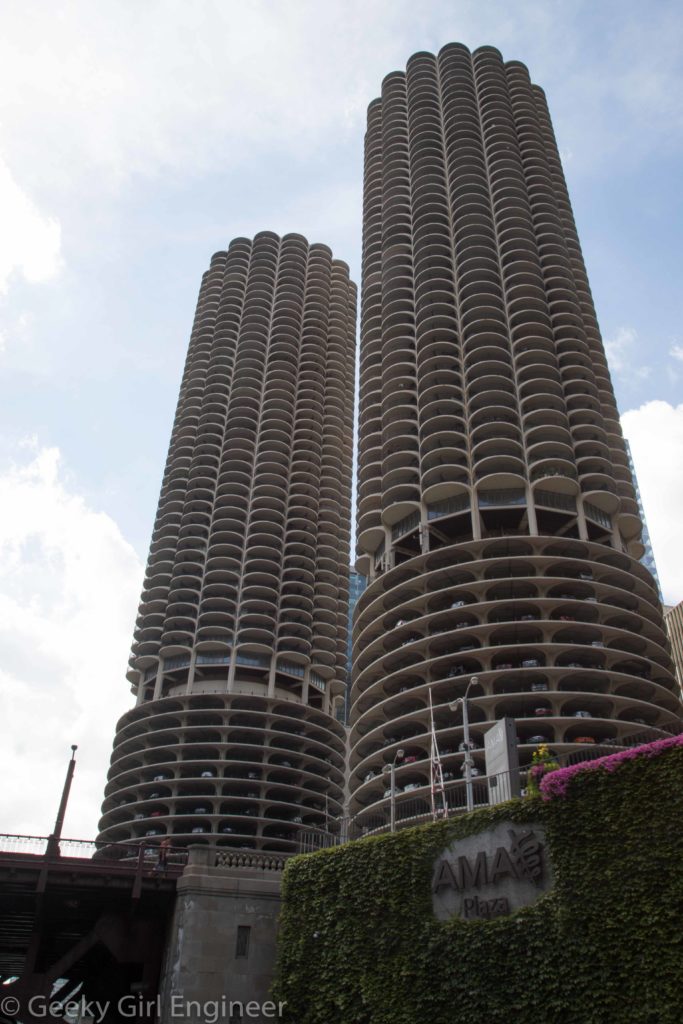
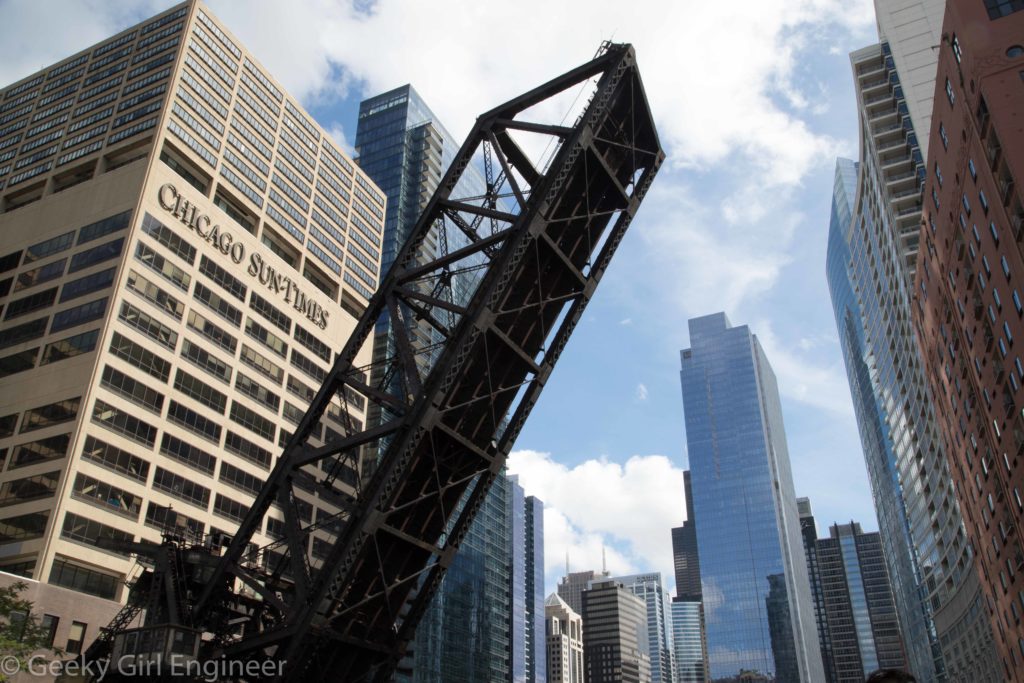
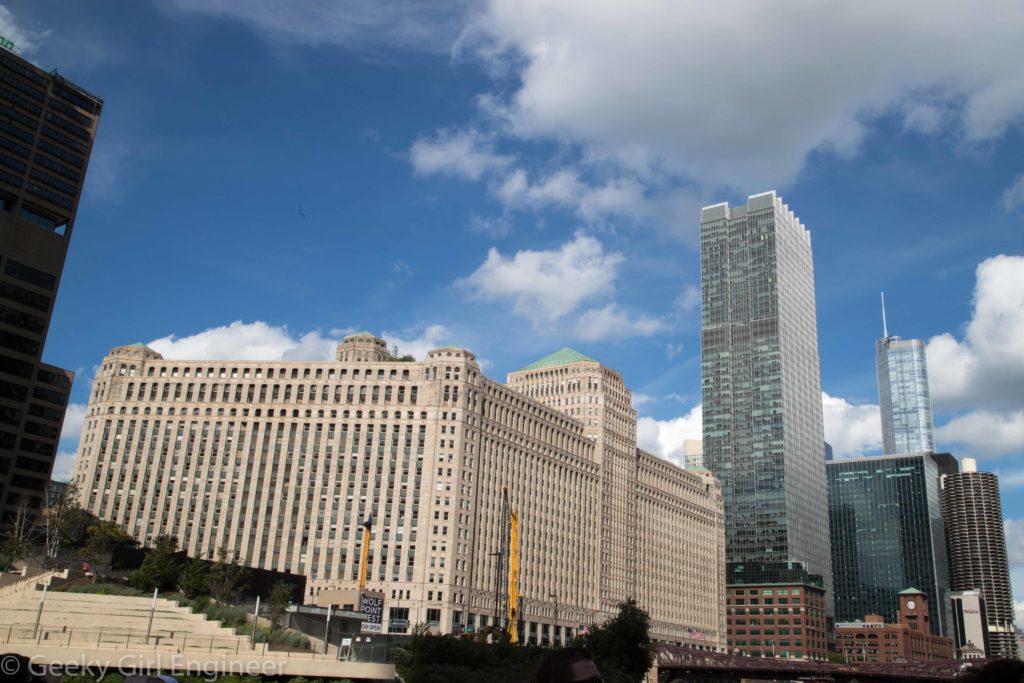
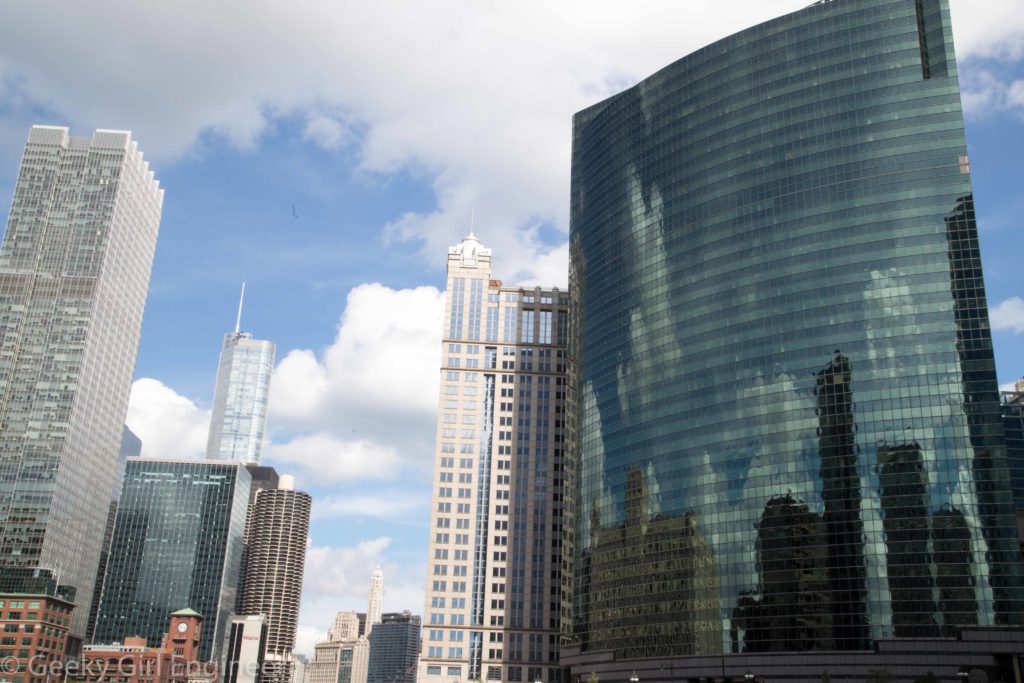
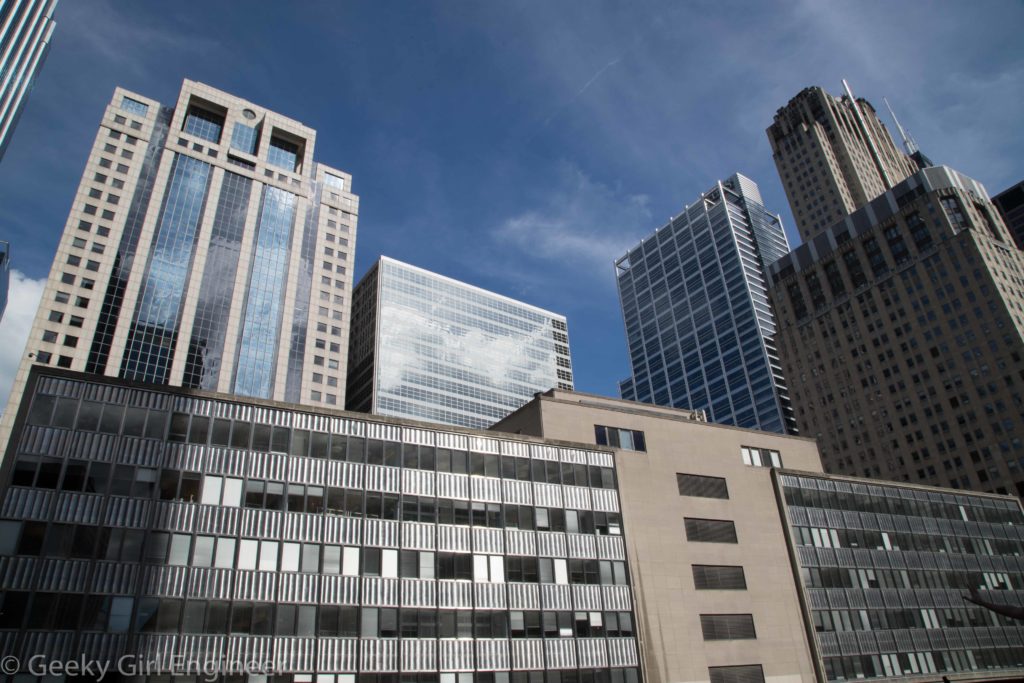
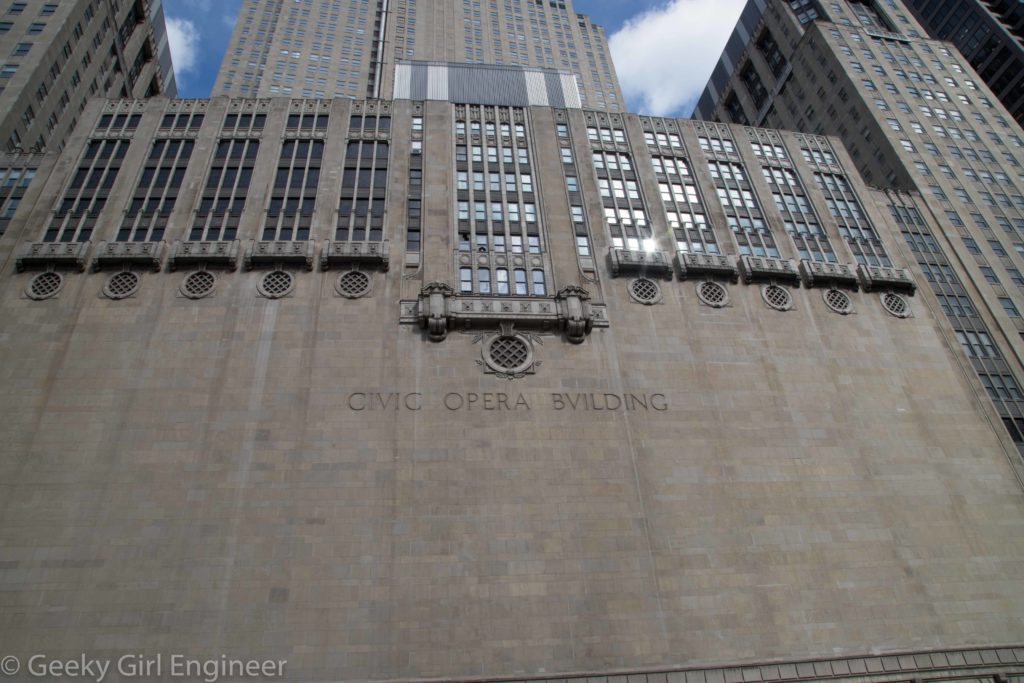
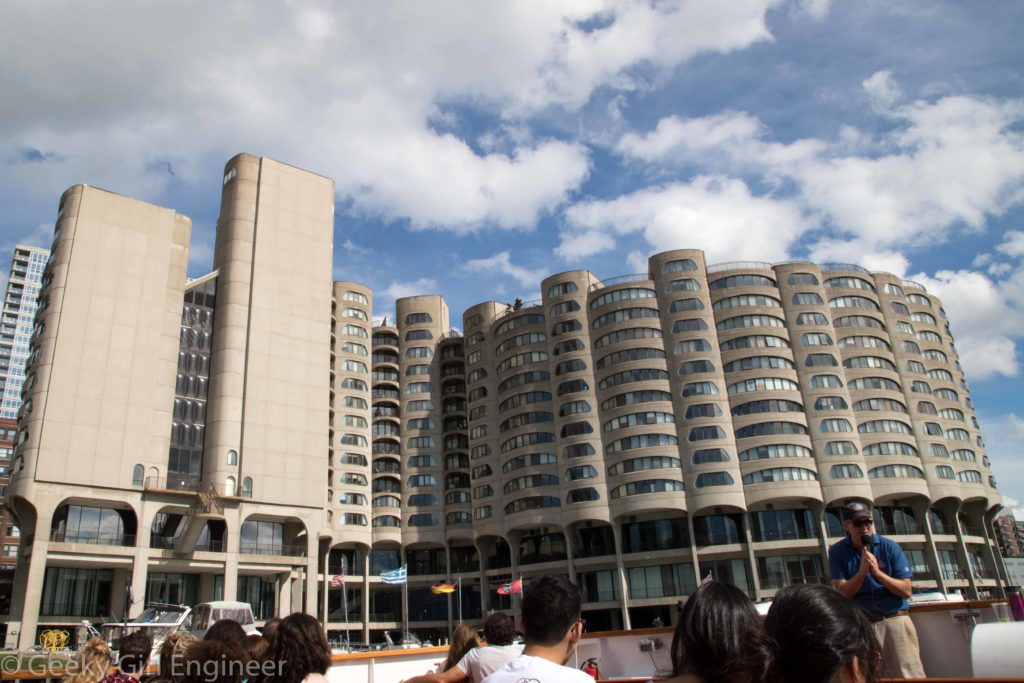
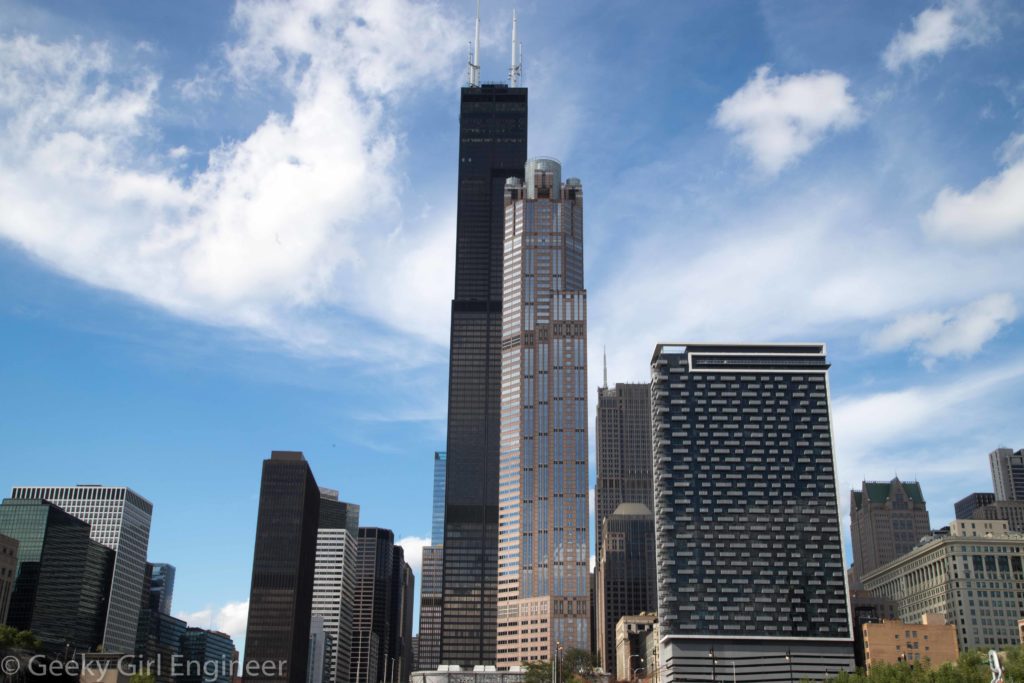
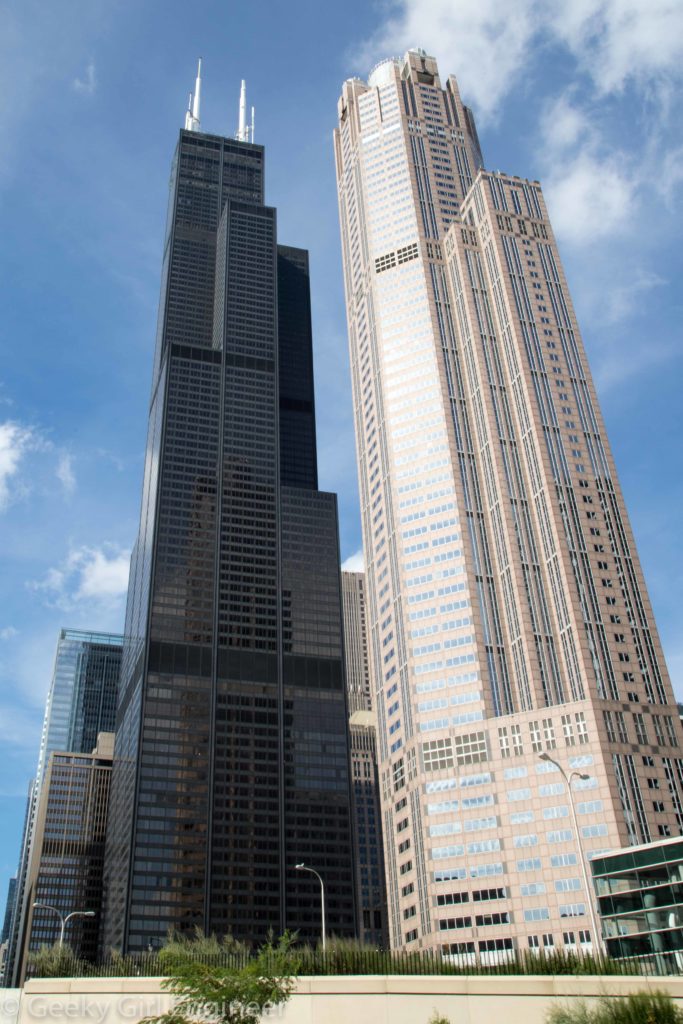
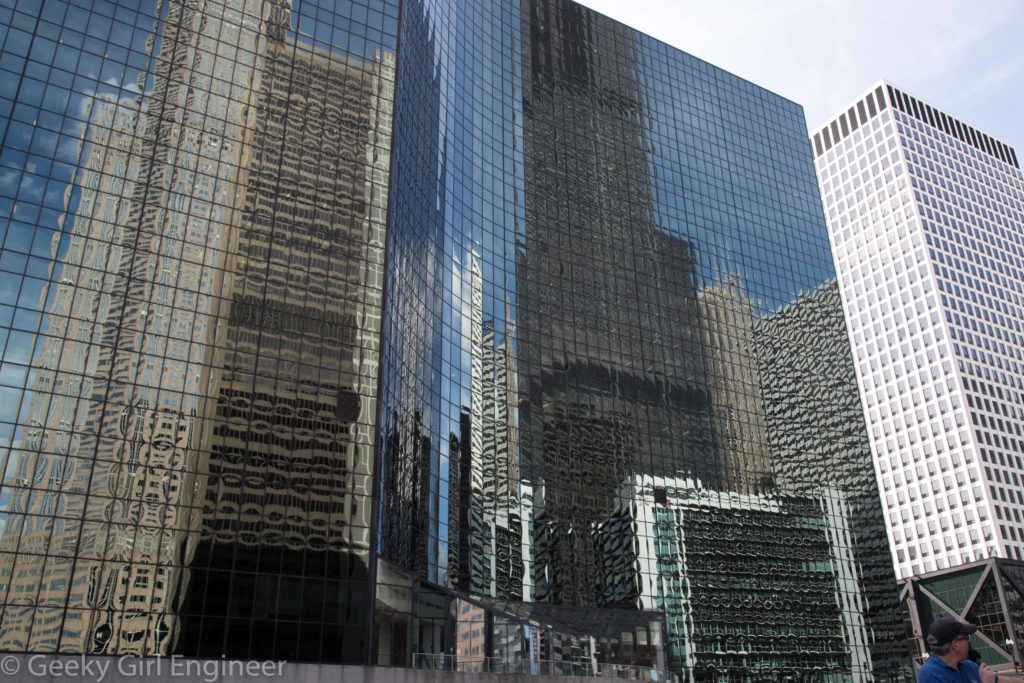
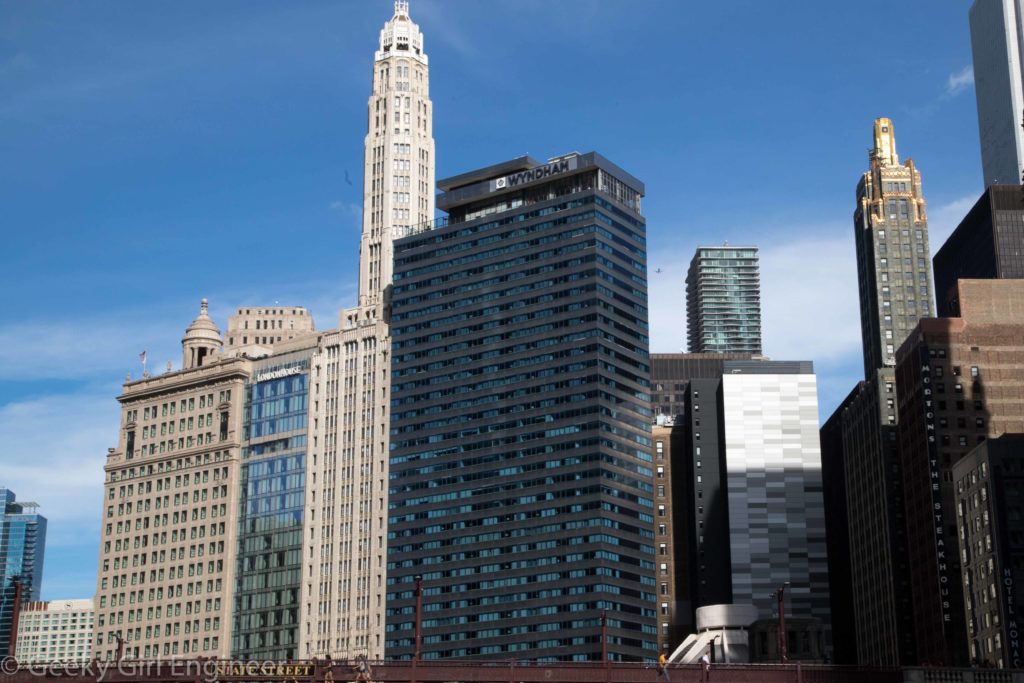
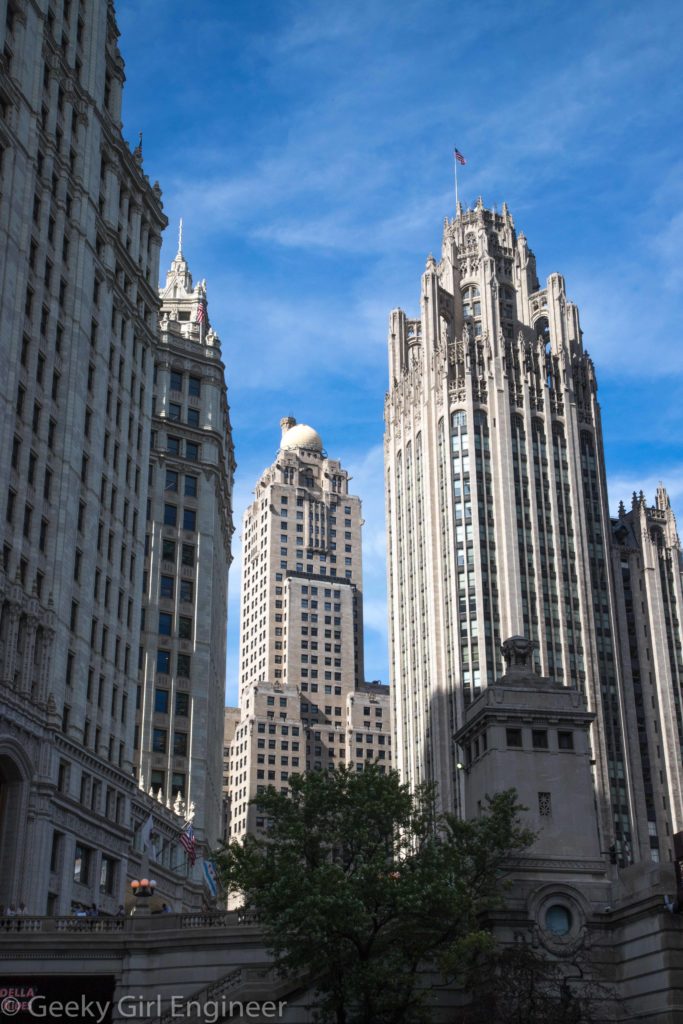
Tag Archives: Engineering
Hive DC
Every year during the summer, the National Building Museum has a summer block party. They have had the Big Maze, the Beach, and last year Icebergs. This year is Hive DC. They used nearly 3,000 wound paper tubes that are normally used for pouring concrete in construction. Unlike at any construction site I have ever seen, these tubes were painted metallic silver on the outside and hot pink on the inside. The tubes were stacked and notched to allow interlocking. In a few places at least, it was evident they needed some reinforcement with screws and nuts and some tension wires for the highest hive. There is a xylophone in a small hive which appears to be made almost exclusively with construction material like tubing, canisters, and pipes. If nothing else, Hive is fantastic to photograph. There were so many cool angles, lines, and perspectives that were just plain fun to photograph.
DSNY Manhattan 1/2/5 Sanitation Garage
A few weeks ago, I got a chance to visit the brand new DSNY Manhattan 1/2/5 Sanitation Garage with Open House New York. The multilevel building houses three different garages, one each for Manhattan districts 1, 2, and 5. Each garage has its own floor, and there is a shared area for vehicle repairs. The building has LEED certification and includes many green features including a wonderful green roof also. Across the street is a salt shed built to resemble salt crystals. Both the garage and salt shed have really nice, innovative architecture.
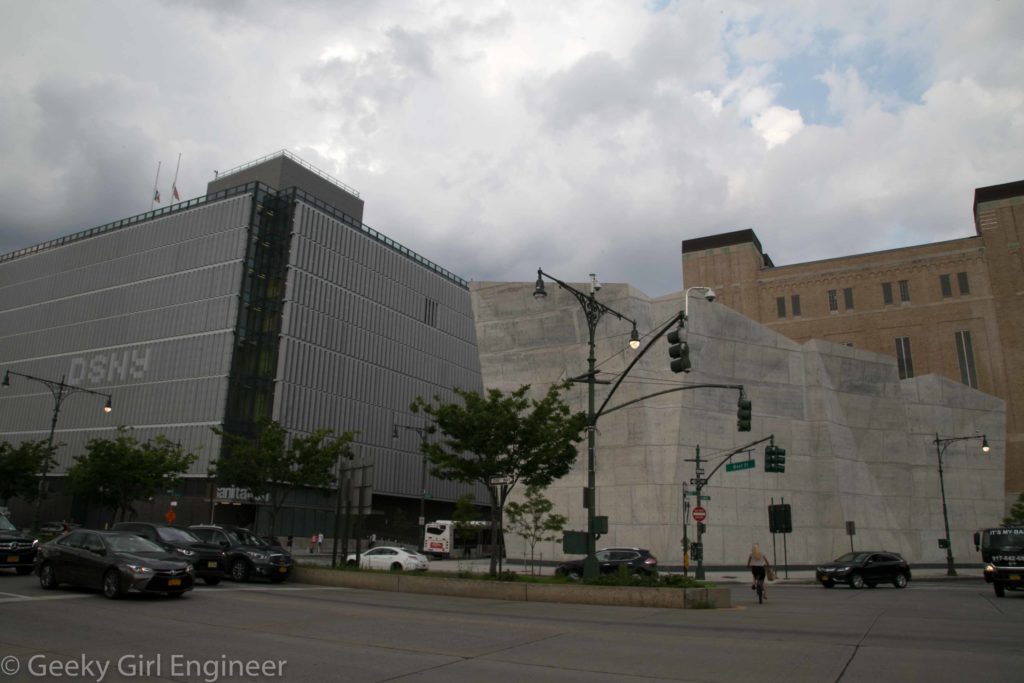
DSNY Manhattan 1/2/5 Garage on left, salt shed on right, with Holland Tunnel ventilation tower in back
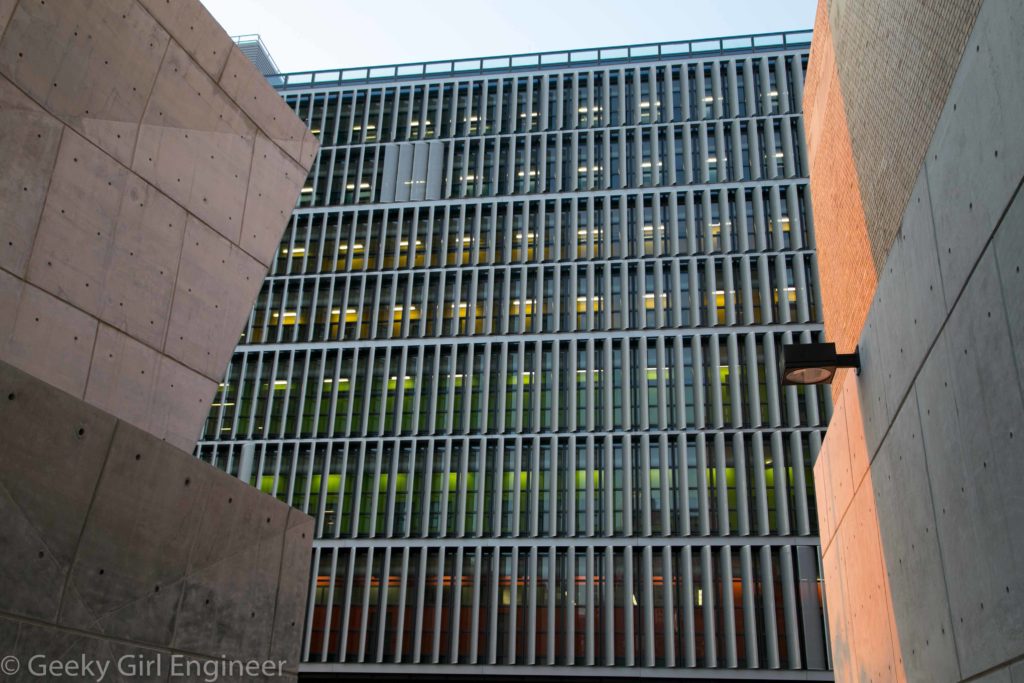
View of garage from salt shed, all floors of garage are different colors to emphasize different garages and functions
DSNY Central Repair Shop
A couple of weeks ago, I got the chance to tour the Department of Sanitation of New York’s Central Repair Shop with Open House New York. The shop is huge. It several stories high and a couple of blocks long. The place is amazing, and DSNY does everything in house. The repair all vehicles there: heavy duty trucks, cars, etc. They have a woodworking shop, metal shop, sheet metal shop, upholstery shop, and all other types of shops, as well as a vehicle emissions testing facility. No, it does not smell of garbage as all vehicles are cleaned before going to the shop.
There were vehicles of all sort there. DSNY has a wide variety of garbage collection and transport vehicles. This no doubt makes it more difficult to repair as the workers have to know how to repair a multitude of different vehicles. They also repair pickup trucks, cars, and as far as I could tell, anything with wheels. I can’t say if they repair bicycles though. It won’t shock me if they did.
The shop also appears to be where they store most if not all, of their heavy equipment, such as equipment like snow shovels only used in winter.
I don’t know what the transport vehicle below transport, but I assume garbage. I have never seen one up close, and I liked how it has a built in conveyor belt to allow for removal of its contents easily. This is one of the reason I assume this is for garbage as opposed to sand for road. The sand would get caught in between the slats of the conveyor belt.
In some areas of the shop, there are similar parts sitting around. I presume some are waiting repair and others have been repaired. Most are tagged. I couldn’t identify half of them, but they were all cool looking.
In one of the metal shops was this very cool, high tech, precise machine with very cool bits.
One surprising area that the shop had was a place after my heart, an emissions testing facility. When I was there, they had a MTA bus in the testing area. MTA pays them to test some of their vehicles, but DSNY does not test private vehicles. The testing facility had a huge roller that allows testing of their large, heavy vehicles in real life conditions. There something about the contrast of this very high tech testing facility in the middle of a building that in some areas has some rather low tech repair areas that I found amusing and surprising.
Duquesne Incline
This is the Duquesne Incline in Pittsburgh. It is considered part of the public transportation system of Pittsburgh.
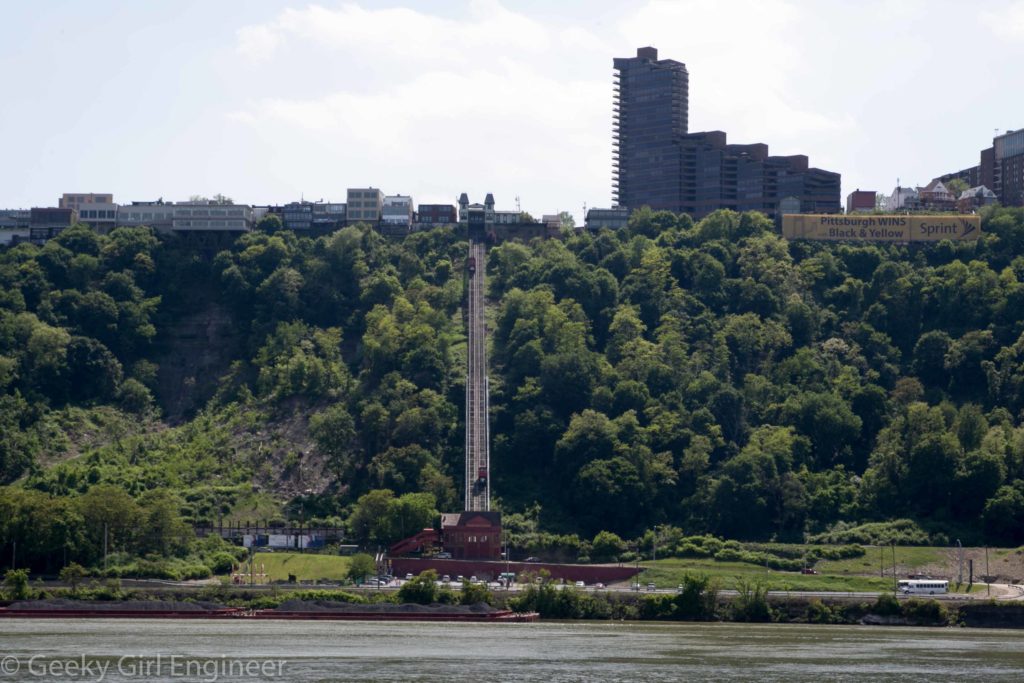 It is also a wonderful place to view Pittsburgh, especially downtown, and many of its bridges. If you are ever in Pittsburgh, go there. The ride is fun, and the view from the viewing platform at the top is amazing. As a side note, Pittsburgh has a lot of bridges, and they are all lovely.
It is also a wonderful place to view Pittsburgh, especially downtown, and many of its bridges. If you are ever in Pittsburgh, go there. The ride is fun, and the view from the viewing platform at the top is amazing. As a side note, Pittsburgh has a lot of bridges, and they are all lovely.
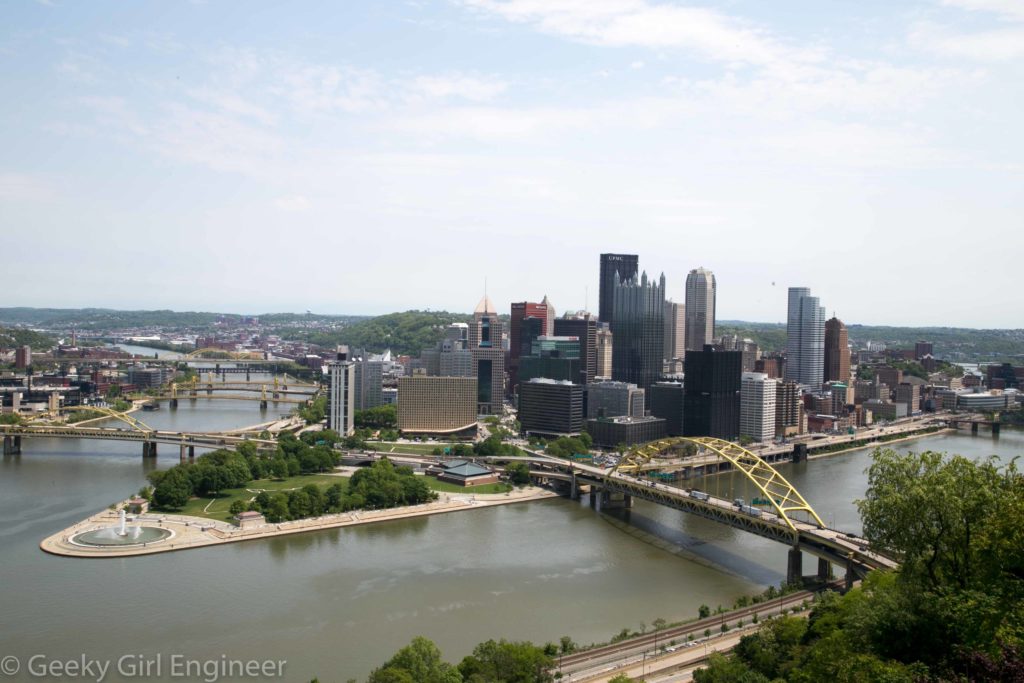
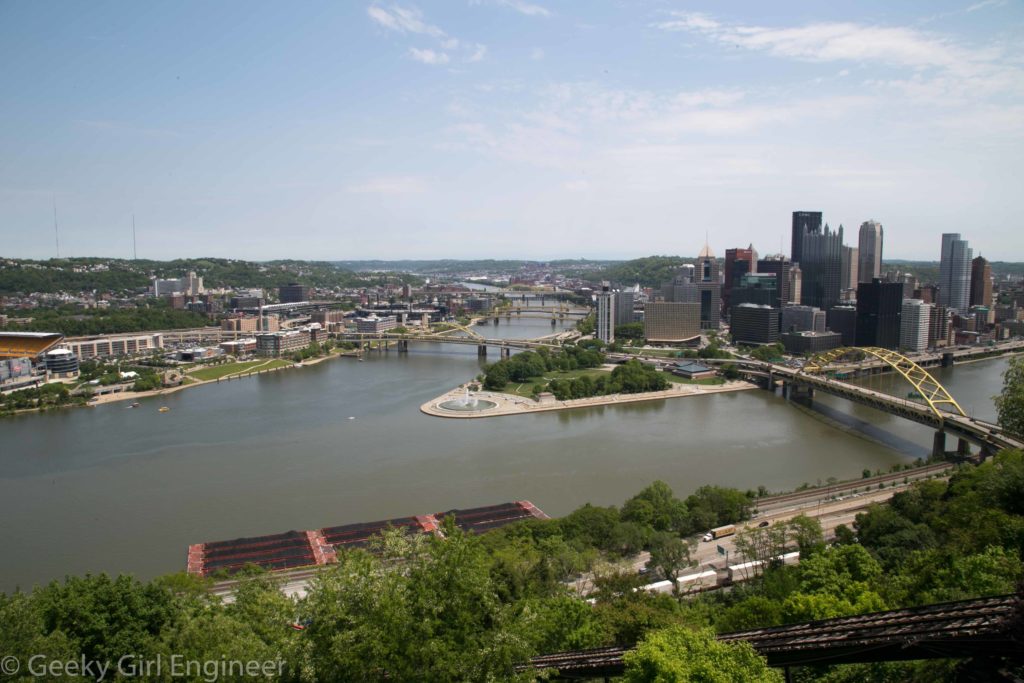
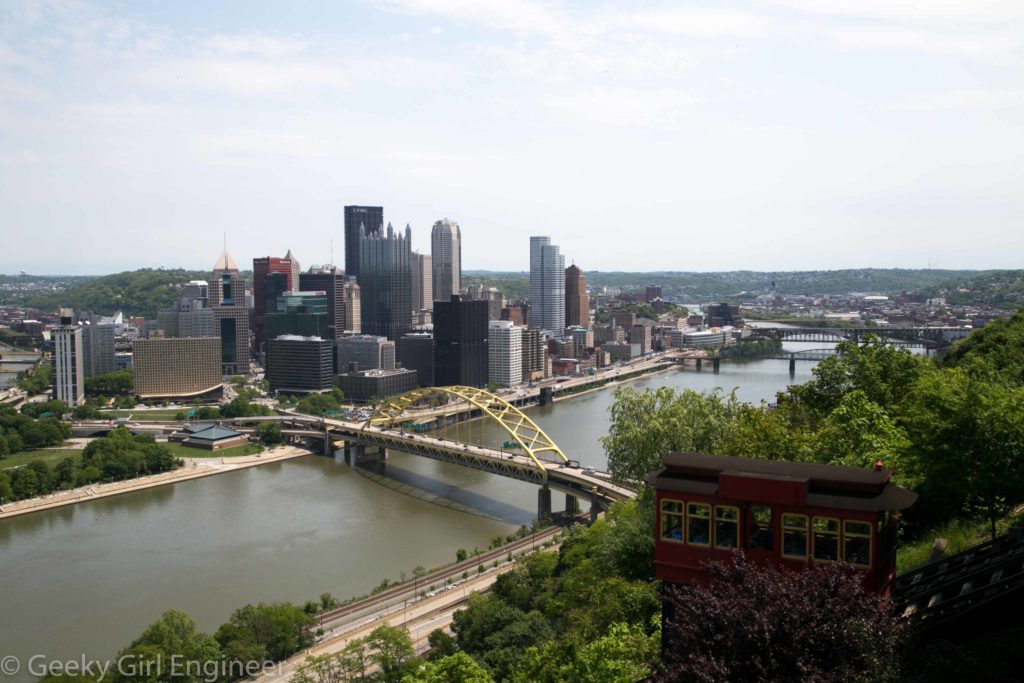
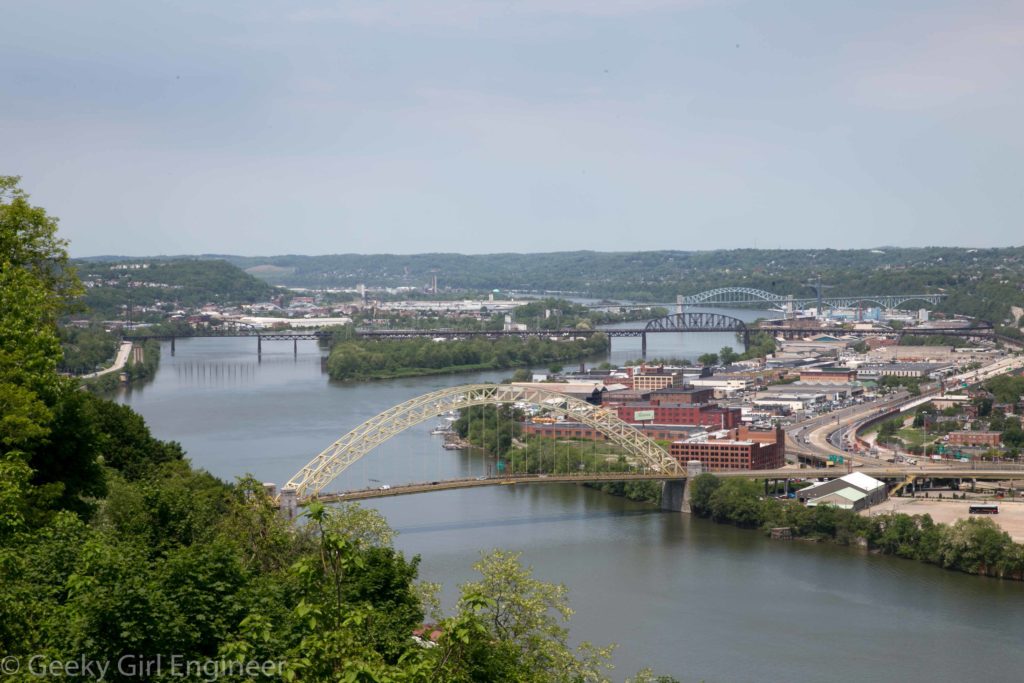
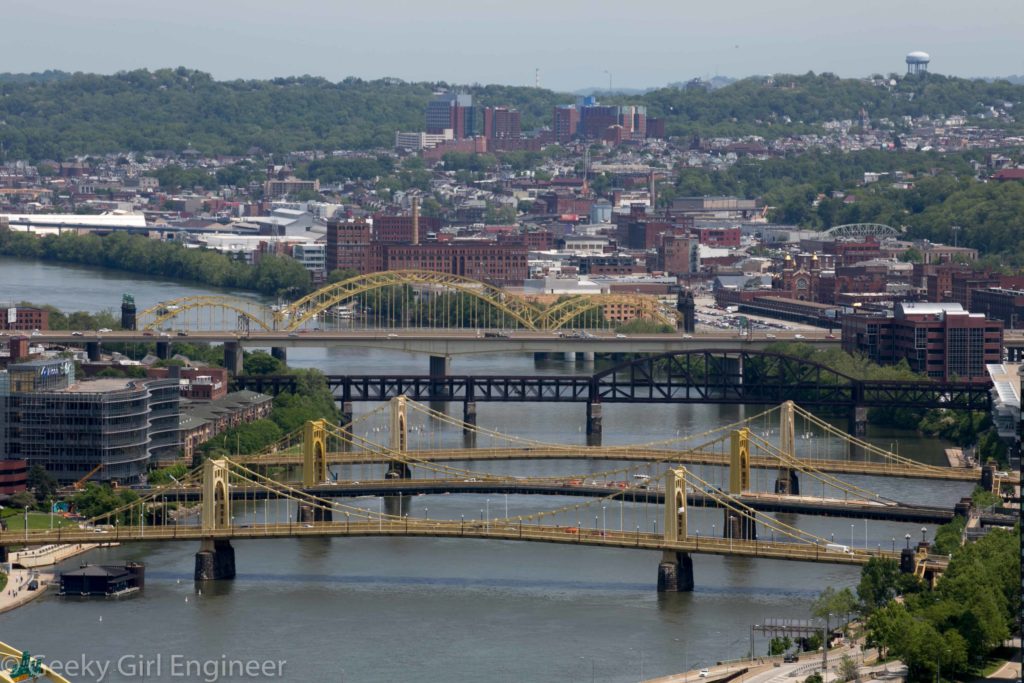
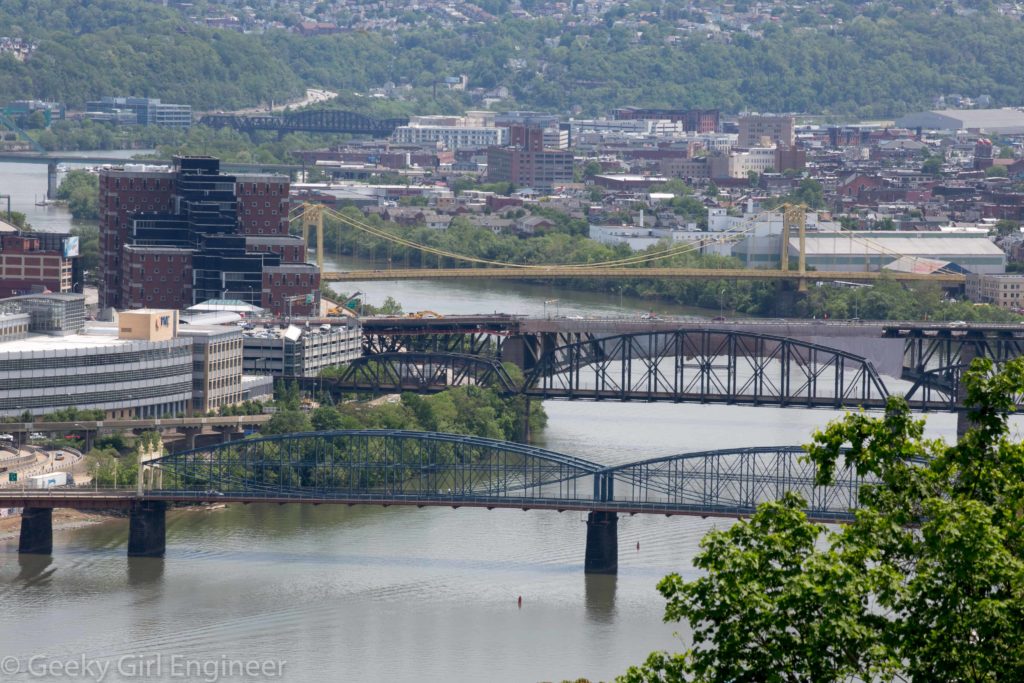
Leonard P. Zakim Bunker Hill Bridge
I have this thing for bridges. I love them. However, I have a particular thing for cable-stayed bridges. They are my favorite. I love the simplicity of them. They are modern, sleek, functional, graceful, and gorgeous, all at the same time. Boston has a cable-stayed bridge right next to downtown, the Leonard P. Zakim Bunker Hill Bridge, by which I-93 crosses the Charles River. So naturally, while in Boston, I took a lot of photos of this bridge. Here are just a few.
Boston’s Transit Museum
I’m in Boston, and my friend Kristen, who lives here now, tells me there is something I have to see. Kristen knows me really well. She knows I am a member of the New York Transit Museum and a transit nerd. She says I have to visit Boston’s Transit Museum. Boston has a transit museum? No, but they seem to have unofficially made a tiny but not really accessible one that can be visited for the cost of a T ride. Go to the Boylston Station on the inbound side tracks, and that is the Boston “Transit Museum.” How permanent the exhibit is, I have no idea, but there are two old streetcars parked there. They are behind a huge fence, so it is difficult to get photos, but they are kind of cool to see.
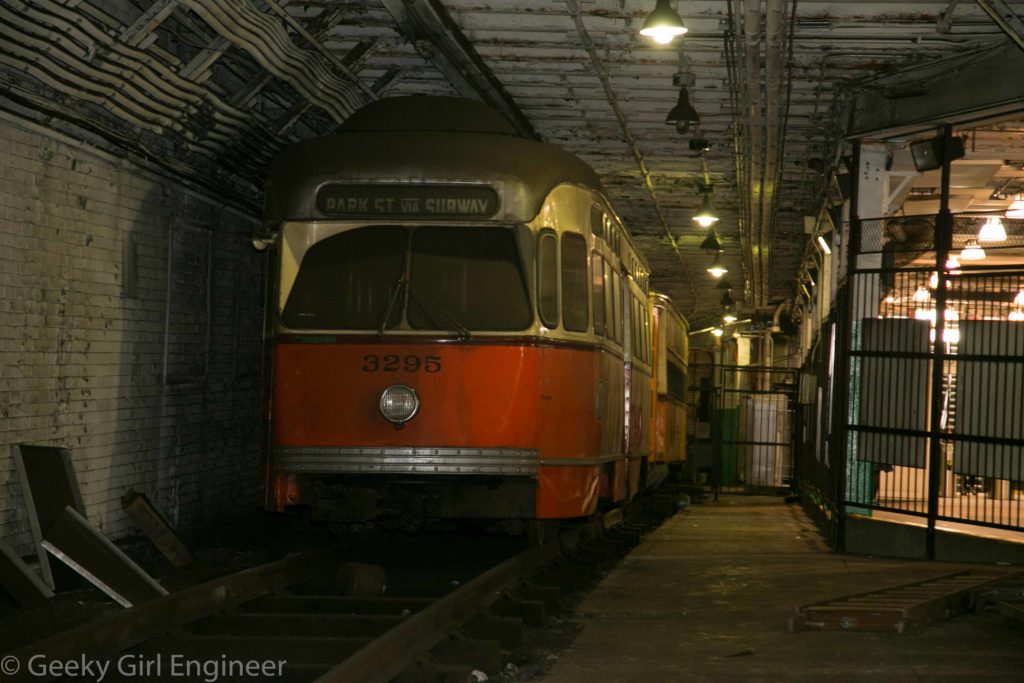
PCC Car No. 3295, according to display, this car was received in 1951 and was of the last PCC cards built by Pullman-Standard Company
MTA Substation #13
I got to the MTA’s Substation #13 through the New York Transit Museum recently. The substation converts high voltage AC electricity from the grid and converts it to a lower voltage DC electricity that is used to operate subway trains via the third rail. The substation was originally built in 1904, and it fits into the category of “they don’t build them the way they used to.” The outside looks like a nice neighborhood building, and it has architectural aspects that I really wouldn’t expect from a substation. For example, an interior staircase has lovely decorative balusters.
Inside the substation are large rotary converters, specifically Westinghouse 1,500 kilowatt Rotary Converters. The rotary converters are what used to transform the AC electricity to DC electricity. Now modern solid state rectifiers are used to transform the electricity, and they are much more compact. The old rotary converters were used until 1999, when this substation was switched to the new equipment.
Our guide was retired general superintendent Robert Lobenstein, who showed us around. He also showed us how workers used to have to do normal work, like changing switches and listening for crackling to make sure a wire was not live.
We got to go into the basement which had all sorts of old equipment.
We even got to go into a vault under the street where cables left the substation to go to the subway. The vault can be accessed through a door in the basement or through a manhole in the street. Normally this type of vault could only be accessed through a manhole. The cables go through conduits that are buried under the street. The cables are tagged, but it still looks like it would be difficult to find the right one if needed.
Back inside the basement, some of the equipment was still being used, but some was no longer needed, like some massive cables that were cut.
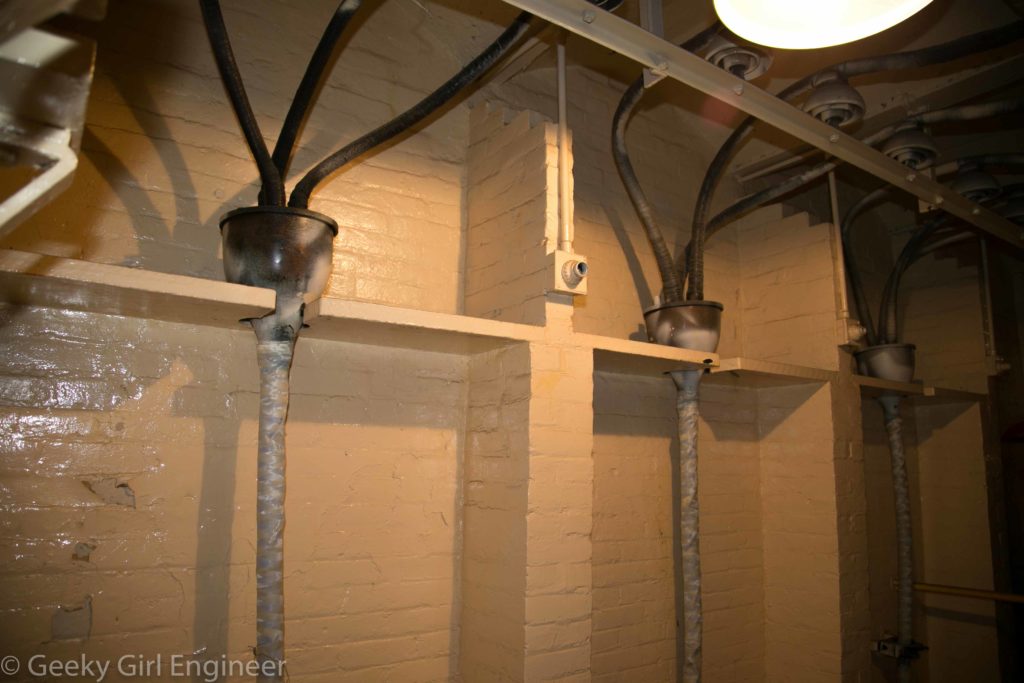
Cables come in from the ground from the grid and are then split before going upstairs to the transformation equipment.
We then went upstairs were the new equipment was, including the solid state rectifiers and the biggest breakers I have ever seen. The breakers are in the circuit with the third rail. They detect surges in the third rail and cut off power before a fire or some other damage can occur. There is a lot of redundancy with the circuit breakers. Our guide turned one off, so we could hear how loud it is, but because of redundancy, it had no effect on the subway.
The solid state rectifiers are very different in appearance, at least, from the rotary converters. [I understood very little about this.] What amazed me during the tour, was when I finally understood I was actually staring at the third rail. The long copper plates in the photos are the third rail, which leave the substation and go to the subway. The positive rail is the equivalent of the black or red wire in a house’s wiring. The negative is the equivalent of the white wire in a house’s wiring.
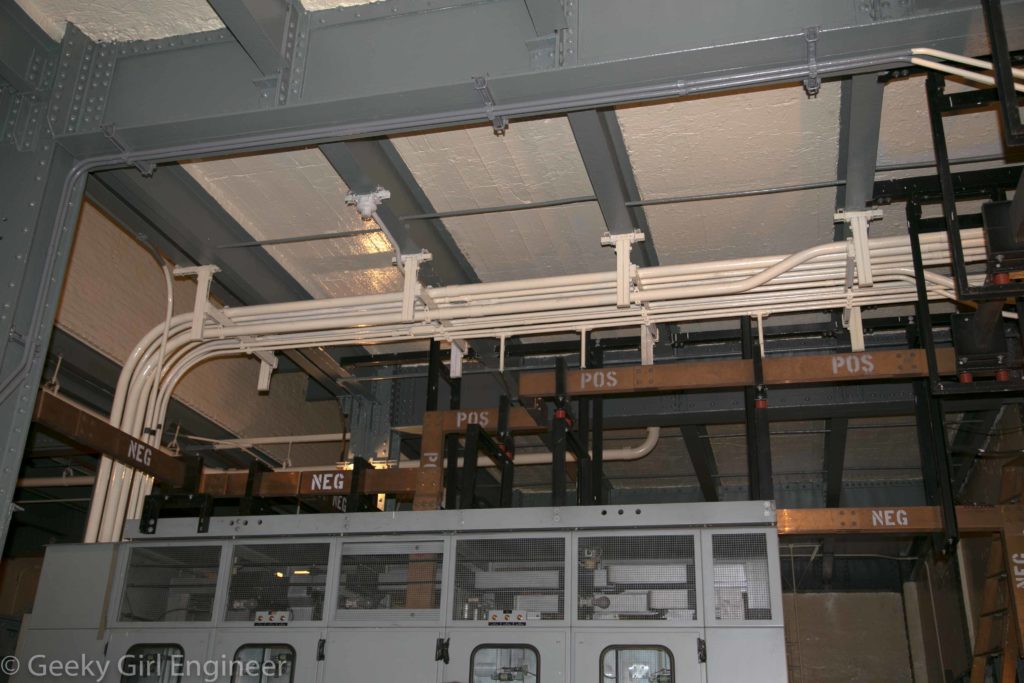
Third rail leaves the rectifiers. The positive rail “POS” goes to the subway. The negative rail “NEG” goes to a central location to complete the circuit.
Also upstairs was this amazing old series of electrical switches, dials, and gauges. None of this stuff is used anymore, but it really cool looking. I liked how everything was tagged out, never to have the tags removed again and be turned on again.
Finally at the end of the tour, they turned on the rotary converter for us. Below is a video if you want to see it in action. It is almost hypnotic. During a portion of the video, you will see five lightbulbs on a wooden board sitting on the floor. They are being powered by the converter. After it is turned off and slowly slows down, the lights dim and then turn off.
Lowline Lab
Many people are familiar with New York City’s Highline, which has become a really popular spot with tourists and residents. It it is really cool, and beautiful all year round, in the dead of winter and in bloom. Because of the Highline’s success, some people came up with the idea of the Lowline. The Lowline would make use of of the abandoned Williamsburg Bridge trolley terminal under Delancey Street, which is right next to the Essex Street subway station. However, the somewhat radical idea for the Lowline is that it would make use of sunlight to light the space, which is completely underground. To help design and work out issues with this idea, the Lowline Lab was created. It is now closed, but luckily about a month ago I got to tour it.
I encourage your to click the hyperlink to my photos of the Williamsburg Bridge trolley terminal under Delancey Street because in order to comprehend the challenge of this project, you really need to see the space as it is now.
Rain: Madgalena Fernández at the Houston Cistern
After touring the Houston Cistern, we took another tour of it with an art installation completely encompassing it. Rain: Madgalena Fernández at the Houston Cistern is a video installation with the video projected from all sides onto and into the cistern while sound plays. I don’t think I can fully explain it other than to say it is really, really cool, and you can read more about it here. The sound sounds likes rain, but it is completely human made sound. The video starts off looking a little like rain falling then becomes something that looks like how Hollywood loves to portray cyberspace. It is incredibly neat to watch, and I love the way takes over the space. 